Introduction
More than a century after the death of one of the most translated novelists in the world, it is now possible to establish a history of Vernian studies, not only in French-speaking countries, but also for the entire world. Few writers have been, like Jules Verne, a constant international celebrity, and few have generated a flood of byproducts using his name, his works and his fictional heroes. For example, Nina Ricci, IBM, Nestlé, Toshiba, Vélosolex, Waterman, Capital One credit cards and many other corporations have used the myths and archetypes associated with Verne's name and his works to sell their products and services [1].
Partly because of these commercial products and the many children’s editions of his novels (abridged and mutilated as they were), in both French-speaking and English-speaking countries, Jules Verne continued to be read and his name had not disappeared into a cultural oblivion. Internationally, Verne was and is translated into at least 95 different languages [2] and his readership covers the planet (Figure 1). But it’s really only during the last fifty years that serious scholarly research has been devoted to the author of Extraordinary Voyages and that many discoveries (sometimes both surprising and unexpected) have been made.

Figure 1. Translations of Verne's novels in various languages, like Chinese, German, English, Spanish, Swedish, Japanese, Portuguese, Russian, and Dutch
From the outset, let's define the expression “Vernian studiesˮ, which is also the subtitle of Verniana. The description of Verniana (www.verniana.org/about.html) says: “Verniana publishes original scholarly essays and reviews pertaining to the works and influence of French author Jules Verne (1828–1905).” Verniana provides a publishing venue for research about the sources Verne used, how he wrote, how his life was lived, how he was published and translated, how his “scientific novels” became recognized as mainstream literature as well as literary precursors to the genre of “science fiction,” how recent discoveries about Verne have created new research possibilities about his life and works—all these aspects of Verne’s legacy are part of the “History of Vernian Studies”.
During Verne's Lifetime — Creating the Myth
Even during his lifetime, Jules Verne was recognized as a talented writer by geographers and writers such as Vivien de Saint Martin (Figure 2) and Gaston de Saint-Valry [3].
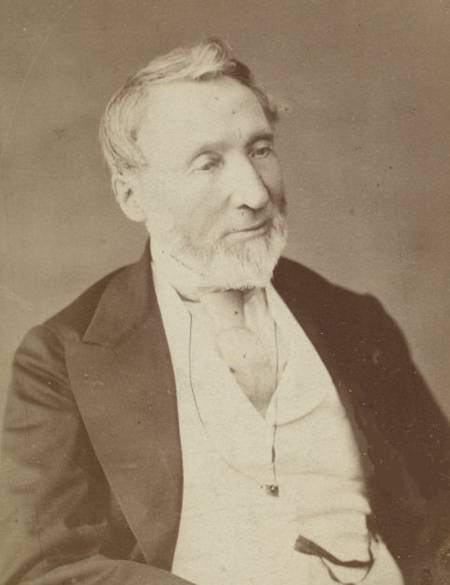
Figure 2. Louis Vivien de Saint-Martin (1802-1897)
Vivien de Saint-Martin, fellow member along with Verne of the Société de Géographie de Paris, was the editor of L'Année géographique (1863-1876), published yearly by Hachette, in which he wrote five reviews of Verne's novels, emphasizing the educational side of these stories. In particular, Saint-Martin noted how
Il est bien difficile que la science et la fiction se trouvent en contact sans alourdir l'une et abaisser l'autre ; ici elles se font valoir par une heureuse alliance.
It is very difficult to mix science and fiction without weighing down one or watering down the other: here they complement each other in perfect harmony (1865, 271). [4]
Saint-Martin was mentioned twice by Paganel in Les Enfants du capitaine Grant (The Children of Captain Grant, or In Search of the Castaways) (Figure 3). [5]
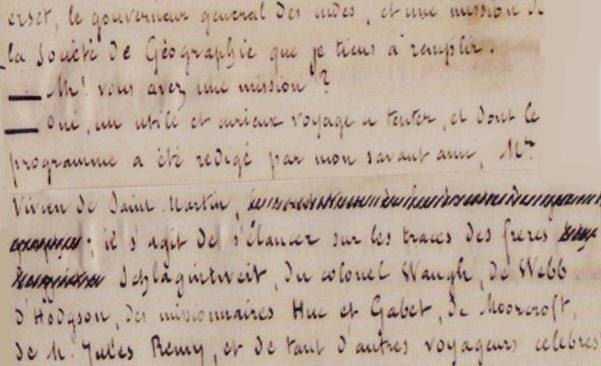 |
 |
| Pages 45-46 | Page 48 |
Figure 3. Manuscript of Les Enfants du capitaine Grant, volume 1, with the name of Vivien de Saint-Martin in the text
Gaston de Saint-Valry is the first critic to recognize Verne as a literary writer, long before becoming known as a children's author and/or a technological prophet. A contemporary of Jules Verne and editor of the newspaper La Patrie (The Homeland), Saint-Valry underscored the wondrous and fantastic aspects of Verne's novels. His text seems at times surprisingly modern [6]:
Je tente de me rendre compte des principes générateurs de l'originale et poétique création de M. Jules Verne, et je ne crois pas me tromper en indiquant comme le plus essentiel le contraste de ce besoin de merveilleux, toujours latent dans le coeur humain, avec les excessives prétentions scientifiques et positives du temps actuel. II est visible que ce contraste I'a profondément ému. Si j'avais à parler d'œuvres moins connues, moins populaires dans la meilleure acception du mot, j'aurais l'obligation d'insister sur la variété admirable, sur les ressources étonnantes, sur l'étendue d'information et de savoir qui caractérisent cette création romanesque.
A mon avis, depuis Balzac, notre littérature imaginative n'a rien produit de plus original et de plus attachant. M. Jules Verne a imaginé, en effet, des ressorts, des passions et un genre d'intérêt auquel personne n'avait songé; mais il a fait plus, et ceci est la marque du véritable artiste et du créateur: il a donné la vie à des personnages dont la physionomie ne s'oublie plus, qui ont conquis leur place dans cette population idéale créée par l'esprit humain, et au milieu de laquelle l'imagination et la mémoire se promènent avec plus de certitude que parmi le catalogue des personnages réels et historiques. Ne voyez-vous pas vivre le docteur Lidenbrock, du Voyage au centre de la Terre; le fantastique docteur Ox, Phileas Fogg, du Tour du Monde; Michel Ardent [sic !], de la Terre à la Lune; l'ingénieur Cyrus Smith, le colonisateur de L'Ile mystérieuse, le dernier venu de cette amusante encyclopédie ? Enfin, par-dessus tous les autres, ne vous êtes-vous pas attaché à l'énigmatique capitaine Nemo, le patron du Nautilus, un Lara sous-marin ?
I am trying to understand the generalizing principles of the original and poetic creations of Jules Verne, and I think I'm not mistaken in pointing out as the most essential contrast between the need of wonder, always latent in the human heart, and the excessive scientific and Positivist claims of the present time. It is visible that this contrast has deeply moved him. If I had to talk about lesser known works, less popular in the best sense of the word, I would be obliged to insist on their wonderful variety, on their amazing resources, on the extent of information and knowledge that characterize Verne's fictional creation.
In my opinion, since Balzac, our imaginative literature has produced nothing more original and endearing. Jules Verne has imagined storylines, passions and a kind of reader interest nobody anticipated before him; but he has done more, and this is the mark of a true artist and craftsman: he has given life to characters whose countenances cannot be forgotten, who have conquered their place in this ideal fictional population created by the human mind and in the midst of which the imagination and memory walk with greater certainty then among the catalog of real and historical figures. Do you see them almost coming to life? Doctor Lidenbrock in Journey to the Center of the Earth; the fantastic Doctor Ox; Phileas Fogg in Around the World; Michel Ardent [sic] from the Earth to the Moon; engineer Cyrus Smith, the colonizer of The Mysterious Island, the latest addition to this entertaining encyclopedia? Finally, above all others, are you not intrigued by the enigmatic Captain Nemo, the captain of the Nautilus, a submarine Lara [7]?
Viewed by the public as a prophet foretelling the future and famous for his fantastic machines, Verne was considered a writer for children already during his lifetime. The youth edition Bibliothèque des succès scolaires (Library of School Successes), published by Hetzel included most of Verne's novels, in the same format as the well-known illustrated in-octavo editions but with a diffrent title page and the binding (Figure 4). Hetzel also sometimes bound the illustrated Verne editions with covers identifying them as official awards for meritorious students of certain French and Belgian schools (Figure 5). This practice helped to reinforce Jules Verne's reputation as a writer for children. Reading the ads and reviews (very often promoted by Hetzel) of the newspapers during Verne's lifetime, it's obvious that Verne, since the beginning, was considered primarily an author for the young and their families.
 |
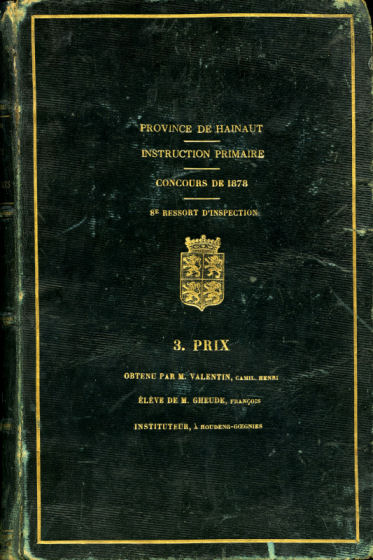 |
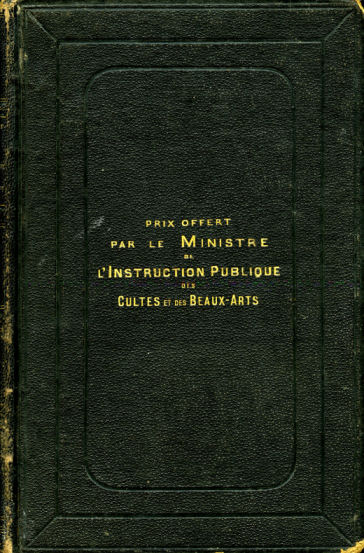 |
| Figure 4. Travel Scholarships in the Bibliothèque des succès scolaires | Figure 5. Two bindings as « Livre de prix » (“Price Book”) | |
During the second part of the 19th and the beginning of the 20th century, it was common practice in France to publish anthologies of short biographies of famous people. Titles like Célébrités contemporaines (Contemporary Celebrities) or Profils intimes (Intimate Profiles) were numerous [8]. The focus of all these biographies was usually on the individuals private lives. Only one can be remembered as looking at Jules Verne as a writer. Georges Bastard wrote the first French biography of the author published after Verne's death, serialized in two issues of a Brittany journal, compiling a text already published as a booklet in 1883 [9]. Dictionaries published during Verne's lifetime also carried articles about him (Lermina, Vapereau) [10]. Pierre Larousse (1817-1875) mentioned Verne in three entries of his Le Grand dictionnaire universel du XIXe siècle Larousse, one to Verne's short piece « Les Méridiens et le calendrier », another to the theater adaptation of his novel Le Tour du monde en 80 jours, and the third one to Verne himself [11].
Another journalist who discovered Verne's literary qualities was Marius Topin (1838-1895) who wrote in 1875 [12]:
Voici maintenant le roman scientifique, car, bien que ces deux mots, roman, science, hurlent d'effroi de se voir accouplés, il est impossible de ne pas les associer l’un à l'autre pour caractériser le genre dont M. Jules Verne est l'incontestable inventeur. (375)
And now we come to the scientific novel, although these two words, novel and science, are horrified at being put side-by-side. It's impossible not to connect them together when caracterizing the genre of which M. Jules Verne is unquestionably the inventor.
Three years later, a Dutch writer, Jan Alle Bientjes (1848-1931) compared Verne with Walter Scott and described how he had created a new literary genre [13].
During Verne's later years, several journalists and news reporters interviewed him, usually asking him about his work, his favorite authors, and the method he used to write his stories. Among the most interesting interviews are those conducted by Robert Sherard (who traveled four times to Amiens, once introducing Nellie Bly to Jules Verne) and by Marie Belloc [14]. Today, such interviews are representing a challenge to Vernian scholars, for two main reasons: when the inteviewer reports what Verne said, it's always second-hand information (in contrast to letters, for example, which were written by Verne himself), and sometimes it's difficult to know if an interview is not an adaptation or a plagiarism of another interview published earlier.
One of the first fans and scholars of Jules Verne was an Italian student in his twenties who exchanged letters with the novelist. Mario Turiello (1876-1965) wrote more than 30 letters to Jules Verne between 1894 and 1904. Jules Verne, well educated and always polite, answered all of them. Turiello published 33 of Verne's letters in the Bulletin de la Société Jules Verne in 1936 and in two books dedicated to him [15]. Turiello's review and study of Le Sphinx des glaces (The Sphinx of the Ice) is the first monograph dedicated exclusively to one Vernian novel (Figure 6)
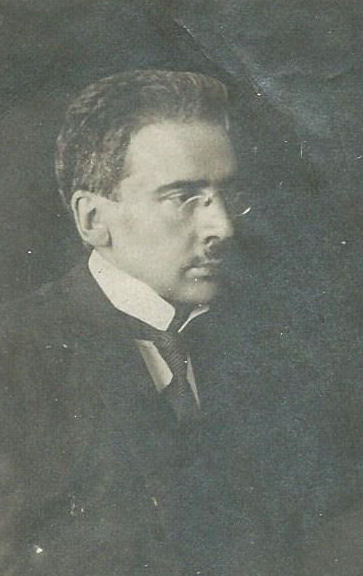 |
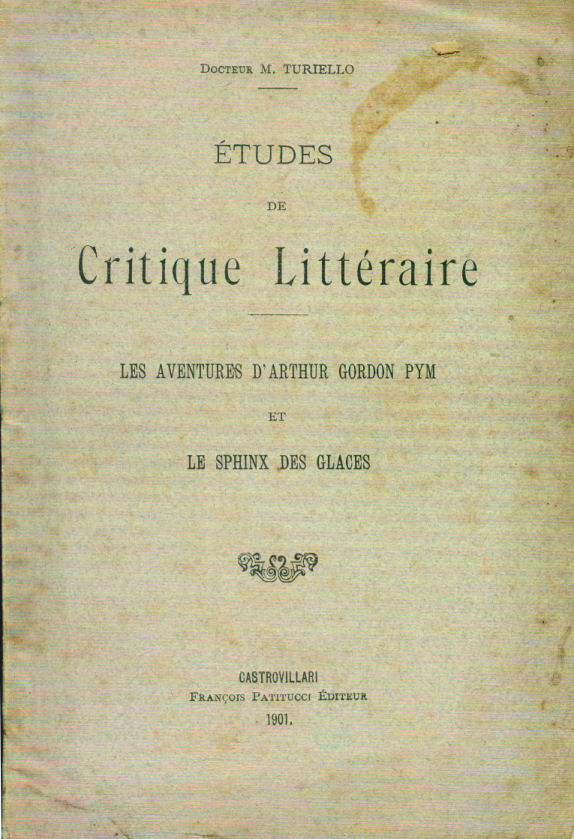 |
| Figure 6. Mario Turiello (coll. Burgaud) and his study of Le Sphinx des glaces (coll. Dehs) | |
Later, in 1968, three years after Turiello's death, Piero Gondolo della Riva found and bought the letters Jules Verne wrote to his Italian correspondent. They are not identical to the ones published by Turiello 32 years earlier, and Gondolo della Riva published the authentic letters (this time they were 37) in the literary monthly magazine Europe [16]. Verne had no illusions about the quality of translations of his novels. In a late 1897 letter, he wrote to Mario Turiello, saying:
Je ne suis point surpris que les traductions dont vous me parlez soient mauvaises. Cela n'est pas spécial à l'Italie, et en d'autres pays elles ne valent guère mieux, mais nous n'y pouvons rien — absolument rien.
I am not surprised that the translations you've been speaking to me about are bad. This is not particular to Italy and, in other countries they are not much better, but we can do nothing about it—absolutely nothing.
As an echo and confirmation of Jules Verne's words, the satirical journal Puck [17] published in 1886 a cartoon of The Pirate Publisher, illustrating the loophole due to the lack of a copyright law and the authors who suffered most from it (Figure 7).
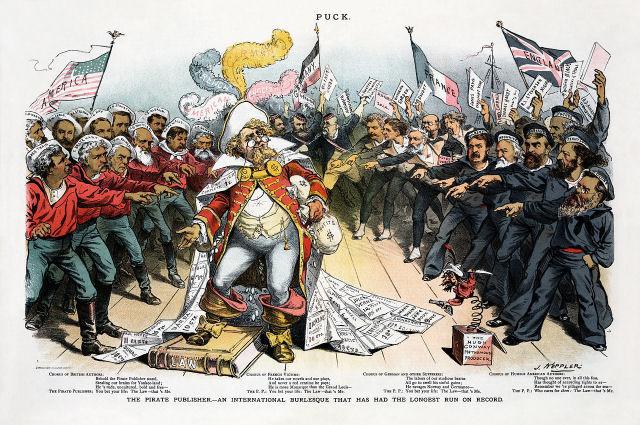
Figure 7. The Pirate Publisher. Cartoon by Joseph Ferdinand Keppler
On the left, the American writers with Mark Twain. On
the right, the British with Tennyson, Browning, Robert Louis Stevenson, and Lewis Carroll. In the back, the Germans with Freitag and Ebers. And finally, squeezed between
the Germans and the British, the French writers with Emile Zola, Victorien Sardou, Alphonse Daudet, and Jules Verne.
The Anglo-Saxon translations are another perfect example of Jules Verne's words. Soon after their publication in France, Verne's novels were translated into English and flooded the British and American markets. Most of the time, the stories were severely abridged and otherwise bowdlerized by the translators, who sometimes changed their titles as well as the names and nationalities of their characters, and deleted entire paragraphs and chapters which, in their opinion, were too boring to read. In the first English translations published in England, every criticism Verne made against the British Empire and its colonial behavior was censored or suppressed. And, in some cases, the translators even added lenghty paragraphs and/or chapters of their own invention [18].
The Next Five Decades, Until the End of the 1940s — Keeping the Myth Alive and Transforming it into a Popular Archetype
Until the adoption of international copyright laws in the early 20th century, Verne's works were freely translated and (re)published outside of France. In the 1910s, after Verne's death and before WWI, it seems that publishing collections of his novels was suddenly in vogue.
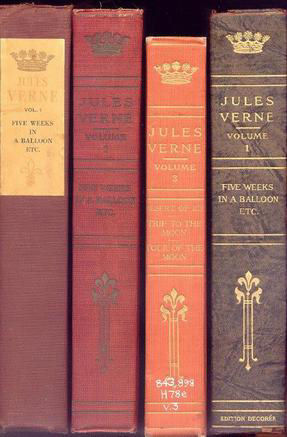 |
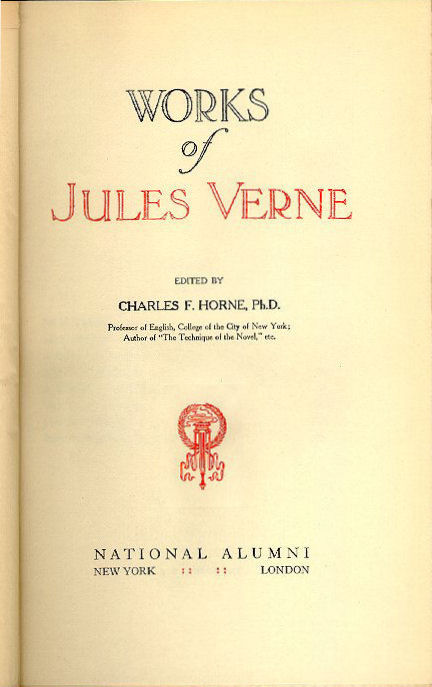 |
| Figure 8. The Parke collection (1911) | |
Collections of Verne's most popular novels appeared in English (Figure 8) in the United States [19], in Dutch (Figure 9) in Belgium [20], and in German by Weichert in Berlin who put out 73 volumes between 1901 and 1909. The publisher Saenz de Jubera in Madrid published in Spanish a collection of 14 volumes Obras completas between 1910 and 1914. Every volume included several Verne novels (Figure 10).
 |
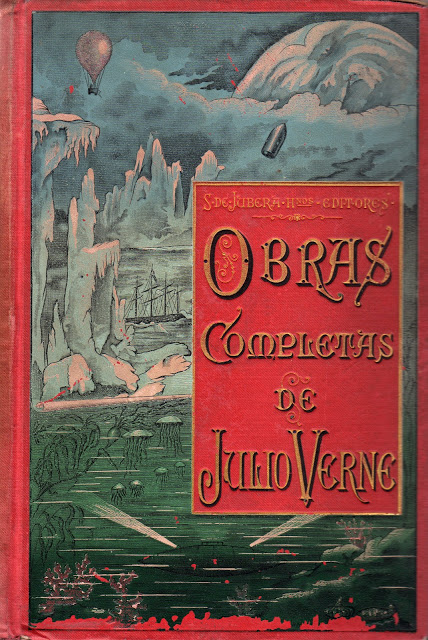 |
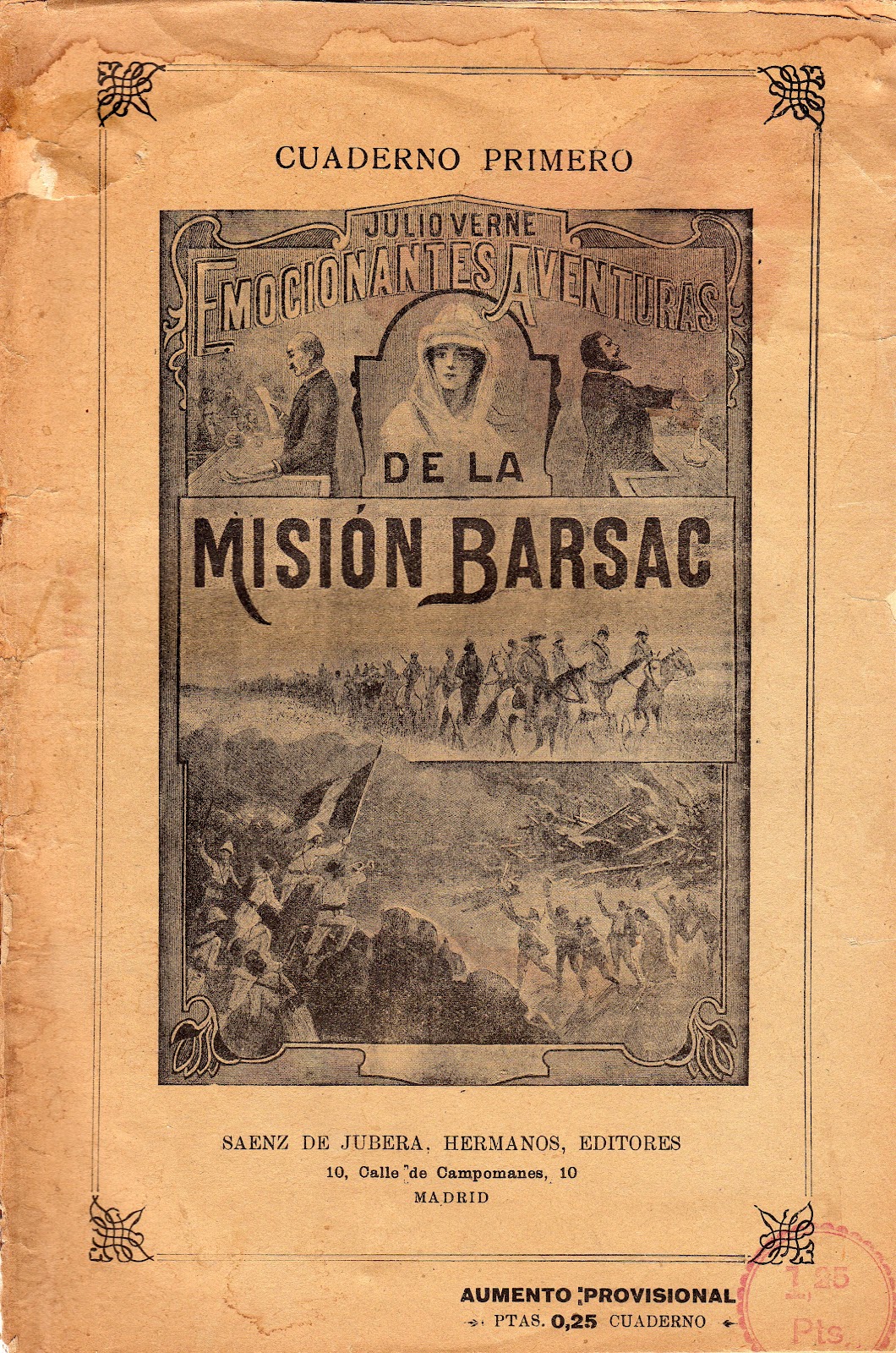 |
| Figure 9. The Van Kalken collection (around 1915) | Figure 10. The Saenz de Jubera collection (1910-1914) | |
In France, the first biography of Verne in book form was published three years after the death of the novelist, written by a friend and colleague from the Academy of Amiens, Charles Lemire (Figure 11) [21]. But it was not until 1928, the centenary of the novelist's birth, that his life's story became frozen in falsehood for more than half a century by a family member, Marguerite Allotte de la Fuÿe (Figure 12). This biography [22] has been reprinted in successive editions, was translated into several languages and has been for journalists and fans of Jules Verne the standard biography of Verne until his re-evaluation after WWII.
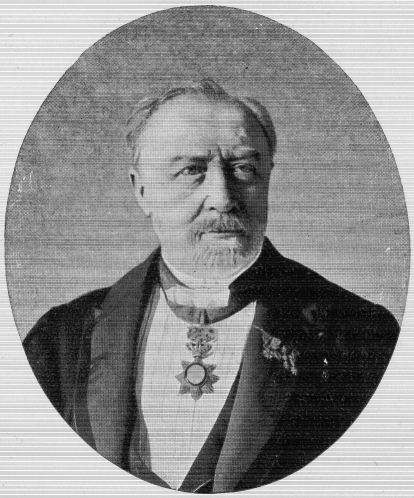 |
 |
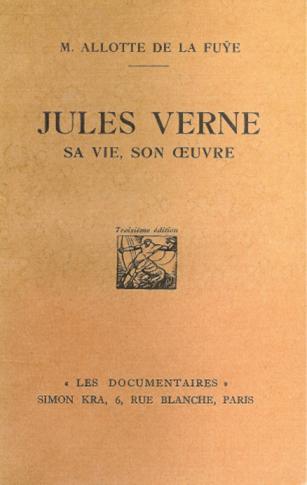 |
| Figure 11. Charles Lemire (coll. Dehs) and his reliable biography (1908) | Figure 12. Marguerite Allotte de la Fuÿe's unreliable biography (1928) | |
The first non-Francophone biography was published in 1909 in Germany [23] and the first doctoral thesis on Jules Verne in 1916, also in Germany [24]. The author of the dissertation, Hans Bachmann, researched how Jules Verne (who didn't know English) was using English words and expessions in his novels (Figures 13 and 14). In 1913, the first Verne biography published in Belgium and written in Dutch (Figure 15) was authored by Henri Nicolaas Van Kalken [25].
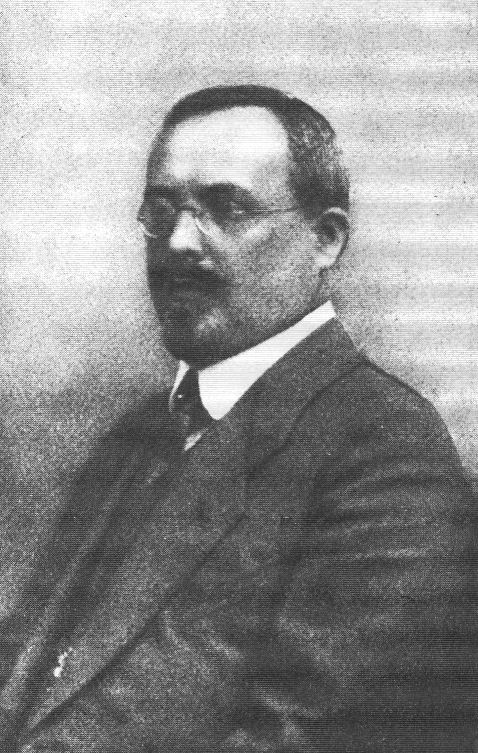 |
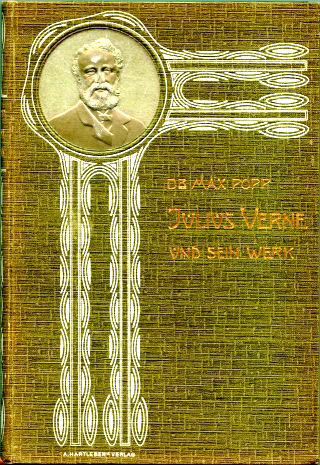 |
| Figure 13. Max Popp (1878-1943) and the first German biography of Verne (1909) | |
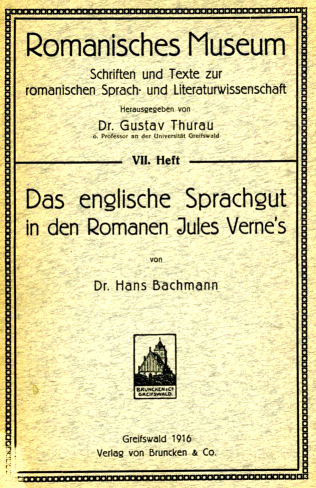 |
 |
| Figure 14. First doctoral dissertation about Jules Verne (1916) | Figure 15. First Belgian Biography written in Dutch |
Until WWII, few attempts were made to promote the literary study of the works of Jules Verne. On October 2, 1921, a group of ten cadets from the Naval Academy (Royal Naval College) in Dartmouth (UK) founded a society of students to which they gave the name of Jules Verne Confederacy [26]. This group, historically the first to be dedicated to Jules Verne, published a newsletter called the Nautilus. They asked Michel Verne (son of Jules) to be their honorary president. The study of Verne's works was one of the goals of the society.
Brian Taves wrote in 2011:
The most permanent legacy of the Confederacy was the publication of the Everyman's Library edition of Five Weeks in a Balloon and Around the World in Eighty Days in England by J.M. Dent & Sons in 1926 (Figure 16). G.N. Pocock, the former instructor and advisor of the « Julians » (as the teenagers called themselves), ... secured an introduction from the leaders of the Confederacy, K.B. Meiklem and A. Chancellor. Their introduction [27], the best critical overview on Verne in English up to that time, contains one of the first comprehensive bibliographies of editions in English, noting translators. The Confederacy must have known of the issue, because both Cinq semaines en ballon (Five Weeks in a Balloon, 1863) and Le Tour du monde en quatre-vingts jours (Around the World in Einghty Days, 1873) were newly rendered into quality translations for this edition. The influence of this volume far outlasted its time, remaining in print for forty years [28].
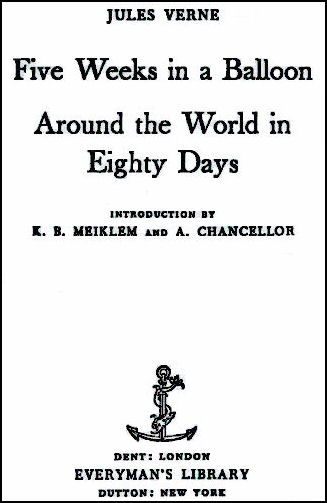
Figure 16. Title page of the Everyman's Library book
In the first American pulp magazines devoted to the new genre of “science fiction” popular during the 1920s and 1930s, Jules Verne was adopted as a kind of patron saint and revered ancestor. For example, in the first issue of Amazing Stories (Figure 17) in 1926, its editor Hugo Gernsback (1884-1967) defined the genre:
By “scientifiction” I mean the Jules Verne, H.G. Wells, Edgar Allan Poe type of story—a charming romance intermingled with scientific fact and prophetic vision. ... Edgar Allan Poe may well be called the father of “scientifiction”. It was he who really originated the romance, cleverly weaving into and around the story, a scientific thread. Jules Verne, with his amazing romances, also cleverly interwoven with a scientific thread, came next. A little later came H.G. Wells, whose scientifiction stories, like those of his forerunners, have become famous and immortal [29].
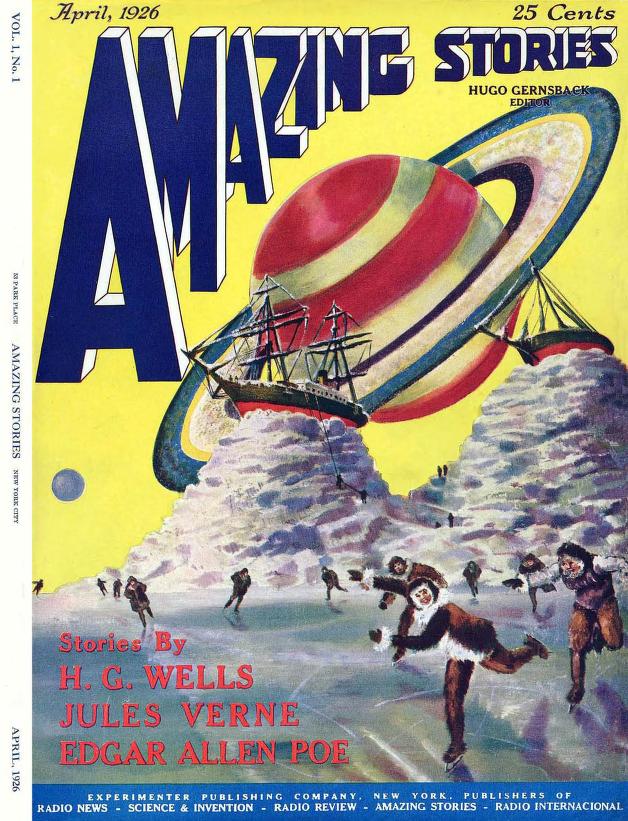 |
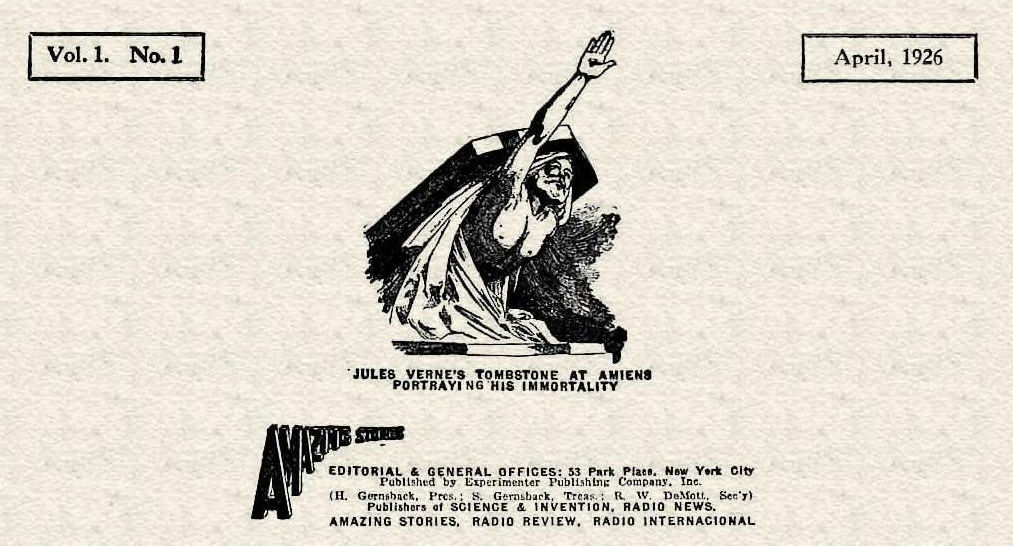 |
| Figure 17. Cover of the first issue (April 1926) of Amazing Stories | Figure 18. Masthead of Amazing Stories with a drawing of Verne's tomb |
He even included on the masthead of the magazine a drawing of Verne’s tomb in Amiens (Figure 18). The first few issues of Amazing Stories reprinted Verne’s novel Off on a Comet (a poor translation of Hector Servadac).
As mentioned, 1928 was the centenary of the writer's birth, and the Société de géographie (Geographical Society) in Paris (France) celebrated it on January 16, 1929 (Figure 19), with speeches by well-known writers and explorers, including E.-A. Martel [30], Charles Richet [31], and Jean Charcot (Figure 20) [32]. The French Minister of Education Pierre Marraud was present and spoke as well [33].The Sociedade de Geografia (Geographical Society) in Lisbon (Portugal) organized a similar event, but a few years earlier in 1924 to celebrate the 100th birthday of Jules Verne and to combine it with the commemoration of the 60th anniversary of the publication of Cinq semaines en ballon (Five Weeks in a Balloon) [34]. Again, Jules Verne was remembered for having promoted geography, travel, and adventure (Figure 21).
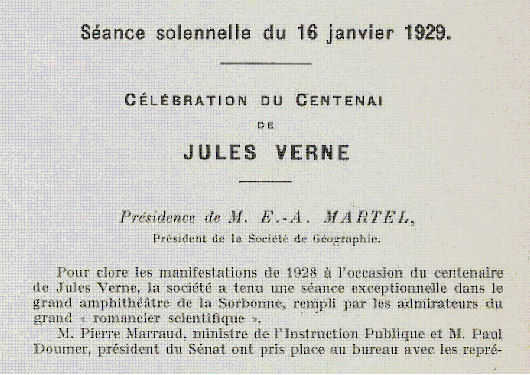
Figure 19. Bulletin de la Société de géographie de Paris, 1929
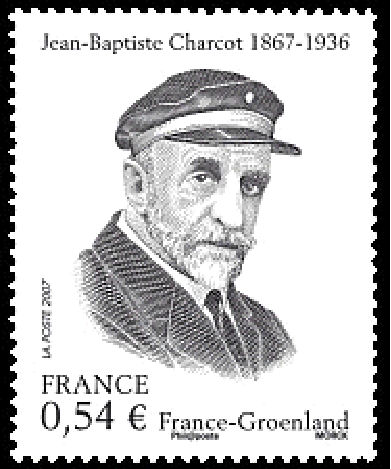 |
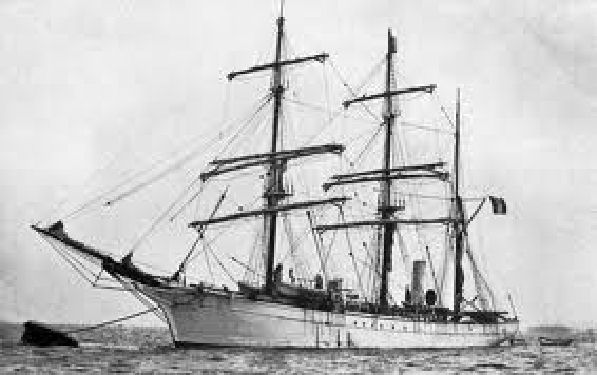 |
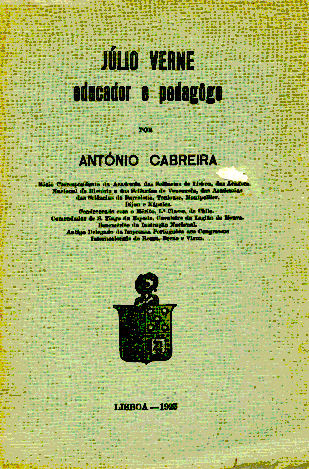 |
| Figure 20. Jean Charcot and his polar ship Pourquoi Pas ? | Figure 21. António Cabreira's speech in Lisbon in 1924. | |
In the late 1920s and 1930s, the Italian writer Fernando Ricca wrote several articles, which not only celebrated the centenary of the writer, but also addressed issues as controversial as religion and social justice in the works of Jules Verne [35].
After the publication of the fictionalized biography by Marguerite Allotte de la Fuÿe, which formed the basis of a Jules Verne mythology for many decades, other biographies appeared in the Netherlands in 1942, in Great Britain in 1940, in the United States in 1942, and in France in 1941, all inspired by the fabrications of Marguerite Allotte de la Fuÿe [36]. Even today, journalists repeat the unreliable facts and legends invented by Verne's great-niece by marriage.
Adding yet another volume to the tenacious legend of the “prophetic” Jules Verne, a book with a significant title was published in 1936 (Figure 22): Des anticipations de Jules Verne aux réalisations d'aujourd'hui (From Jules Verne's Predictions to Today's Achievements) [37]. The book was translated into Portuguese in 1938 [38]. In 1933, another PhD dissertation is published, again in Germany. It studies the narrative style of Jules Verne [39].
 |
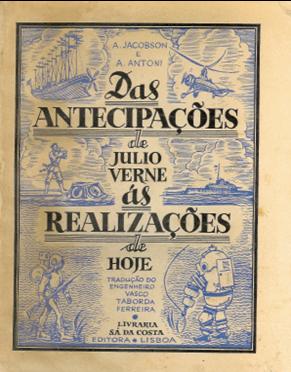 |
| Figure 22. Book by Jacobson and Antoni, and its Portuguese translation | |
In the United States, Willis Hurd (1875-1958)—who had corresponded with Jules Verne in 1897—gained the attention of collectors and American readers of Jules Verne by publishing an article in Hobbies in August 1936 [40]. In his article (Figures 23 & 24), Hurd had complained about the poor English translations of Verne. The AJVS (American Jules Verne Society) was then officially born in 1940 and held its second meeting in 1942.
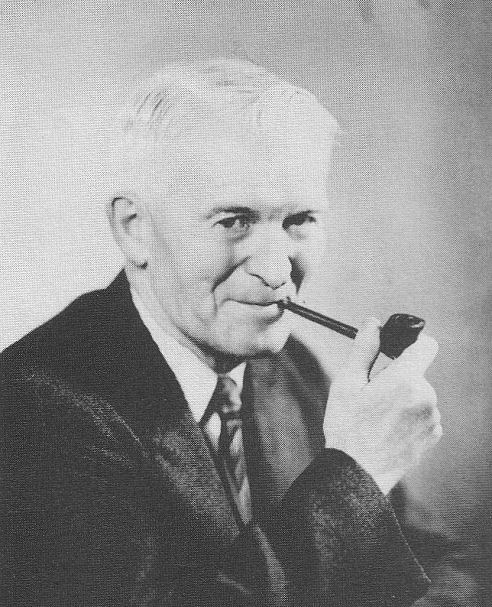 |
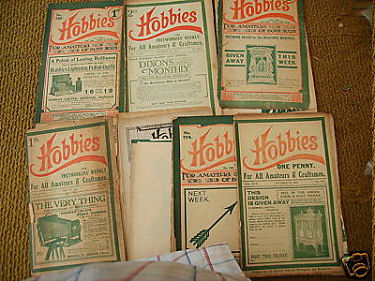 |
| Figure 23. Willis Hurd | Figure 24. The Hobbies magazine |
After the publication of the Verne biographies by Allott and Waltz (Figure 25), critics such as James Iraldi, Nathan Bengis, David French and Lloyd Jacquet wrote reports detailing the bad quality of the translations and pointing out some inaccuracies in the biographies they were reviewing [41]. Unfortunately, no periodical exists for the first American Jules Verne Society, which didn't survive WWII.
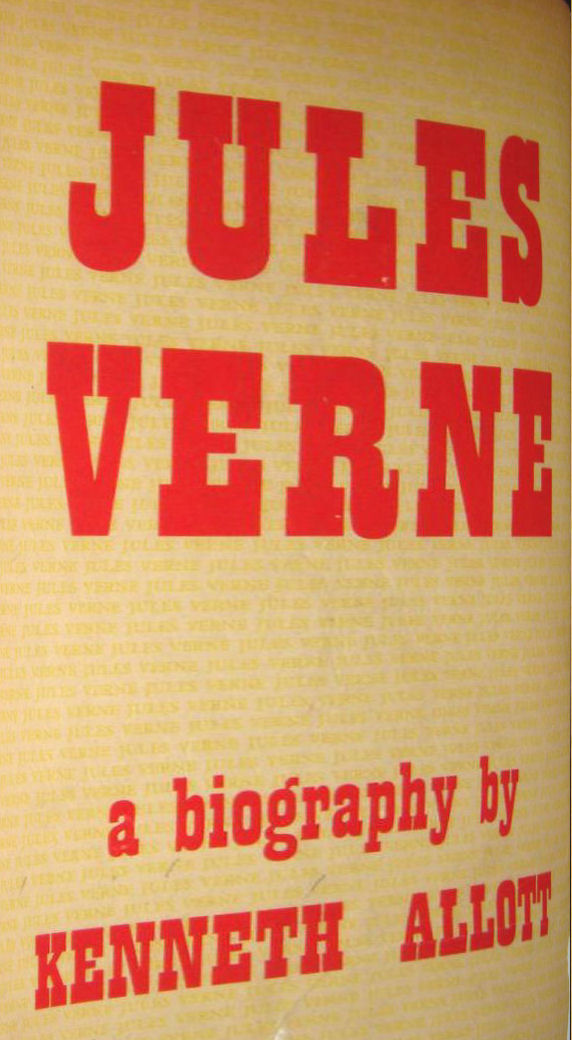 |
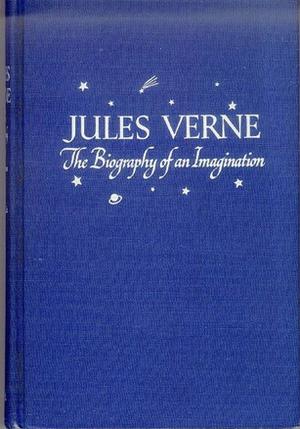 |
| Figure 25. The two Verne biographies published in 1940 and 1943 | |
The French publisher Hachette (which bought the Hetzel publishing house in 1914 and owned the copyright to Verne's works) continued until WWII the same marketing strategy as Hetzel, reinforcing Verne's reputation as a writer for the young. Between 1914 and 1966, Hachette inserted very abridged versions of Verne's novels into all its juvenile collections [42], with the Bibliothèque verte (Green Library) as its flagship (Figure 26).
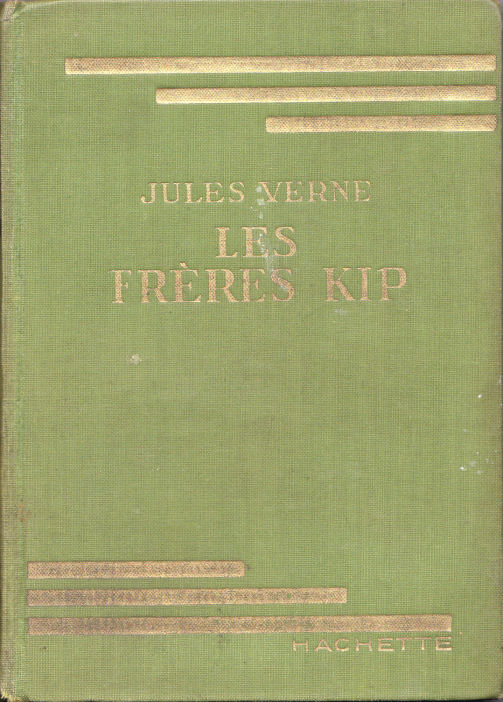 |
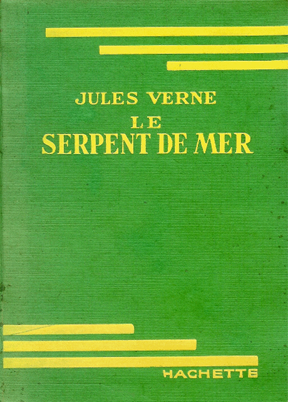 |
| Figure 26. Two bindings of the Bibliothèque verte (before WWII) | |
A most important event affecting all future research about Verne took place in March 1935, when Jean Guermonprez (Figure 27), Consul of France in Liège (Belgium), decided to create a society dedicated to Jules Verne. He contacted first Cornelis Helling (Figure 28), a Dutch Verne collector living in Amsterdam (The Netherlands). Both founders were quickly surrounded by supporters and scholars like Raymond Thines, Ivan Tournier, Charles Dollfus, and Edmond Géhu. Two Italian professors joined the small French group, Mario Turiello and Edmondo Marcucci. The bylaws of the « Société Jules Verne » were filed July 31, 1935 in Paris. No such “official” society or club had existed before, so it was unnecessary to have a more precise name, for example adding the word “French” to it.
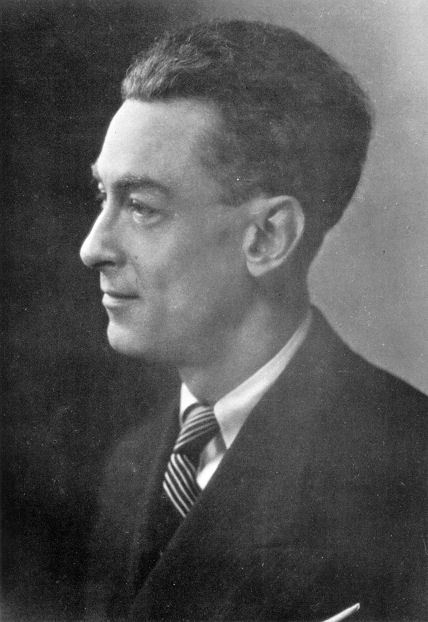 |
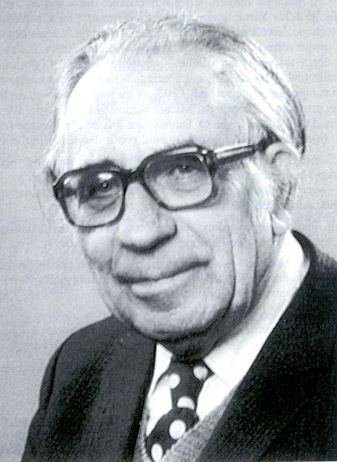 |
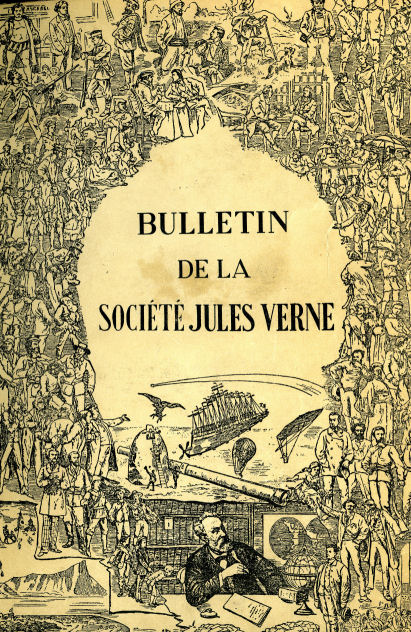 |
| Figure 27. Jean-H. Guermonprez (1901-1959) | Figure 28. Cornelis Helling (1901-1995) | Figure 29. Cover of the first issue of the Bulletin |
The membership grew quickly, mainly because a number of celebrities joined the Société: Charles Richet, Louis Lumière [43], Jean Cocteau [44], André Siegfried [45], and Jean Charcot (Paul-Emile Victor's [46] predecessor in the polar explorations). Beginning in November 1935 and for three years until December 1938, the Société published a quarterly Bulletin (Figure 29).
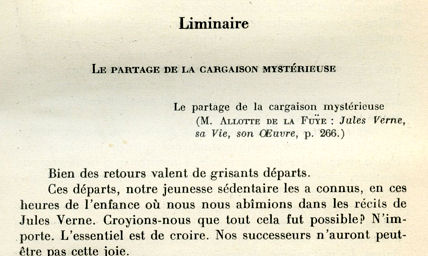 |
 |
| Figure 30. First editorial (beginning and end) by Jean Varmond (Guermonprez) | |
Using the pseudonym of Jean Varmond (Figure 30), Guermonprez managed to write and publish in the Bulletin more than 600 pages of well-documented information about Verne. Guermonprez fully deserves the label of first pioneer in research about Jules Verne. WWII stopped the activity of the Société Jules Verne, but Jean Guermonprez corresponded with Cornelis Helling and other specialists of Jules Verne, and contacted the members of the Verne family.
The result of such a “behind-the-scenes” activity was a booklet « Douze ans de silence » (“Twelve Years of Silence”), where all the information collected by Guermonprez during WWII was made available. After Guermonprez's death in 1959, it took several years for the French Verne fans and specialists to come back together and the « Société Jules Verne » was resurrected in 1965, just before Verne's works moved into the public domain in France.
From the 1950s to the mid-1960s — The Beginning of Academic Vernian Studies and Verne's Works Coming into the Public Domain
Until the 1960s, Verne was considered in France as an author for children and/or a technological prophet. Verne's œuvre was not studied in the University and French Literature specialists looked at him with disdain and condescension. Verne stories were viewed as “paraliterary,” on the same level as detective and science fiction stories, and not considered as true Literature (with a capital “L”) [47].
For the first time, in 1949, a French magazine, specializing in literary studies called Arts et Lettres published an issue dedicated to Jules Verne [48]. The writers contributing to this issue (Figure 31) were Michel Butor, Michel Carrouges, Maurice Fourré, Raymond Schwab, Louis-Paul Guigues, Georges Borgeaud, Pierre Devaux, Jacques Boudet, and Antoine Parménie.
The issue is also enriched with a letter by Raymond Roussel [49] to Michel Leiris [50]. Butor's article [51] is especially noteworthy and is often considered as the starting point of literary studies on Jules Verne (Figure 32). It was the first time Verne was recognized and praised by one of the world's most respected writers and critics.
 |
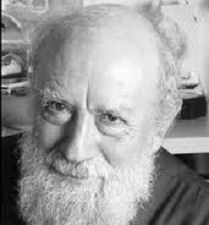 |
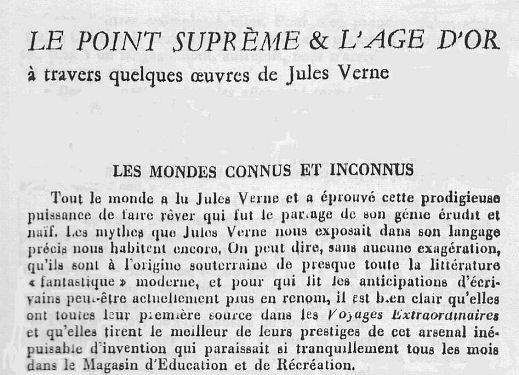 |
| Figure 31. Cover of Arts et Lettres, 1949 | Figure 32. Michel Butor (1926-2016) and his article, which is often cited as the beginning of the modern Verne studies | |
The first PhD dissertation in English on Verne was defended at Yale University in 1953 by Stanford L. Luce, Jr. (1923-2007). It was titled Jules Verne, Moralist, Writer, Scientist and opened the doors of the American academic world to Jules Verne [52]. Luce was a professor of French literature at Miami University in Oxford, Ohio, and a life-long Verne enthusiast. Following his retirement from the classroom, he translated two Verne novels for the first time into English: The Mighty Orinoco (Le Superbe Orénoque, 2002) and The Kip Brothers (Les Frères Kip, 2007), published by Wesleyan University Press in its Early Classics of Science Fiction book series (Figure 33).
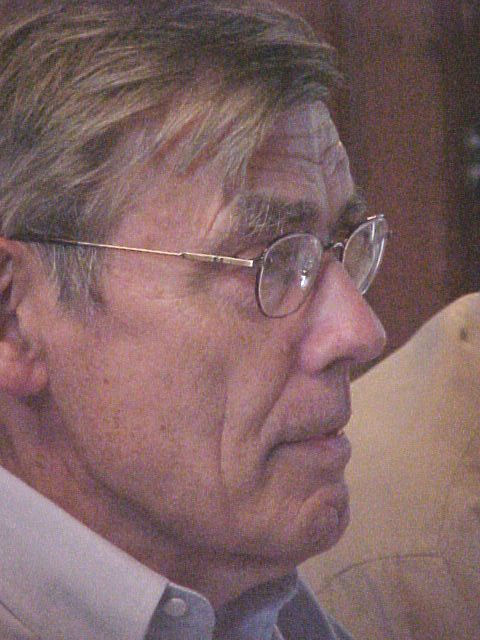 |
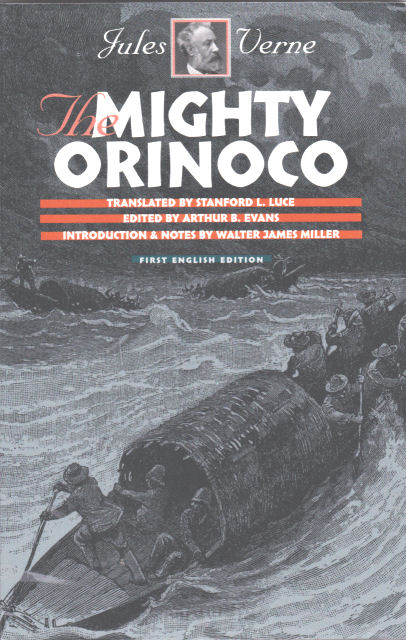 |
| Figure 33. Stanford L. Luce and one of his translations | |
The year 1955 marked the fiftieth anniversary of the death of Jules Verne, and it was accompanied by many noteworthy studies of the legendary author. Three magazines devoted one of their issues to Jules Verne: Europe, Livres de France, and Fiction [53]. The highly regarded articles published in these magazines —by recognized scholars such as Georges Duhamel, Bernard Frank, Jean Guermonprez, Pierre Abraham, Georges Fournier, Georges Sadoul, and Pierre Sichel—are still viewed today as an integral part of the critical foundation on which Vernian research is based (Figure 34).
 |
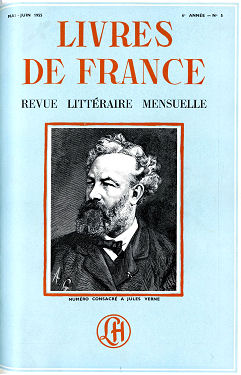 |
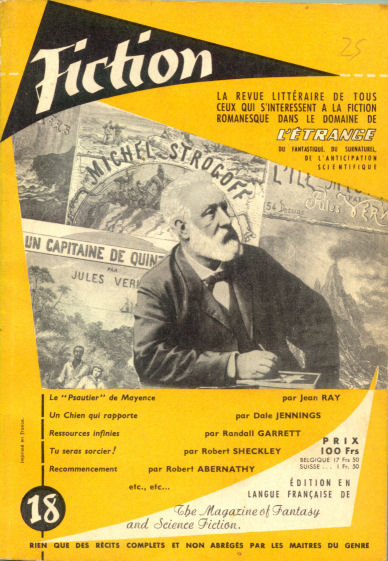 |
| Figure 34. The three special issues of French magazines of 1955 dedicated to Jules Verne | ||
That same year also witnessed the publication of the an important work of serious research on Jules Verne, whose works were still not in the public domain [54]. A well known Parisian lawyer, René Escaich (born in 1909), classified for the first time all the Vernian novels published under the generic title of Les Voyages extraordinaires (Extraordinary Voyages / Journeys), using various thematic criteria such as the nationalities of the characters, places of action, cities, cryptography, madness, etc. His 1955 book proved to be very successful, much more than its predecessor of 1951, published in Belgium with a similar title (Figure 35).
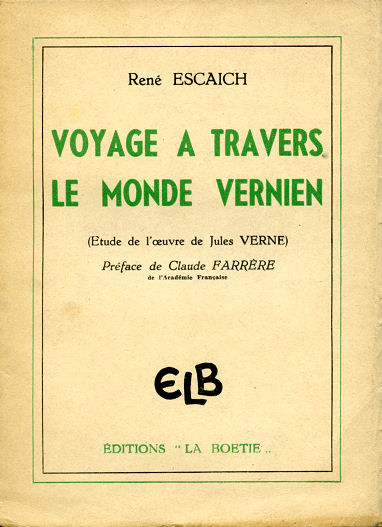 |
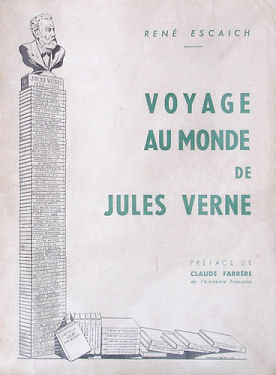 |
| Figure 35. Both books by René Escaich (1951 in Bruxelles and 1955 in Paris) | |
During the late 1950s, the momentum of publications marking the fiftieth anniversary of the death of Verne and the blockbuster appeal of two Hollyewood films by Richard Fleisher (1954, Twenty Thousand Leagues Under the Sea) and Michael Todd (1956, Around the World in 80 Days)—the two most popular Verne titles—triggered many more Vernian studies. Some were written by specialists in science fiction like Jean-Jacques Bridenne, Anthony Boucher, and Jacques van Herp ; others by literary scholars such as Marc Soriano and Marcel Moré in France, Robert Pourvoyeur in Belgium or Eugene Brandis in the Soviet Union.
Inaccurate biographies of Verne (most of which were derived from Allotte de la Fuÿe's) continued to be published in the United States [55]. In France the same market was replaced by special issues of youth periodicals, like Tintin or Pif Gadget, repeating the classical stereotype of Jules Verne as a prophet and almost never presenting him as a literary writer. Another element was added to Verne's falsified biography during the 1960s, one that still persists in France today. Esoteric writings began to appear, arguing that Jules Verne was an initiated member of certain secret, mystical societies, and that he had even been in contact with aliens [56].
The year 1958 marked a significant milestone in Verne's English-language translations: the beginning of the Fitzroy Edition in both Great Britain and the United States, which was (and still is) one of the most complete collections of the Voyages extraordinaires available in English. British civil servant and writer Idrisyn Oliver Evans (1894-1977) was responsible for the publication of forty-eight Verne stories in sixty-three separate books. He edited and adapted earlier English translations, wrote a preface for every volume, and translated several later Verne titles which were appearing for the first time in English [57]. Although the series was very successful and helped to introduce many Anglophone readers to Verne's works, unfortunately most of the translations in the Fitzroy Edition are not reliable and most of the texts were shortened to make the books in the series of a uniform size (Figure 36).
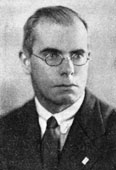 |
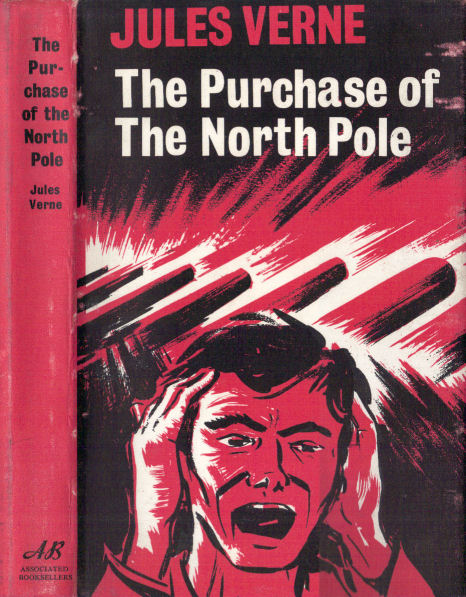 |
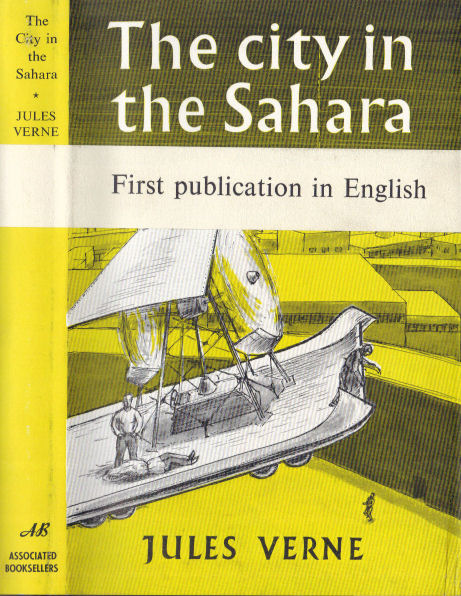 |
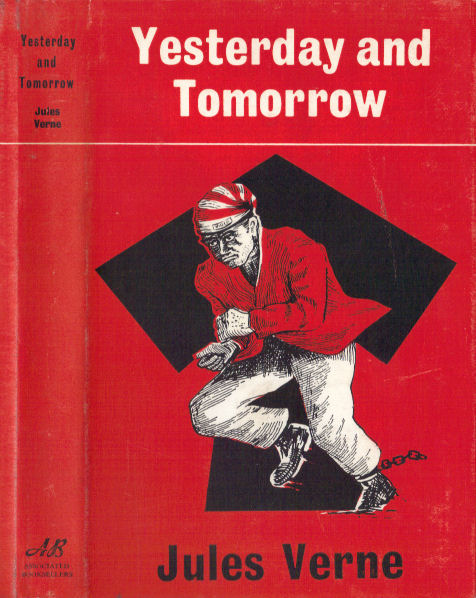 |
| Figure 36. I.O. Evans and three of the Fitzroy Edition dust jackets | |||
In France, an earthquake-like event, shaking the whole world of Vernian research (even if it was a very small world), took place in the 1960s. One of the most “literary” of the French publishers, Gallimard, put onto the market a book with an intriguing title: Le très curieux Jules Verne (The Very Strange / Curious Jules Verne) [58]. In this revolutionary study, Marcel Moré (1887-1969) applied psychoanalytic methods in his analysis of Verne's life and writings, discovering hidden meanings behind the printed words and revealing personal dramas and fixations much deeper than any Vernian researcher had previously detected. Moré went on to find even more provocative things to say about Verne as he extended his research with a second volume in 1963, again published by Gallimard [59]: Nouvelles explorations de Jules Verne (New Explorations about Jules Verne). Moré was the first Vernian scholar to hint at latent homosexual tendencies in this highly revered French cultural icon, causing a minor scandal in France. But, by his looking beyond the stereotypes that had often characterized Vernian criticism before him, Moré opened the door to serious, high level, academic research about Jules Verne and his œuvre (Figure 37).
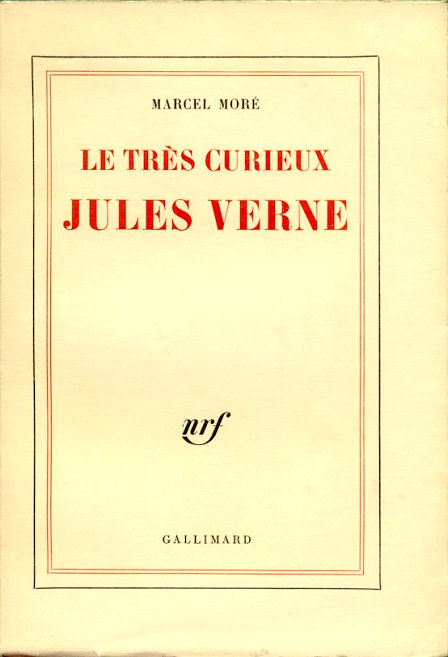 |
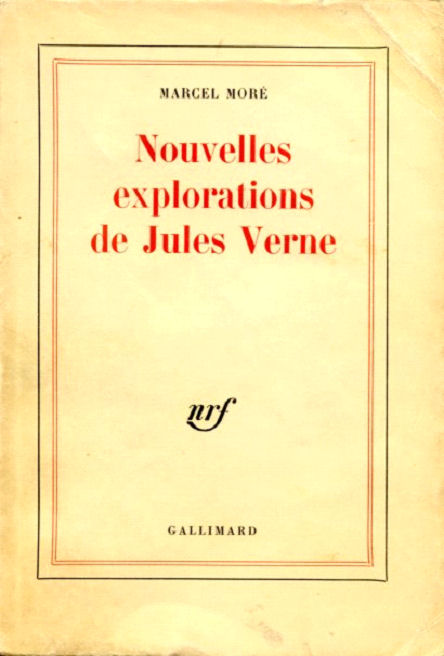 |
| Figure 37. The two books by Marcel Moré (1960 and 1963) published by Gallimard | |
In 1961, the Collège de Pataphysique (College of Pataphysics) celebrated « en grandes pompes » (in grand style) the 100th anniversary of the conquest of the North Pole by Captain Hatteras (Figure 38). Created in 1948, The Collège de Pataphysique applied the « Eléments de pataphysique » described by Alfred Jarry (1873-1907) in Gestes et opinions du docteur Faustroll [60]. Jarry was the first prophet of the Theater of the Absurd, followed by playwrights like Eugène Ionesco (1909-1994) and Samuel Beckett (1906-1989). It is easy to conceive that the Pataphysicists have anchored pataphysics [61], from Epicurus to Jarry, in Lucretius, Lucian of Samosata, Zeno of Elea, Béralde de Verville, Rabelais, Cyrano de Bergerac, Cervantes, Jonathan Swift, Lichtenberg, Marcel Schwob, Lewis Carroll; and in contemporaries of Jarry, Jules Verne and Erik Satie; and later, coming after Jarry, Arthur Cravan, Raymond Roussel, Marcel Duchamp, Julien Torma, Louis-Ferdinand Céline, the Marx Brothers, Jorge Luis Borges.
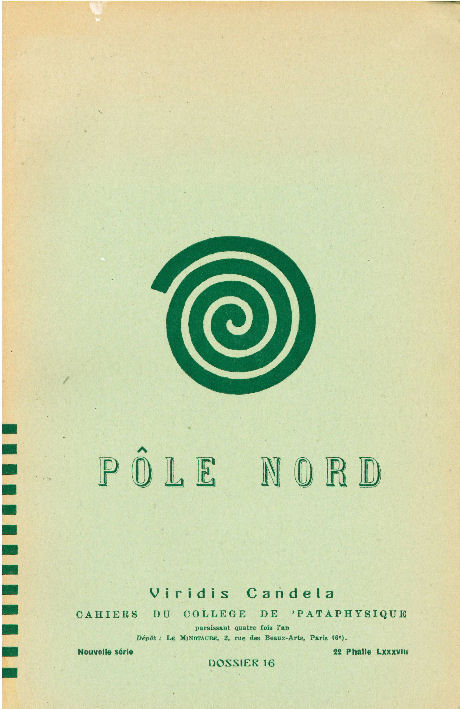 |
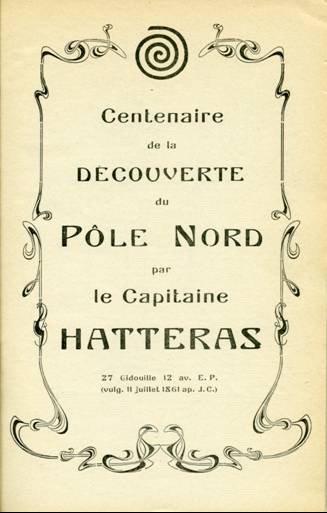 |
| Figure 38. Cover and title page of issue 16 (1961) of Virdis Candela, dossiers acénonètes du Collège de Pataphysique, dedicated to the 100th anniversary of the conquest of the North Pole by Captain Hatteras | |
Together with the three French Vernian focal points (the Société, the Documentation Center in Amiens and the Bibliothèque / Musée in Nantes), following the path opened by Raymond Roussel (1877-1933) with his book Comment j'ai écrit certains de mes livres (How I Wrote Certain of My Books) [62], the pataphysicists—with chapters now in all continents—discovered in Jules Verne a precursor of the modern novel, having influenced the 20th century French literature, including the Surrealists, and its successor the Oulipo (Ouvroir de littérature potentielle—Workroom of Potential Literature), as well as authors of the nouveau roman.
From the Mid-1960s to the 1970s — The Availability of Obscure Texts and the Development of New Research Directions
The first step towards making more of Verne's personal writings public was made in 1965, when the heirs of Pierre-Jules Hetzel (the father, 1814-1886) and Louis-Jules Hetzel (the son, 1847-1930) donated to the Bibliothèque nationale de France (French National Library) all the private papers of the two publishers. Among these papers were hundreds of letters written by Jules Verne to his publishers (Figure 39).

Figure 39. One of Verne's letters donated in 1965 to the National Library of France. It was written to Hetzel, on a Friday, from Liverpool. Verne was on his way to New York with his brother Paul, ready to board the Great-Eastern. The number 51 in the upper right corner was given to this letter by the librarian who took care of the collection of the letters. The mention on top « vers le 20 mars 1867?] » ([around March 20, 1867?]) was not written by Verne, but also by the librarian charged to put the letters in order.
It was the beginning of making available to Vernian scholars important primary materials that had not been accessible before that time.
The first step was to catalog more than 700 letters and to put them in a relative chronological order. The job was not easy and Verne was the first to blame, because he almost never correctly dated his letters. He just often wrote : « Amiens, lundi » or « Amiens, 20 juillet » (“Amiens, Monday” or “Amiens, July 20”) which didn't give any precise indication of the date when the letter was written. The librarian in charge of this cataloging did the best she could and some scholars could consult the letters. It was not an easy task. The letters were put on microfilm and copies exist in several collections [63]. It took more than 30 years to get these letters published. Eventually, three Vernian scholars, Olivier Dumas, Piero Gondolo della Riva, and Volker Dehs succeded in making them available to the public between 1999 and 2006 [64]. This last step, covering almost 10 years, involved reading in detail these letters, connecting them with facts and events of Verne's life and deciding what the chronological order was. The three editors had a very good knowledge of Verne's life, as well as the lives of the two Hetzels. The biography of Hetzel published in 1953 was one of the ressources they were able to use [65]. One of the authors of that biography was a granddaughter of Pierre-Jules Hetzel.
After Verne's works entered into the public domain, two Swiss publishers rushed into the breach: « La Nouvelle Bibliothèque » in Neuchâtel and « Rencontre » in Lausanne. The first collection contains a dozen volumes only [66], all published in 1963, all prefaced by the polygraph Maurice Métral whose affirmations about Verne have not much to do with facts and were often the product of his imagination.
The second collection still remains the only complete modern French-language edition of the novels and and other writings by Jules Verne. Published between 1966 and 1971, this collection of 49 volumes is so comprehensive that it deserves some commentary (Figure 40).
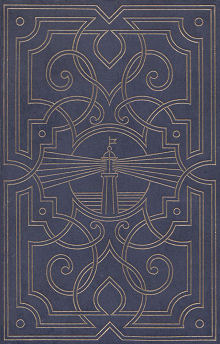 |
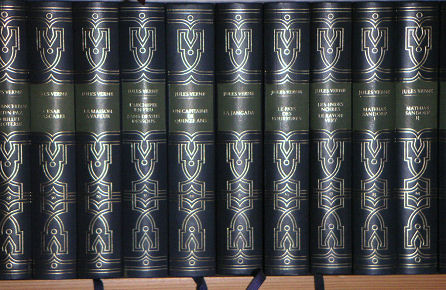 |
| Figure 40. Cover and back of the « Rencontre » volumes | |
Two volumes in the collection contain the early texts of Le Comte de Chanteleine (The Count of Chanteleine) and « Edgar Poe et ses œuvres » (”Edgar Poe and his works”), as well as many other works never republished since Verne's lifetime. The first nine volumes have a preface written by Gilbert Sigaux (1918-1982), all others by Charles-Noël Martin (1923-2005). Until the 1960s, Martin was well known as a nuclear physicist and popularizer of nuclear physics. He wrote a biography of Albert Einstein, with whom he exchanged letters [67].
When Sigaux became unable to write the prefaces for all the Rencontre volumes of their Verne collection, Charles-Noël Martin was asked to continue the task.
Martin always liked Verne but never became a specialist of him before the 1960s. With his enthusiasm and meticulous care, he unveiled a lot of unknown aspects of Verne's life and works (the contracts between Hetzel and Verne, Verne's love affairs, etc.) which he discussed not only in his prefaces for Rencontre, but also in two biographies of Jules Verne published in 1971 and 1978 [68]. He added to that many articles about Verne, and another PhD dissertation [69], at the age of 56 (Figure 41). Through all his writings (prefaces, biographies, thesis, and articles), Charles-Noël Martin, after Jean Guermonprez, will be forever remembered as the second great research pioneer in Vernian Studies.
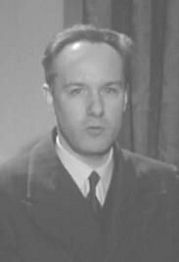 |
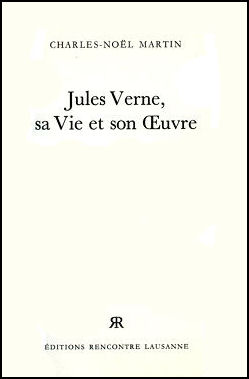 |
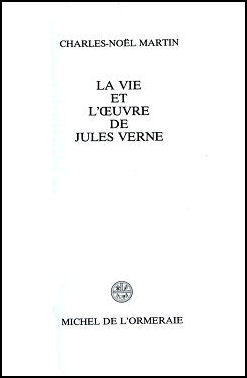 |
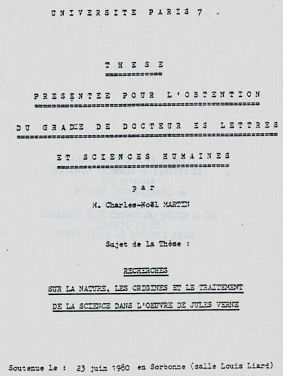 |
| Figure 41. Charles-Noël Martin (1923-2005) and his three main Vernian publications: two biographies and a PhD dissertation | |||
In the mid-1960s, the Livre de poche (/cite>Pocket Paperback), now that Jules Verne's works were in the public domain, began to reprint many of Verne's novels, beginning with Le Tour du monde en quatre-vingts jours (Around the World in Eighty Days), using the same layout, pagination and illustrations as the Rencontre collection. Every volume had a unique cover until the 1990s when the collection began to be more uniform with its characteristic red frame and black and white illustration in the center (Figure 42). After so many years where Verne was on the market only in very expensive editions or in badly illustrated and truncated copies in Francophone countries, finally there was a collection making Verne's novels available in cheap paperbacks, with the Hetzel illustrations and a complete text. Every volume ended with an eight-page biography of the author.
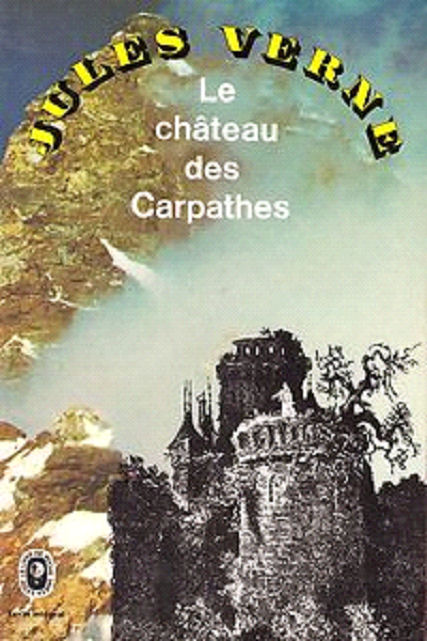 |
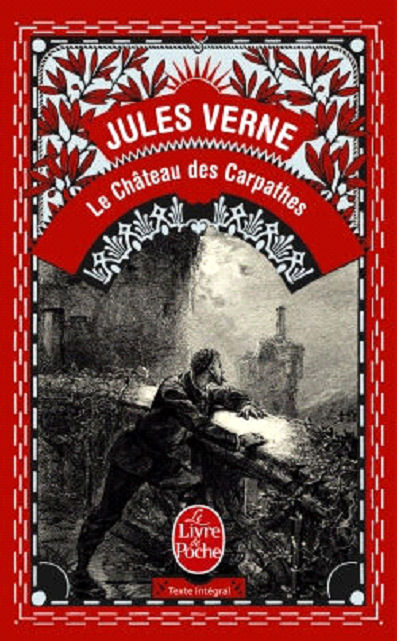 |
| Figure 42. The Livre de poche as it was available in the 1960s and in the 1990s | |
In parallel with the availability of better Vernian texts, another catalyst for the Vernian research was the revival of the « Société Jules Verne » in 1965. It was revived under the leadership of Joseph Laissus (1900-1969), who was soon replaced by Olivier Dumas, who led the Society until 2012, when he was replaced as President by Jean-Pierre Albessard (Figure 43).
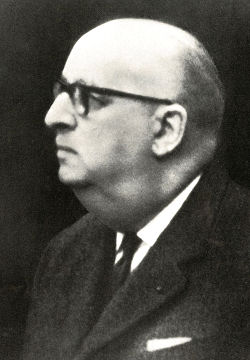 |
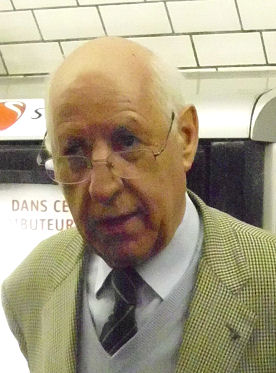 |
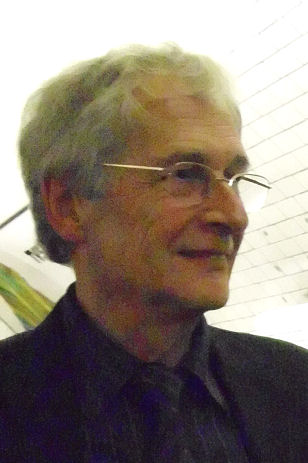 |
| Figure 43. The three presidents of the « Société Jules Verne »: Joseph Laissus, Olivier Dumas, Jean-Pierre Albessard | ||
For more than 40 years, Dumas made the « Société Jules Verne » the major crucible of Vernian research.
Jean Guermonprez had passed away in 1959, so Cornelis Helling and Etienne Cluzel maintained a continuity with the «old» (pre-WWII) Société. In 1967 the Society began publishing a new series of the Bulletin, with a periodicity of four issues per year. The 150th issue appeared in 2004 and, after celebrating the 50th anniversary of the Société, the 200th issue of the Bulletin de la Société Jules Verne should be published in April 2019 (Figure 44).
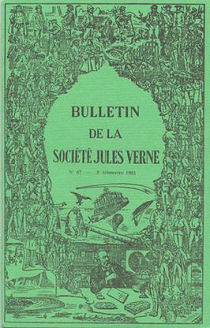 |
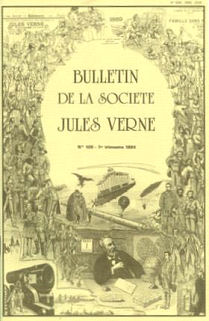 |
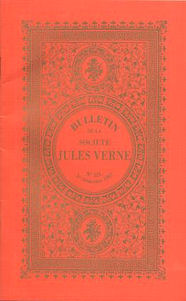 |
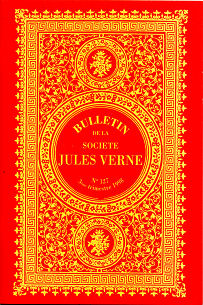 |
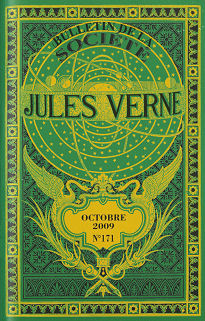 |
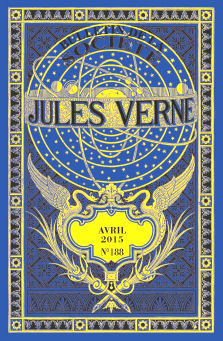 |
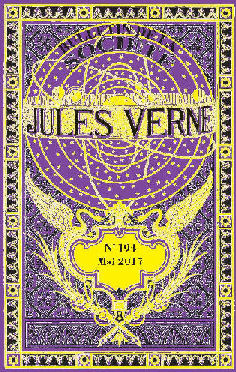 |
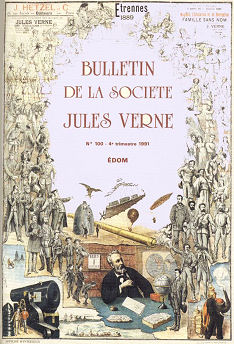 |
| Figure 44. Covers of the Bulletin de la Société Jules Verne since 1967. The last cover is issue 100 with the first publication of Edom, which makes it an original edition | |||
Vernian researchers and scholars, worldwide, became members of the Société, which was until the 1990s, almost the only venue offering a platform to share their discoveries. Through the Bulletin de la Société Jules Verne, not only French, but also Germans, Belgians, Italians, Spaniards, Swiss, Americans, et al., published the results of their research [70]. Several well-known personalities from the literary and scientific worlds, often academics, supported the efforts of the Société Jules Verne: André Brion, Joseph Kessel, André Chamson, François Mauriac, Raymond Queneau, Paul-Emile Victor, Norbert Casteret, Haroun Tazieff, Jean Orcel, Theodore Monod, and Pierre Versins, which were joined by Verne specialists such as Francis Lacassin, Jean Chesneaux, and Charles-Noël Martin.
Concurrent to the activities of the Société Jules Verne, both French and non-French scholars and researchers were beginning to study Verne's works and life and publish monographs, that presented new aspects of Verne's writings. In Frence, in the footsteps of Michel Butor—one must recognize the work of Marie-Hélène Huet, Ghislain de Diesbach, and the important contribution of Michel Serres [71]. Biographies were published in Czechoslovakia [72], in the United States and in Great Britain.
Alongside the Société Jules Verne, another Vernian research group was born in France. In 1972, in Amiens, Daniel and François Compère used the garage of their family home to create and develop the Centre de documentation Jules Verne (Jules Verne Documentation Center). The whole Compère family was involved in the project and after a few years, Daniel and François were replaced by their parents, Cécile and Maurice who transformed the Centre de documentation into a such an important center of information, that twenty-five years later, it was still in communication with researchers worldwide, offering a collection of more than fifteen thousand documents and memorabilia, covering a spectrum from a simple photograph or a few lines in a newspaper clip to a biography of Jules Verne in Russian (Figures 45 and 46).
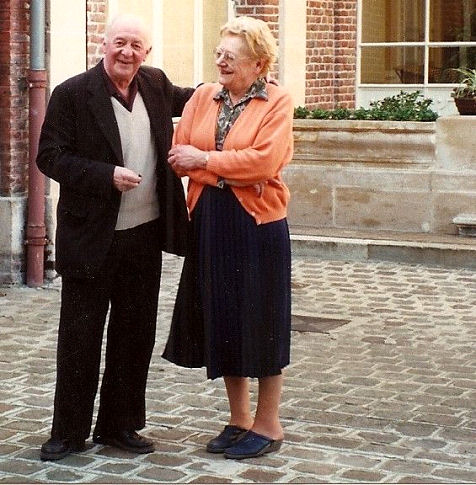 |
 |
| Figure 45. Maurice (1919-2002) and Cécile (1921-2006) Compère in the courtyard of the “tower” house, 2 rue Charles-Dubois in Amiens | Figure 46. Daniel Compère |
A third French research group was set up, this time in Nantes, where the Bibliothèque municipale (Municipal Library), directed from 1962 until 1987 by Luce Courville (1923-2004), in collaboration with Colette Gallois and Claudine Sainlot, hosted in the mid-1970s the Centre d'études verniennes (Center for Vernian Studies) under the direction of university professor Christian Robin (Figure 47).
Already in 1955, commemorating the fiftieth anniversary of Verne's death, Nantes had organized the first Verne exhibition in France. It was followed by many others in 1963, 1966, 1970 and 1975. The project to have a Jules Verne Museum in Nantes began in 1955 and became a reality in 1978, with the celebration of his 150th birthday. Overlooking the Loire river, close enough to Verne's birthplace, and even closer to the Chantenay house where Jules and Paul played during their youth, the Musée Jules Verne is a mandatory stop for every Verne fan visiting France (Figure 48).
 |
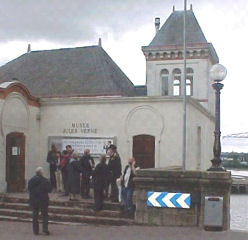 |
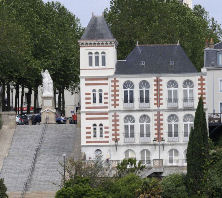 |
| Figure 47. Christian Robin | Figure 48. The Jules Verne Museum in Nantes, entrance and side overlooking the Loire river | |
Continuing the author's growing popularity in French university literary circles, two books on Verne's socio-political ideas were published durng the 1960s and 1970s. In 1971, Jean Chesneaux (1922-2007), professor at the Diderot University in Paris and member of the French Communist Party until 1989, published his research about the (sometimes surprising) political and social views of Jules Verne (Figure 49) [73]. His provocative book was made available in English in 1973 [74]. It was translated in German and other languages too. He was following the footsteps of another Verne specialist, Pierre Macherey, who commented on Verne's political opinions and positions from a socio-Marxist perspective in a text published in French in 1966 and translated into English in 1978 [75].
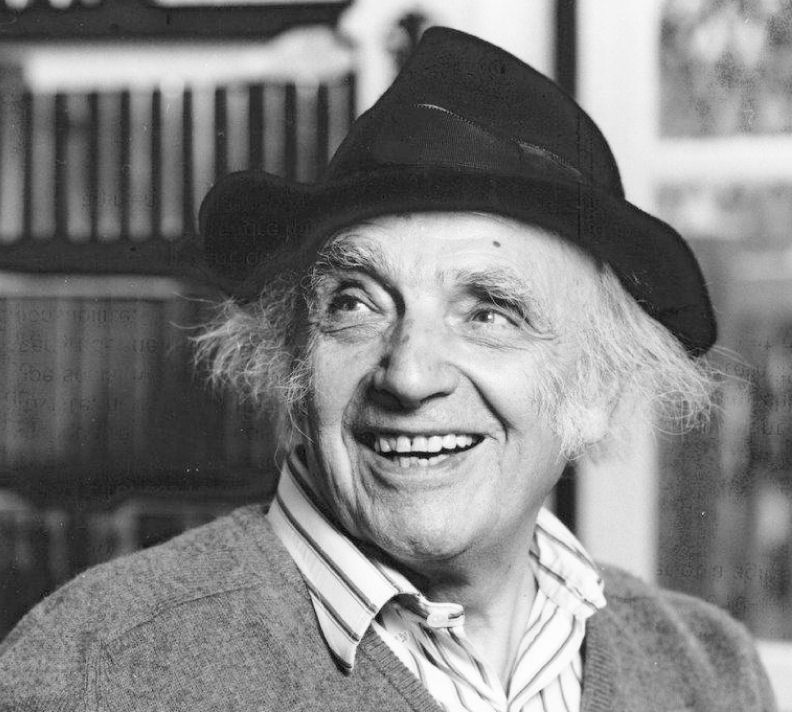 |
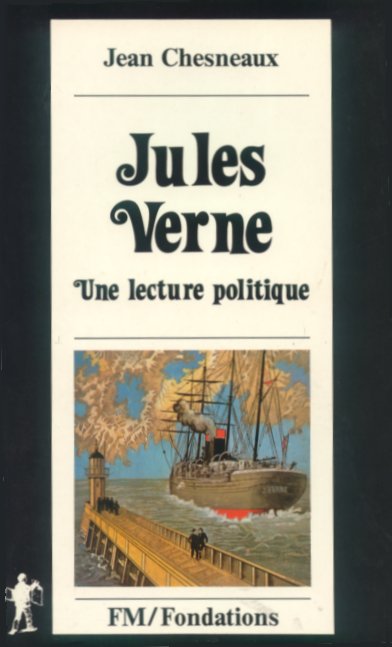 |
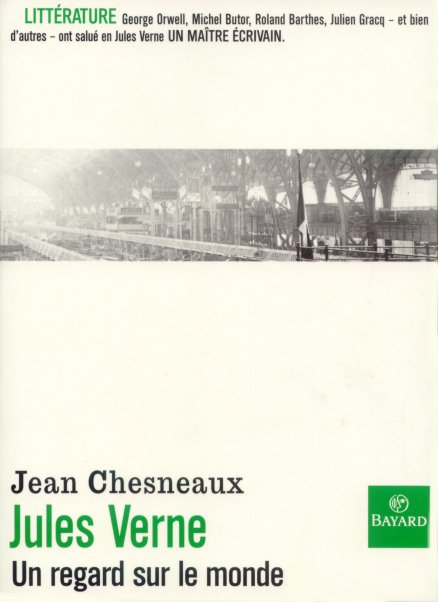 |
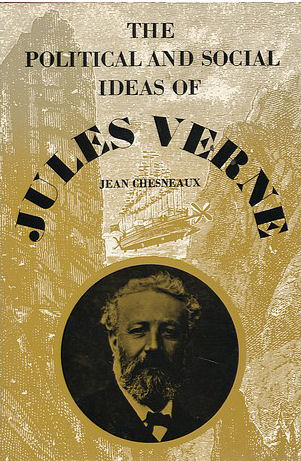 |
| Figure 49. Jean Chesneaux and his two books about the political ideas of Jules Verne (second edition of the first one in 1982, first edition of the second one in 2001, and the English translation, 1972) | |||
A new, important biography (Figure 50) was published in Paris by Hachette in 1973. Jules Verne's grandson, Jean-Jules Verne (1892-1980), wrote a book of 384 pages, full of details and memories about his grandfather [76]. This new family biography succeeded in shining a new light onto Verne's life, replacing the older and unreliable biography by Marguerite Allotte de la Fuÿe. Jean-Jules Verne's publication was important enough that this biography saw a second, corrected and improved edition in 1978 and was translated into English in 1976 [77]. Charles-Noël Martin was in contact with Jean-Jules Verne and the Municipal Library of Nantes keeps several letters in which Martin comments and critiques this biography. Family memories and comments about the letters between the Hetzels and Verne are the most interesting part of the book. Much less interesting (especially for Vernians) are the lengthy summaries of the novels.
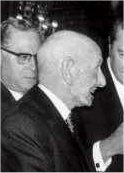 |
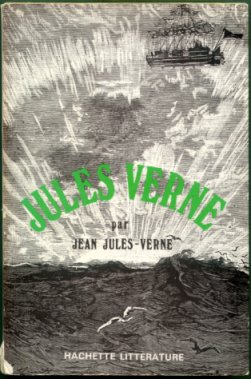 |
| Figure 50. Jean Jules-Verne (1892-1980) and the biography of his grandfather | |
After over 30 years of work in the field, Simone Vierne (1932-2016) (Figure 51) pioneered new paths in university Vernian scholarship. In 1973, she published her PhD dissertation—the first in France about Jules Verne—as an 820-page book treating Verne as an initiatory writer [78]. In 1989, Simone Vierne became emeritus professor at the University of Grenoble (France) where she had taught for many years and continued to publish books and numerous articles about Jules Verne. She was also a regular contributor to the Jules Verne Society.
In addition to the meetings of the French Jules Verne Society, Vernian researchers began to gather in other conferences and seminars, the first being held in Nantes in 1975. The second one took place in Amiens in 1977 and Cerisy la Salle hosted the third one in 1978, the year of the huge celebrations of Verne's 150th birthday. Even famed science fiction writer Ray Bradbury crossed the Atlantic to be present at the Cerisy la Salle seminar (Figure 52) [79].
 |
 |
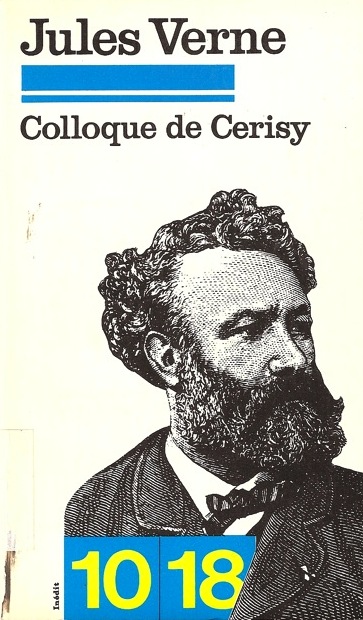 |
| Figure 51. Simone Vierne (1932-2016) and her PhD thesis Jules Verne and the Initiatory Novel | Figure 52. The Colloque de Cerisy of 1978 | |
These conferences were the first opportunity for several young promising talents in Verne studies to get together and to create a kind of esprit de corps which has caracterized the Vernian research since then. Some of the presenters and speakers would become the most influential Verne scholars during the 1980s and 1990s, such as Jean-Pierre Picot, Daniel Compère, Simone Vierne, Marie-Hélène Huet, Robert Pourvoyeur, Volker Dehs, François Raymond, William Butcher, and Olivier Dumas. These meetings also helped Jules Verne to eventually become part of the French literature canon, often considered as a closed world by French universities and professors of literature [80].
In 1976 began the publication of a collection of important French academic studies about Verne. Under the leadership and inspiration of literary critic François Raymond (1926-1993), who was the Satrape de Vernologie in the Collège de Pataphysique, the Série Jules Verne (Jules Verne Series or Collection) eventually produced eight issues through 2003, with each issue containing 8-10 scholarly articles on a specific Verne-related theme (Figure 53). The goal of the collection, in the mind of François Raymond and his publisher, Minard / Lettres modernes, was to help Jules Verne to join the ranks of the great writers (like Hugo, Zola, Molière, Voltaire, Rousseau, et al.) of the French literary tradition. The first six volumes were organized by François Raymond, the two last by Christian Chelebourg following Raymond's death in 1992.
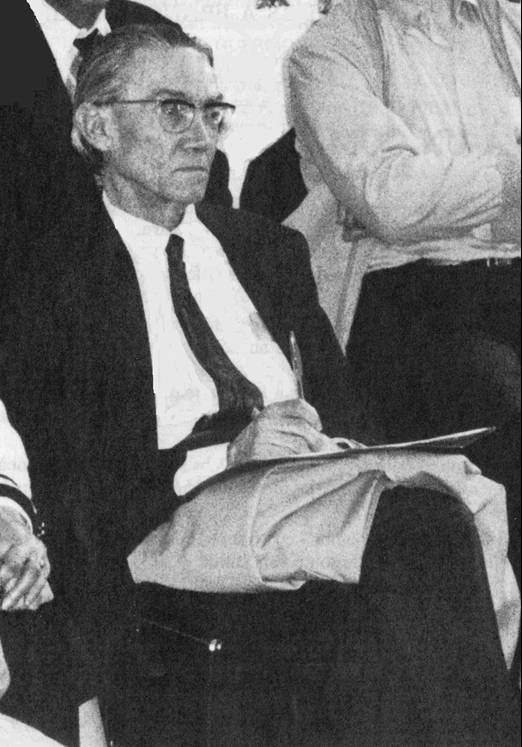 |
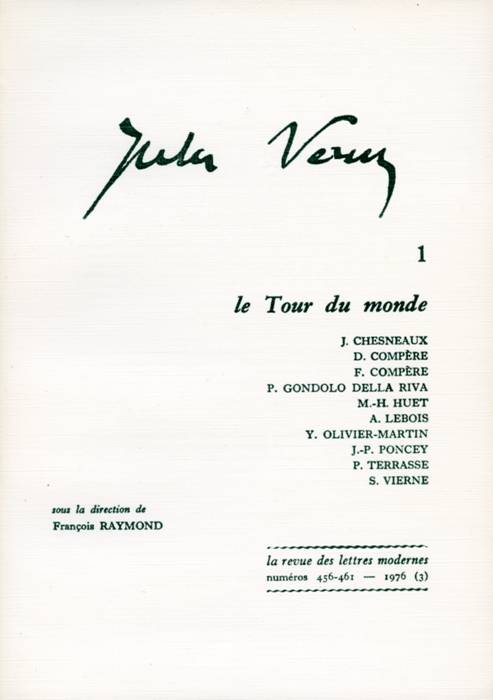 |
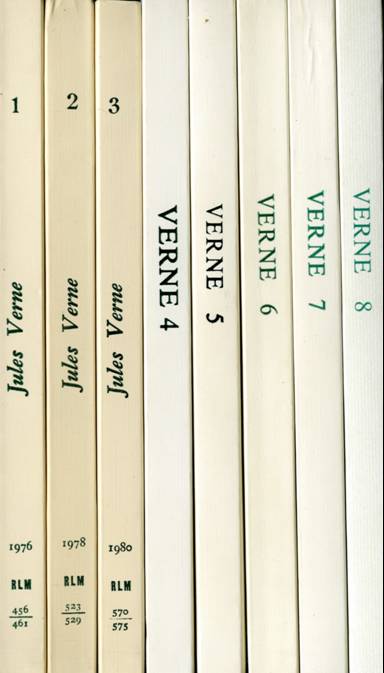 |
| Figure 53. François Raymond and the volumes of the Série Jules Verne | ||
The sixth volume opens with a tribute to Raymond by Chelebourg:
En dirigeant cette Série avec une rigueur et une finesse exceptionnelles, M. Raymond en fit, dès le premier numéro, paru en 1976, l'organe où se concentrait le meilleur de la recherche vernienne; et il contribua ainsi, avec efficacité, à l'une des œuvres qui lui tenaient le plus à cœur : la réévaluation littéraire de Jules Verne.
In directing this series with both rigor and exceptional finesse, Mr. Raymond created, from the first issue, published in 1976, a collection where was concentrated the very best Vernian research. In this way he contributed, with great effectiveness, to one of the goals closet to his heart: the literary reassessment of Jules Verne.
The thematic titles of these eight books demonstrate well the different tracks explored by Vernian research: Le Tour du monde (Around the World), L'Ecriture vernienne (Vernian Writing), Machines et imaginaire (Machines and Imagination), Texte, image, spectacle (Text, Image, Spectacle), Emergences du fantastique (Emergences of the Fantastic), La Science en question (A Question of Science), Voir du feu — contribution à l'étude du regard (Looking at Fire—Contribution to the Study of the Gaze), and Humour, ironie, fantaisie (Humor, Irony, Fantasy) [81].
As early as 1976, François Raymond and Daniel Compère identified two basic directions that Vernian research would take in the years to come [82]. In a short overview of French criticism on Verne published by Minard (Figure 54) the authors argue that the first direction would be in the area of « connaissance appliquée, inductive, opératoire » (applied, inductive, operative knowledge), a scholarship path opened by Butor in 1949, Moré in 1960 and 1963, and Vierne in 1973 with her first French PhD thesis about Jules Verne.
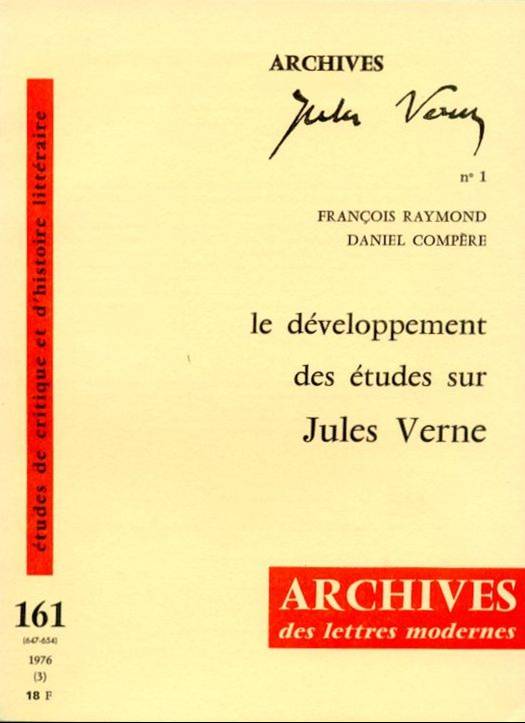 |
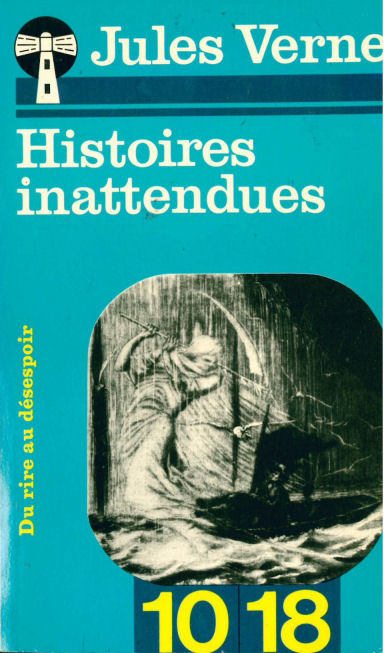 |
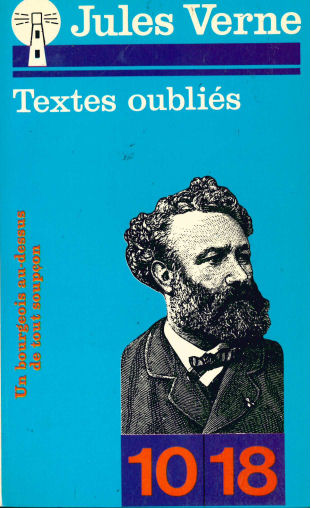 |
| Figure 54. The first book dedicated to Vernian research | Figure 55. Histoires inattendues and Textes oubliés in the 10/18 collection | |
And the second direction would be an expansion of the Verne “inventory,” by publishing everything Verne had written. That path was opened by the Rencontre (Lausanne, Switzerland) collection and by the Union générale d'édition books (Paris, with their 10/18 collection under the lead of Francis Lacassin) where several lesser-known Verne novels, never republished since the nineteenth century, were finally reprinted [83], and where other rare Verne texts were published in two volumes (Figure 55) with the titles of Histoires inattendues (Unexpected Stories) and Textes oubliés (Forgotten Texts).
Although not covered by the Raymond/Compère overview, the world of Anglophone Vernian research during the 1960s and 1970s also began to stir. The main problem for Vernian scholars outside of the French-speaking world is the fact that only his novels (and not all of them) were translated (and sometimes very poorly). This meant that the Anglophone research had to be done based on translations, instead of on the original texts, that only part of Verne's œuvre was available in translated form, and that very little modern French criticism on Verne was available in translation.
Sometimes the translations of the novels were rather good, those done in Portuguese or Russian for example. The most horrific translations were the English ones, done in such a bowdlerized way, so that some of them do not deserve to be called translations at all.
In the 1960s, NYU (New York University) professor Walter James Miller discovered and publicized the poor quality of the Mercier Lewis [84] translation of Vingt mille lieues sous les mers (Twenty Thousand Leagues Under the Seas), which is by far the most popular Verne text in the Anglo-Saxon world. Beginning in 1966, he published several good, complete, and reliable translations of the novel [85]. In 1976, he published the first critical edition of the novel, using and combining the two different published texts in French available to him at the time, the so-called pre-original edition (serialized in the Magasin d'éducation et de recréation, twice a month between March 20, 1869 and June 20, 1870), and the novel in book form by Hetzel (the in-octodecimo edition published by Hetzel on October 18, 1869 for the first volume, and on June 13, 1870 for the second volume and the in-octavo illustrated edition put on the market by Hetzel on November 16, 1871) [86].
In the late 1960s, still in the United States, a small group of Verne aficionados and science fiction fans came together, under the leadership of Ron Miller [87] and Lawrence Knight. They took the name of Dakkar Grotto. Historically, it might be considered as the second American Jules Verne Society, after the one of the 1940s, created by Willis Hurd. What remains of the club today is a fanzine, simply titled Dakkar, with two issues published, a third one planned, but never printed, making a total of 93 pages. The first issue (1967) was filled with essays by Ron Miller and Lawrence Knight, with a last page of text by Thomas Miller. The second issue (1968) carried the names of James Iraldi, Nathan Bengis (both from the previous AJVS), I.O. Evans, and Sam Moskovitz [88]. The third issue (1969) would have carried texts by I.O. Evans and H.J. Hardy.
The End of the 1970s and through the 1980s — New Texts and Facts
The year 1978 was the 150th birthday of Jules Verne. With the publication of many new studies, it was a turning point in the history of Vernian scholarship, and also in the worldwide reception of Verne.
French publishers discovered that they could make money by selling Jules Verne. Following the footsteps of Rencontre and the Livre de poche, several of them offered “complete works of Jules Verne” through monthly subscriptions (for example Michel de l'Ormeraie and Jean de Bonnot in France). In fact most of the readers usually bought only the best known novels which were the first printed in such collections and ignored the rest.
Hundreds of articles and dozens of books were published in 1978 worldwide, which made Verne even more popular. Although very few of them offered new information and new research discoveries (in the way that Moré or Chesneaux had done in the 1960s or early 1970s), they no doubt had a great influence on Verne’s reputation in the French university system. In 1978, for the first time, a novel by Jules Verne—Voyage au centre de la Terre (Journey to the Center of the Earth)—was placed on the French Agrégation reading list, an important recognition of Verne’s literary merit by French academe.
Included among the many books published in 1978 was a Freudian psychoanalytic study of Verne by Marc Soriano (1918-1994), whose analysis of Verne's works tended to “sexualize” them, especially by finding hidden meanings behind the names and word games [89]. Two other major Verne studies published in France in 1978 included the University of Nantes professor Christian Robin’s excellent Un Monde connu et inconnu [90] and Charles-Noël Martin’s previously mentioned La Vie et l’œuvre de Jules Verne.
In English-language Vernian research, the year 1978 saw the publication of Peter Costello’s fine study (despite its title) Jules Verne: Inventor of Science Fiction, Peter Haining’s very useful The Jules Verne Companion, and Walter James Miller’s second updated Verne translation, The Annotated Jules Verne: From the Earth to the Moon [91].
During the 1980s, several new and important contributions to Vernian research appeared in both French and English. The theme of machinery and machines in Verne’s novels, long considered an integral part of his general mythology, became the subject of detailed narratological analysis in 1982 by Jacques Noiray, who studied the role played by machines in the literary structure of the works of several French novelists during the second half of the nineteenth century [92]. In French academe, two PhD dissertations focusing on Verne were completed by Charles-Noël Martin [93] and Jean Delabroy [94]. And, a series of three international literary conferences on Verne were organized in Amiens, whose published proceedings featured many cutting-edge articles by Vernian scholars such as Jean Bessière, Simone Vierne, Robert Pourvoyeur, Olivier Dumas, Daniel Compère, Jean Chesneaux, Arthur Evans, William Butcher, Alain Buisine, and Christian Chelebourg [95].
Although during the 1980s, in addition to the ongoing publication of the Bulletin de la Société Jules Verne, four other noteworthy events occurred in France, pushing Vernian research to a higher level. In 1981, the Municipal Library of Nantes bought Verne's manuscipts from the Verne family, two new magazines were launched, two unknown plays were discovered, and some surprising breakthroughs were made concerning the sometimes huge differences in the texts of the Verne novels published after his death in 1905.
In 1981, the Municipality of Nantes acquired the Jules Verne manuscripts from Verne's family. Before a public auction could take place, the French government decided that his manuscripts should remain in France and they are now kept in Nantes. For the first time, a majority of Verne's hand-written rough draft of his novels, plays, and short stories were made available to scholars for consultation, and they are now available online since the mid-2000s (Figure 56) [96].
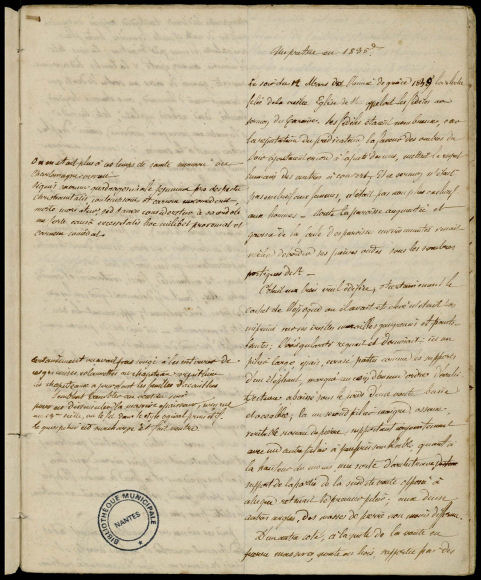 |
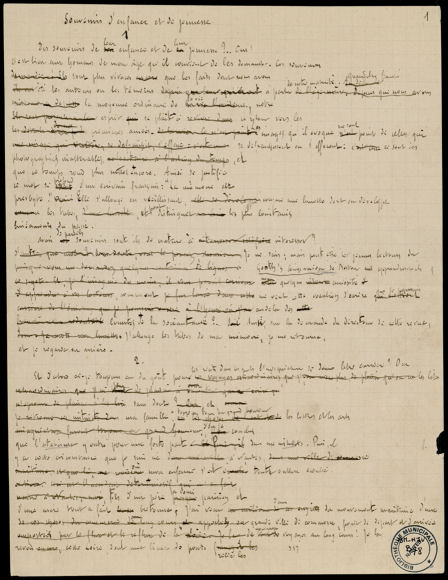 |
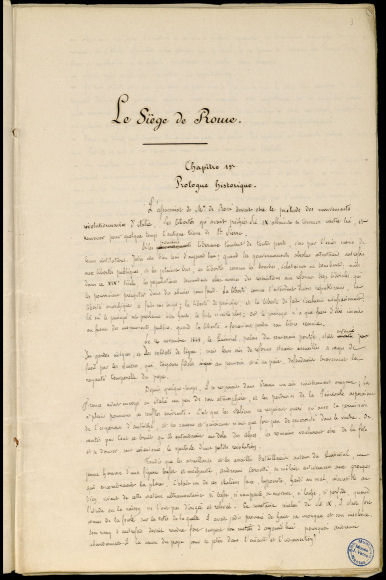 |
| Figure 56. Three first pages of Jules Verne manuscripts available online on the site of the Bibliothèque municipale de Nantes: Un Prêtre en 1835, Souvenirs d'enfance et de jeunesse, Le Siège de Rome | ||
Much of the research during the 1980s questioned and discussed many of the assumed “facts” about Verne's life and works which were previously regarded as true. Jules Verne was now viewed as a dynamic writer, passionate about politics and sociology, freedom-loving and rarely taking himself seriously, playing on words and filling his novels, plays, and stories with tongue-in-cheek asides and authorial winks so well hidden that, for a long time, his wholesome, grandfatherly public image was not affected.
During this decade, two new magazines began to be published in France. In 1981, the first issue of the Cahiers du Centre d'études verniennes et du Musée Jules Verne (Notebooks of the Center of Vernian Studies and the Jules Verne Museum) came out in Nantes (Figure 57), with a total of thirteen issues until 1996, when they became part of the Revue Jules Verne (Jules Verne Review).
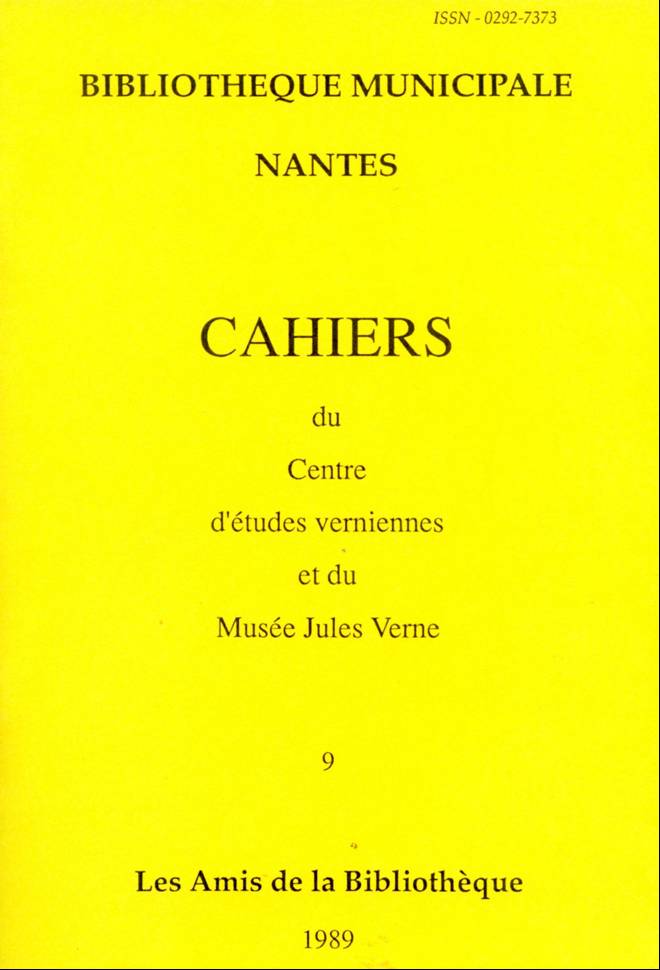
Figure 57. Cover of the Cahiers of Nantes
In Amiens, for eleven years, from 1985 to 1995, the Centre de documentation (Documenation Center) published thirty-six issues of a newsletter, with a very simple title: J.V. In a similar way as did the Bulletin de la Société Jules Verne, the J.V. of Amiens (Figure 58) as well as the Cahiers of Nantes have published many articles by scholars, researchers and academic specialists, not only from France, but also from other countries.
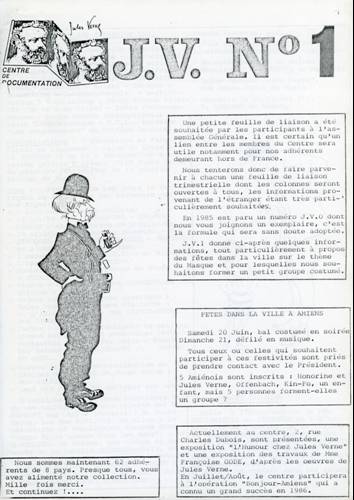 |
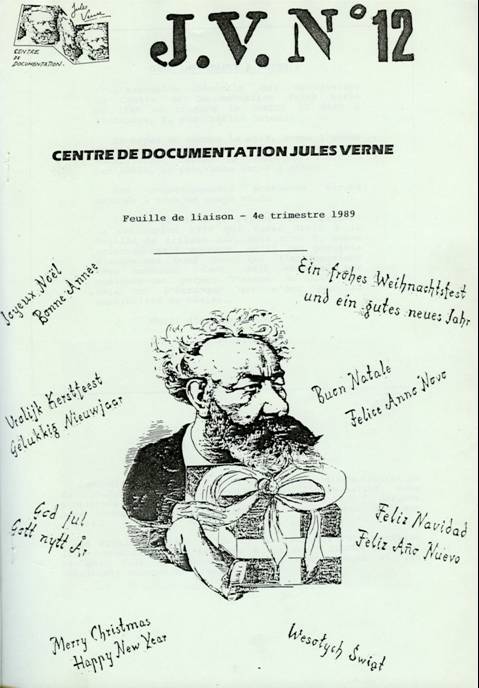 |
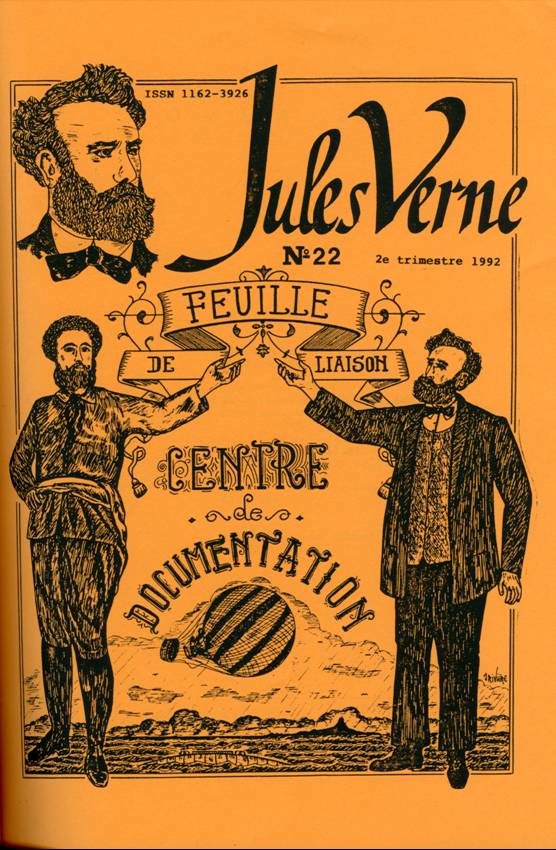 |
| Figure 58. Three covers of the J.V. of Amiens | ||
To sum up, in the 1980s, there were four venues for publication about Jules Verne available in France: the Bulletin de la Société Jules Verne, the J.V. in Amiens, the Cahiers in Nantes, and the volumes published by Minard in the collection Série Jules Verne. Still today, these four publications remain an indispensable source of information for researchers and scholars.
In terms of primary materials, the letters between Hetzel and Verne at the National Library in Paris had not yet been published and were still available only on site. Only obscure texts (some not even known by scholars) had been republished in collections like Rencontre, 10/18 or in the four French magazines. A few lesser-known stories had been translated into English before the 1980s, like “Fritt-Flacc,” “Story of my Boyhood,” “Gil Braltar,” and “A Voyage in a Balloon” [97].
Two plays were discovered in 1979 in the Archives of the Censorship Office of the Third French Republic. In the 1870s Emperor Louis-Napoléon created the Censorship Office which functioned until 1906. Every play had to go through the Censorship Office before being allowed to be performed on stage. These two plays had to follow the same procedures and were copied by hand by an employee of the Office. They were performed on stage, and the newspapers of the time reported about them.
So, Verne scholars knew about the plays (through the reviews), but the common opinion was that the text of them was lost. When the Vernian community learned about their discovery, the excitment was such that every specialist of Verne wanted these texts to be published as quickly as possible.
Voyage à travers l'impossible (Voyage Through the Impossible) and Monsieur de Chimpanzé (Mister Chimpanzee) were made available to the public in 1981 [98]. The discovery of these two unknown texts (Figure 59) marked the beginning of a great many other unexpected finds, something that still continues today.
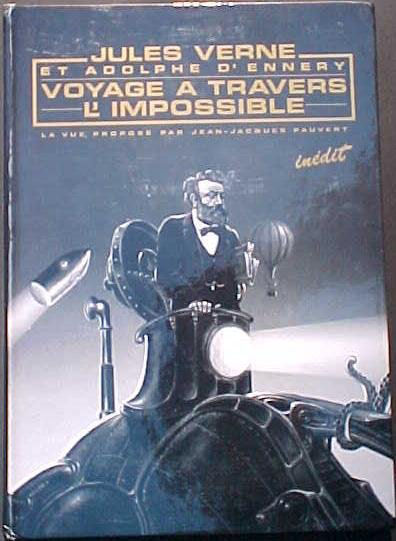 |
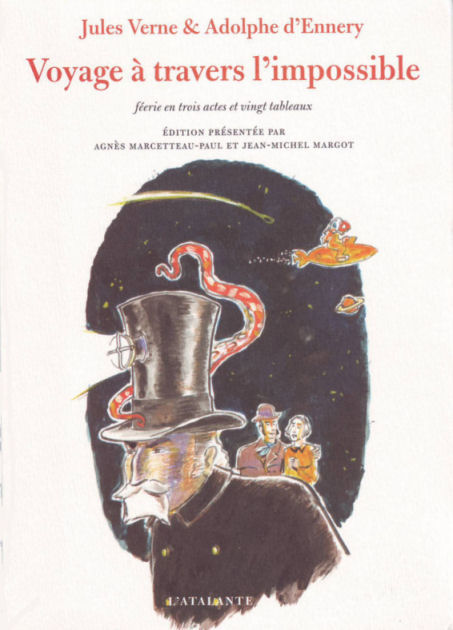 |
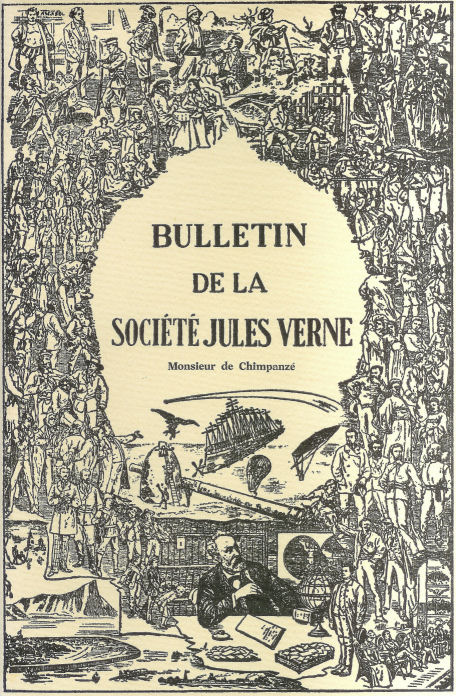 |
| Figure 59. Cover of the two editions of Voyage à travers l'impossible and of Monsieur de Chimpanzé | ||
For example, another discovery was made during the same time period, but pertaining to Verne's life. The only knowledge scholars had about Verne's life was related by Marguerite Allotte de la Fuÿe in her biography of 1928 and by Jean-Jules Verne's more accurate but still spotty biography of 1973 and 1978. And an important missing part was the relationship between Jules Verne and his son Michel.
Suspicion of a possible collaboration between father and son in the composition of Jules Verne's later works became a growing topic of discussion among the Vernian specialists. In 1978, Piero Gondolo della Riva convincingly demonstrated not only that such a collaboration existed, but also that all of Verne's posthumous novels published by Hetzel and Hachette from late 1905 to 1919 had been completely or partially rewritten by his son Michel [99]. This revelation was like an earthquake that shook the Vernian world. The discovery of the manuscripts written by Jules Verne himself allowed researchers to compare the original texts and the 1905-1919 publications. As a result, the Société Jules Verne immediately began to publish Verne's manuscripts of the five posthumous novels that were modified by Michel (Figure 60 and 61) [100].
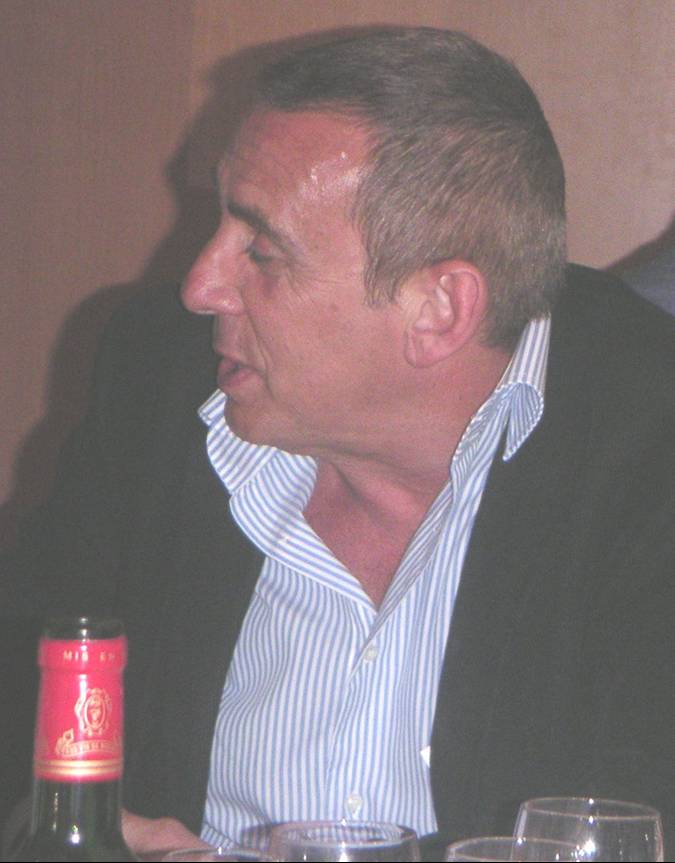 |
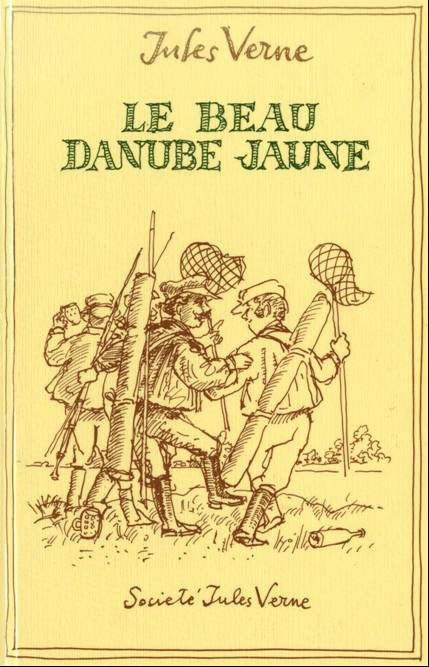 |
| Figure 60. Piero Gondolo della Riva and one of the original posthumous works by Jules Verne, edited by the Société Jules Verne | |
It was also found that two other novels, L'Agence Thompson and Co. (The Agency Thompson and Company) and L'Etonnante aventure de la Mission Barsac (The Astonishing Adventure of the Barsac Mission) were totally written by Michel and published under his father's name. Michel was a good writer too and wrote several pieces published under his name. The controversy is still going on among the Verne scholars to know if the modifications made by Michel were improvements or mutilations of his father's texts. Each reader must decide. As example, the character of Zéphyrin Xirdal was added by Michel in La Chasse au météore (The Meteor Hunt).
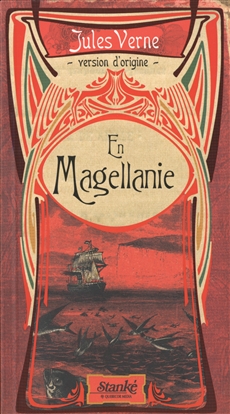 |
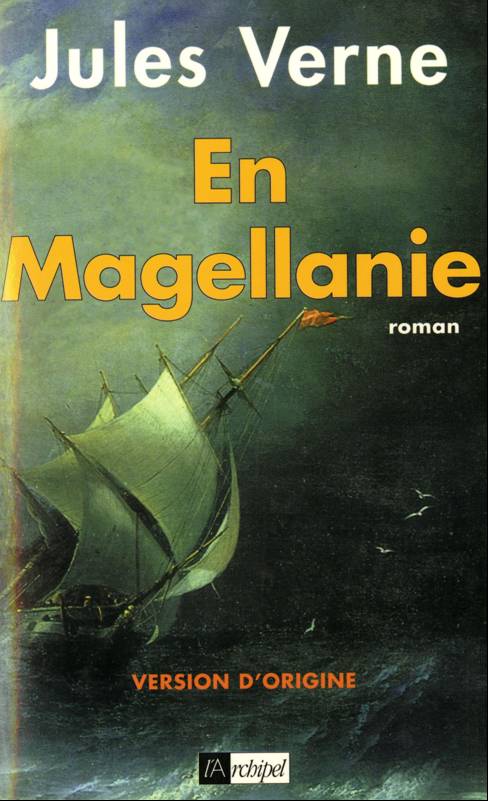 |
| Figure 61. Two of the original posthumous works by Jules Verne, edited by Stanké in Montréal and L'Archipel in Paris | |
Recently, the English translation of the original manuscripts of these posthumous novels were made available to English-speaking readers [101].
At the end of the 1970s and thoughout the 1980s, it became obvious that more bibliographic tools on Verne and his Voyages extraordinaires would be very useful to scholars and researchers. No complete bibliography existed of Verne's primary works or of the growing secondary literature about them. At the end of the 1980s, three bibliographies (Figure 62) appeared that helped to boost Vernian studies worldwide [102]. Two were in French by Piero Gondolo della Riva and Jean-Michel Margot, and one was in English by the American bibliographic team of Edward Gallagher, Judith Mistichelli, and John Van Eerde.
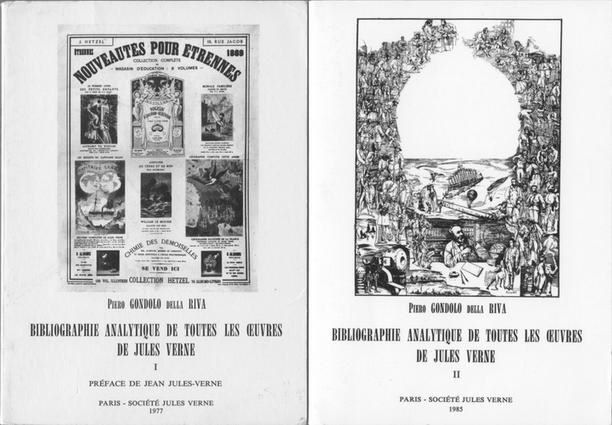 |
|
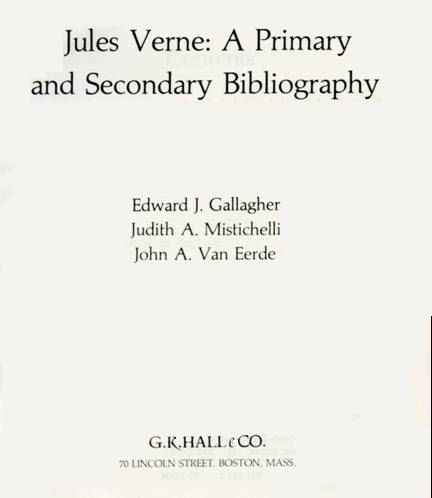 |
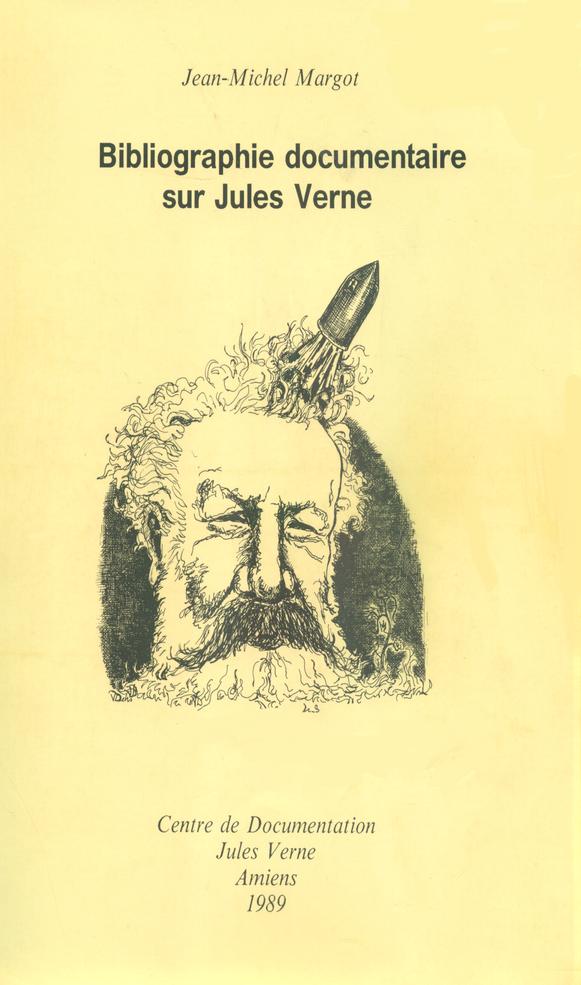 |
| Figure 62. The three bibliographies about Jules Verne available during the 1980s | |
With Verne now being recognized as a true literary writer, book collectors were more and more interested in the beautiful and shiny Hetzel bindings (« cartonnages »). Even if collecting the Hetzel bindings is not really part of the “Vernian studies”, it can be considered as a viable research area, due to the fact that over more than 100 years, from 1863 until today, the Verne editions are tracked and studied. Two main bibliographies by André Bottin and Philippe Jauzac have attempted to catalog all the variations of the bindings [103].
Approaching the End of the Twentieth Century — Deepening Vernian Research
In the history of spreading knowledge, humanity has passed through three main phases. The first was to use handwriting to transmit information, the second involved printing it in books, today knowledge is digital and, with the Internet, we are disseminating information at the speed of light. That's why you are able to read what you are reading now./p>
In the 1990s, globalization began and slowly the way in which Verne and his works were researched had to change too. In addition, the end of the century and the approaching millenium was also a time of consolidating the discoveries and the new ways of looking at Verne's works that had been developed during the past few decades.
In France, in 1996 began a period of transition which gradually replaced the Compère family with younger and less experienced people to lead the Jules Verne Documentation Center in Amiens. By 1996, the Center replaced the publication J.V. whose look was obsolete and replaced it with Revue Jules Verne (Jules Verne Review) with its 38th issue published in 2015 (Figure 63).
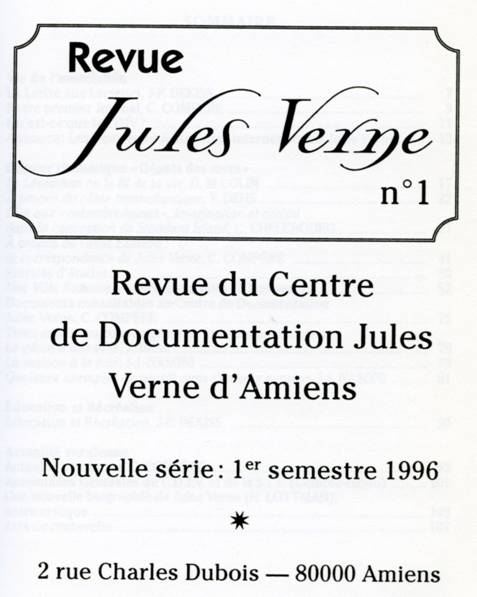 |
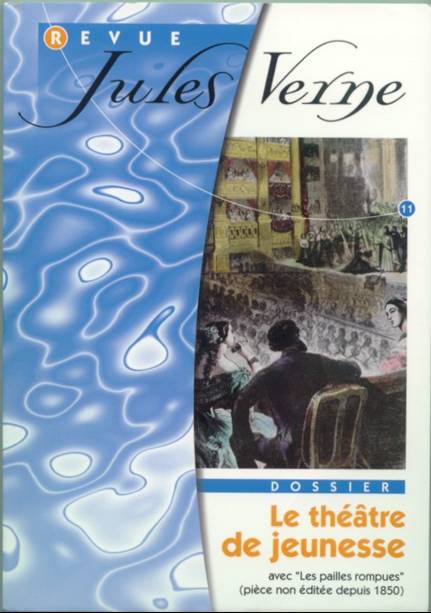 |
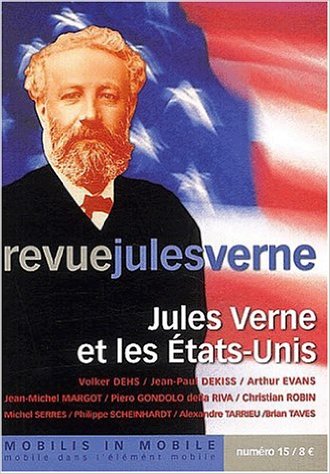 |
| Figure 63. The Revue Jules Verne published by the Jules Verne Center in Amiens | ||
Two “new” Verne publications (Figure 64) appeared in 1989 with Voyage en Angleterre et en Ecosse (Travel to England and Scotland) [104], followed the same year by Poésies inédites (Unpublished Poems) [105].
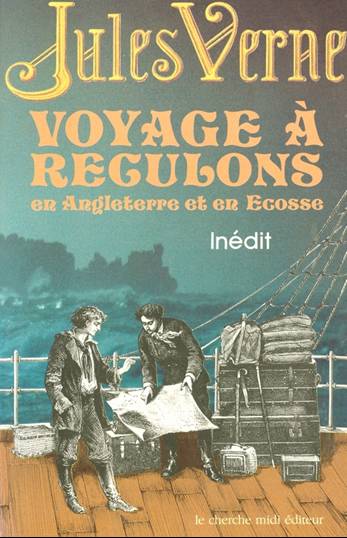 |
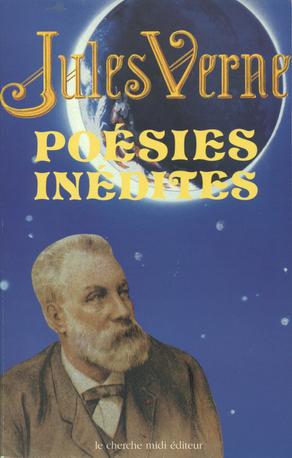 |
| Figure 64. The Verne's Travel to England and Scotland and the Poems | |
The same Parisian publisher also added three other “new” volumes [106] in 1991, 1992 and 1993, to have his Bibliothèque Verne (Verne Library) complete. All the volumes have notes and comments by Christian Robin. A sixth volume was added in 2005, presenting the unpublished plays and introduced also by Christian Robin [107] (Figure 65).
Like all the previous volumes, using the Nantes manuscripts, this book on Verne's theater presented for the first time more than a dozen plays, with titles like La Conspiration des poudres (The Gunpowder Plot/Conspiracy), or Les Heureux du jour (Happy for One Day).
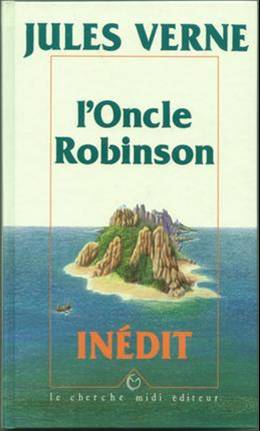 |
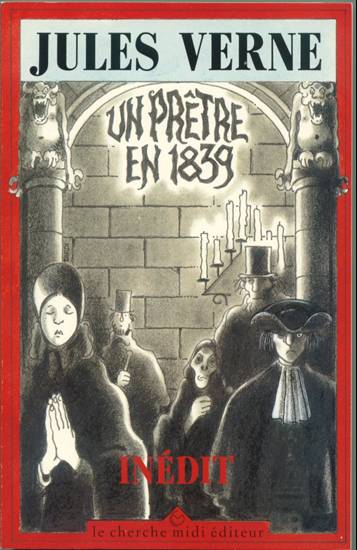 |
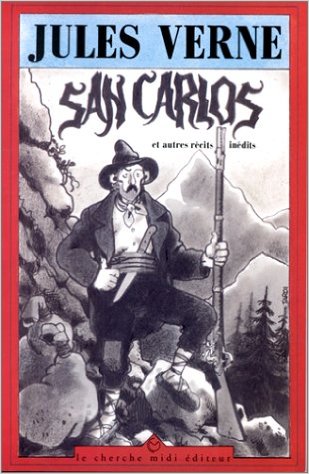 |
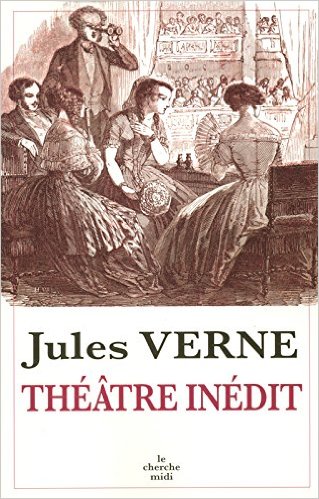 |
| Figure 65. Covers of Uncle Robinson, A Priest in 1839, San Carlos, and the Unpublished Plays | |||
Fourteen years earlier, in 1991, the Municipal Library of Nantes published three volumes containing the transcript of the unpublished manuscripts. Done quickly, these three volumes (Figure 66) were printed with 30 copies each, to ensure the copyright rights of the City of Nantes on the unpublished Vernian texts [108].
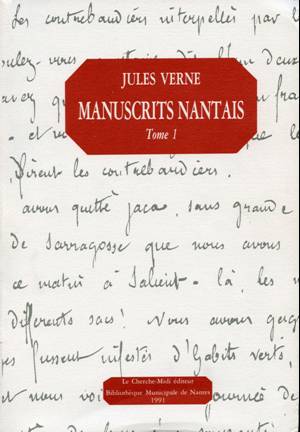 |
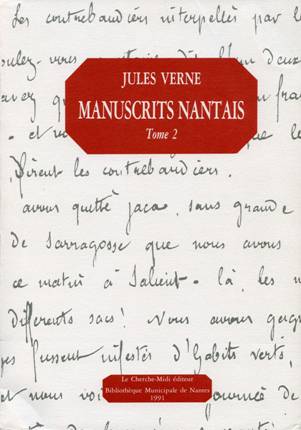 |
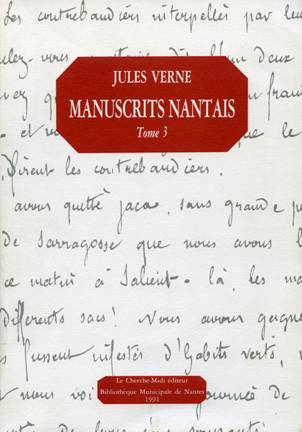 |
| Figure 66. The three volumes of the Manuscrits nantais | ||
In 1994, the discovery of the manuscript of Paris au XXe siècle (Paris in the 20th century) drew a great deal of media attention of Verne's œuvre (Figure 67), and the manuscript was acquired by the City of Nantes in 2000 [109].
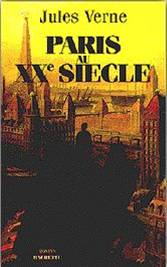 |
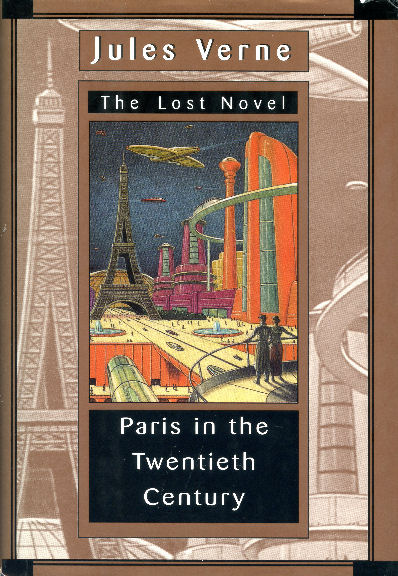 |
| Figure 67. Paris au XXe siècle and Paris in the Twentieth Century | |
At the same time, it became obvious that the letters between Hetzel and Verne available for research in the National Library of France in Paris should be published with notes and comments.
The correspondence between the Hetzels (father and son) and the Vernes (father and son), which had been hibernating at the National Library of France in Paris since 1965, soon became available to scholars and the general public. As mentioned previously, between 1999 and 2006, the Swiss publisher Slatkine printed five volumes edited by Olivier Dumas, Piero Gondolo della Riva, and Volker Dehs (Figure 68), which contained more than 700 letters, a huge gift to Vernian researchers [110].
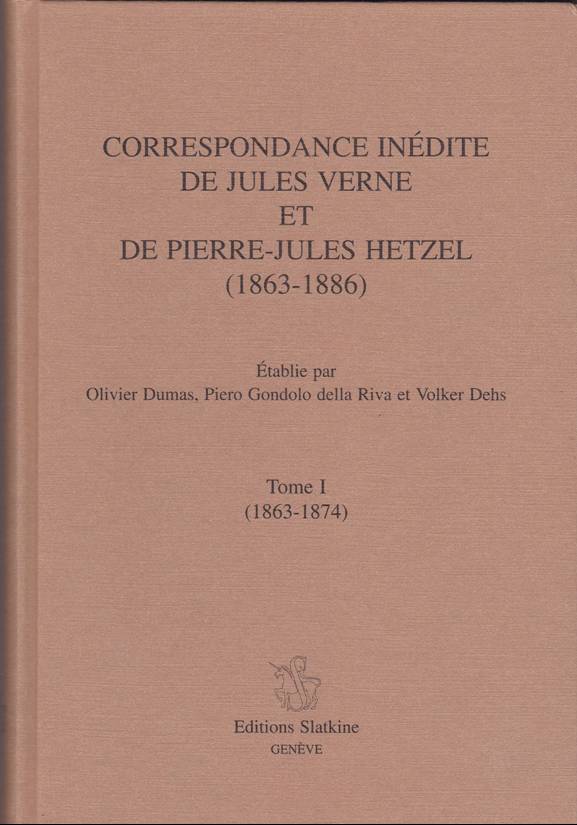 |
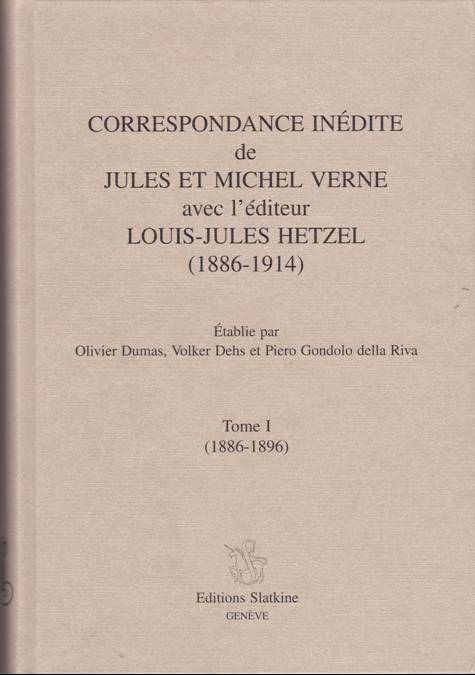 |
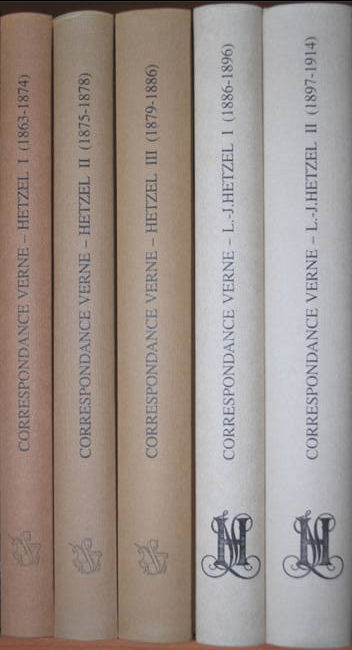 |
| Figure 68. The five volumes of letters between the Hetzels (father and son) and the Vernes (father and son) | ||
Jules Verne didn't write only to his publishers, but also to his family and his friends. There are thousands of letters as yet undiscovered and unpublished. Verne's correspondence remains far from being identified and organized in any systematic way. Some letters to friends or family members remain inaccessible in private collections. Auctions are relatively rare, and online auction sites offer in most cases only short answers sent by Verne to his readers worldwide. Very courteous, Verne answered all letters he received with such short thank you notes, and they cannot all be listed. There are just too many and they are without interest for Vernian research. The biggest part of his non-editorial correspondence has been published already in 1936 by Turiello and in 1938 by Guermonprez in the Bulletin de la Société Jules Verne. Slowly some other letters were published until 1988, when Olivier Dumas published his Verne biography with 191 letters by Verne to his family [111]. Even today, new Verne correspondence is published when a discovery is made and it is deemed worthy of publication. The most accurate list of Verne's published letters can be found in Dehs's Bibliographic Guide, discontinued in 2002 [112].
During the end of the late 1980s and the early 1990s, the “old guard” of Vernian scholars was slowly replaced by newer and younger researchers. Several monographs were published, some as result of PhD dissertations. All of these scholars became members of the Société Jules Verne in France or the North American Jules Verne Society, founded in 1994. Daniel Compère in France, Volker Dehs in Germany, Robert Pourvoyeur in Belgium, Piero Gondolo della Riva in Italy, Andrew Martin in the U.K., William Butcher in the U.K. (later in Hong Kong), Arthur B. Evans, Brian Taves and Walter James Miller in the United States filled the final decade of the century with their writings, bringing a “truer” Jules Verne to a wider audience.
Following the path opened decades before by Butor and Moré, they offered deeper and more exegetical studies of Verne's œuvre. After decades of looking at Verne's works (mainly the novels) biographically and thematically, it was time to study the way he wrote, analyzing his sources, the narrative structure of his writings, connecting them together, and studying his writing style.
Walking in the footsteps of the psychiatrist Lacan [113], and the literary theorists Genette [114] and Barthes [115], several younger Vernian scholars and researchers published books and articles on Verne, which applied their ideas in critical theory, literary theory and structuralism.In France, Daniel Compère published two books showing Verne's literary credentials and analyzing his works within a literary perspective [116]. Compère argued that the creative originality of Jules Verne is visible in the way he stands out from his rewritten or assimilated models, extending even up to parody and reaching the metatextual level (Figure 69).
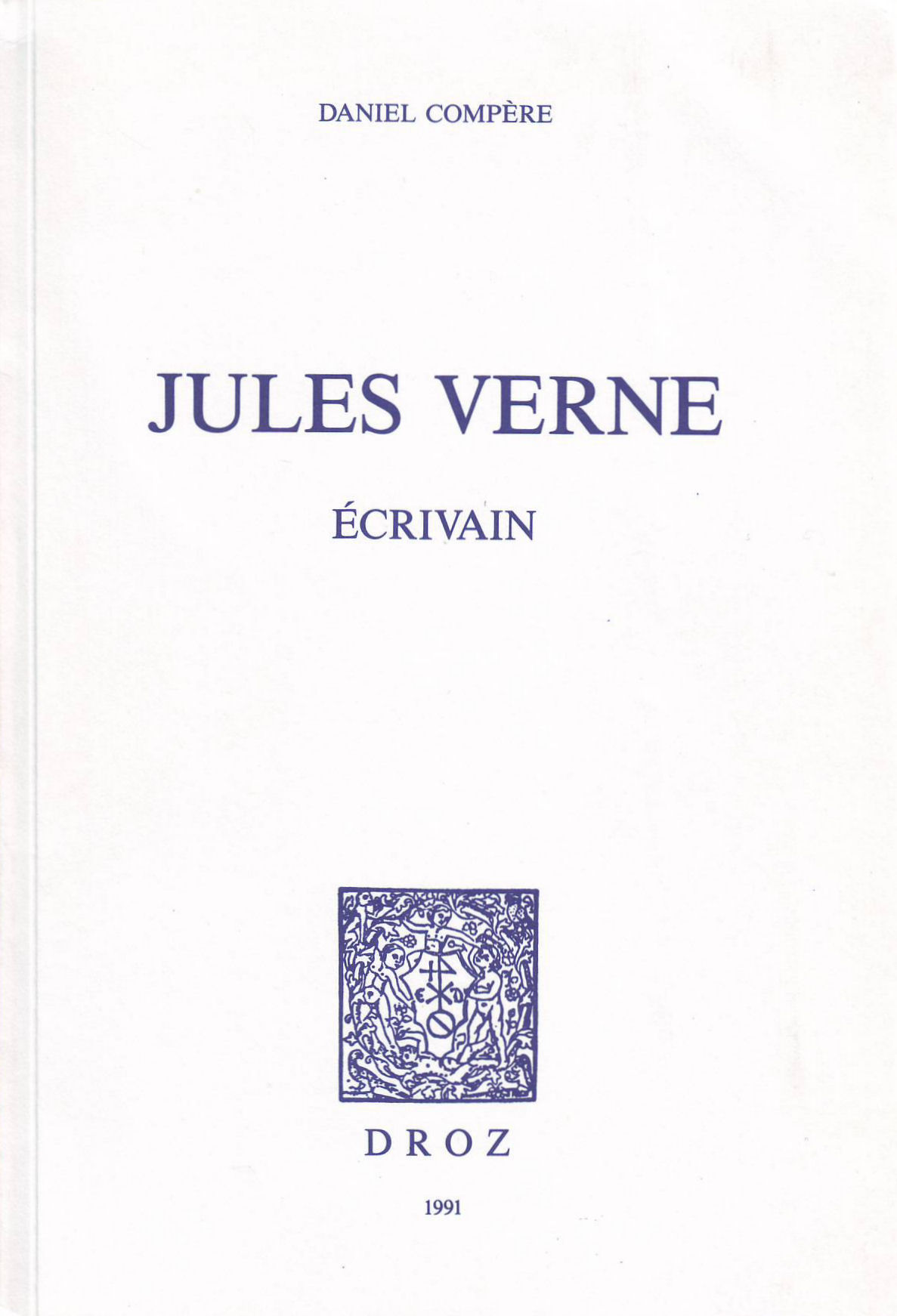 |
 |
| Figure 69. The two Compère books, being a good introduction to Verne, the writer | |
Besides his letters and speeches, there is another way to get (almost) the first words from Jules Verne about his life and writings. Several journalists and celebrities visited him in his home in Amiens and published their interviews. The first collection of Verne interviews, edited by Daniel Compère and Jean-Michel Margot, was published in 1998, covering the time period between 1873 and 1905 with 32 interviews of Jules and 2 of Michel (Figure 70) [117].
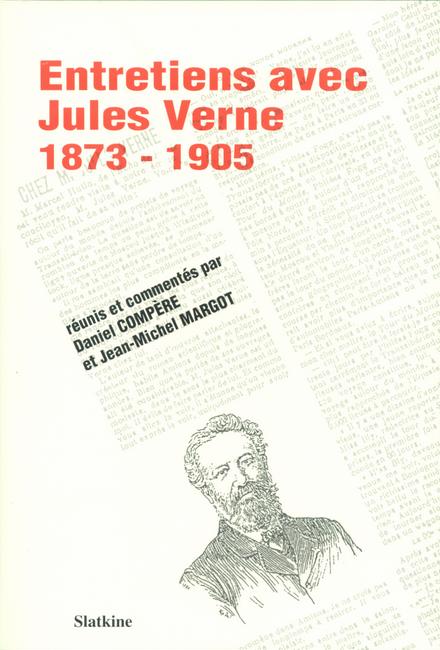
Figure 70. Cover of the first book with Verne's interviews
Reading Verne from a psychoanalytic perspective, Christian Chelebourg published in 1999 a very thorough reflection on the Vernian corpus distinguishing between two fundamental fantasies that determined and marked Verne's imaginary world: the visual linked to the emancipation from a too powerful father and the domestication of the orality connected to the image of the mother [118].
Applying the structuralist methodology to the Voyages extraordinaires (Extraordinary Voyages) since the 1970s, in 2002 Michel Serres [119] offered a new vision and explanation of geometrical patterns, mythical and mythological themes, games, transfer of energies, utopias, and starvation themes in Verne's works.
A professor at the University of Montpellier, Jean-Pierre Picot (born in 1946) became a Verne scholar and specialist without publishing a book about Jules Verne until the end of the century. Instead, he wrote dozens of articles in collected essays about Verne or connected subjects. Minutes or reviews of workshops, colloquia, and meetings also document Picot's presentations. Writing on many varied subjects, such as vehicles, volcanoes, vampires, islands, regression (and more) in Verne's works, Picot concentrated his studies mainly on the themes of tombs and death, the fantastic, the unspeakable, the invisible, and the immeasurable in Verne's works. The list of his publications is available in Dehs's Bibliographic Guide [120].
In the 1990s, a group based at the University of Besançon, published a few books and articles about Jules Verne, without any connexion to other Vernian entities, like the Société Jules Verne, the Documentation Center in Amiens or the Municipal Library in Nantes. Under the leadership of Florent Montaclair and Yves Gilli, at least two book titles by them from 1998 and 1999 deserve to be mentioned [121].
In Belgium, for decades, the Verne scholar was Robert Pourvoyeur (1924-2007). From his first article about Verne published in 1955 [122], he never stopped studying Jules Verne. Recognized worldwide as a specialist of Jacques Offenbach, he became the specialist of Verne the playwright, publishing dozens of articles in specialized journals about Verne's relationships with Hignard and Offenbach, and about operettas and zarzuelas [123]. Speaking fluently in a dozen of languages, professor at the University of Antwerpen, Pourvoyeur (Figure 71) was also the director of information and documentation of the European Communities in Brussels. In 1988 he published the best Verne biography available in Dutch, and in 1994 a biography in French of Jacques Offenbach [124].
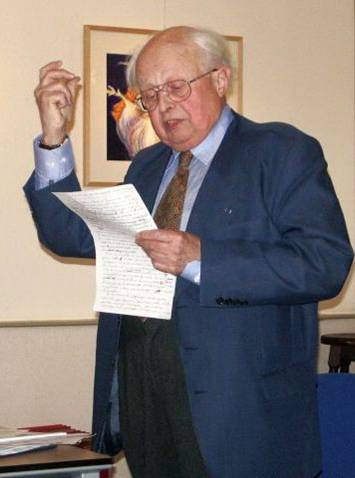 |
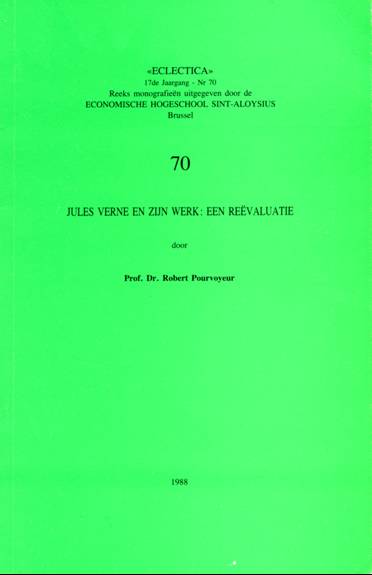 |
 |
| Figure 71. Robert Pourvoyeur (Dutch JV Society archives) and his two main books about Verne and Offenbach | ||
In Italy, following the lead of earlier Vernians such as Mario Turiello, Edmondo Marcucci, and Fernando Ricca, Piero Gondolo della Riva (born in 1948), was able not only to gather the most important and prestigious collection of Jules Verne's works and memorabilia, but also, using his collection as a source of information, to become a specialist and scholar of Verne's life and writings (Figure 60). Publishing many articles, especially in the Bulletin de la Société Jules Verne and Europe, he was able to add significantly to our understanding of Verne. In 2000 his collection was sold to Amiens Métropole (the French area of which Amiens is the center) and is managed by the Bibliothèque municipale d'Amiens (Public Library of Amiens).
Other collectors, like Philippe Burgaud (Figure 72) in France or Eric Weissenberg (Figure 73) in Switzerland, also used their collections to publish articles about the French publisher Hachette, movies inspired by Verne, and the Hetzel bindings, the so-called « cartonnages » [125], [126].
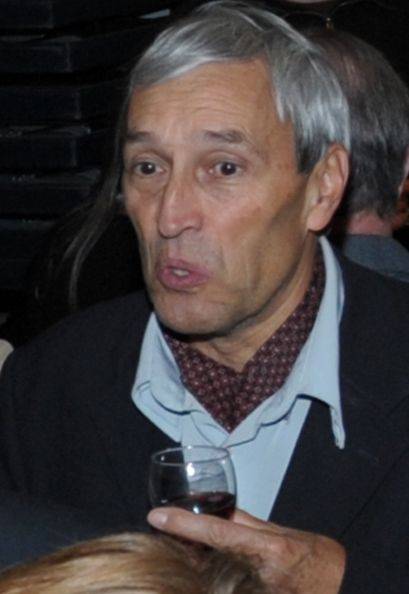 |
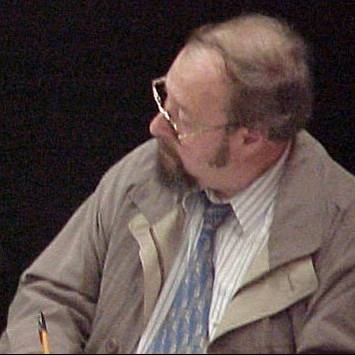 |
| Figure 72. Philippe Burgaud (born in 1942) | Figure 73. Eric Weissenberg (1945-2012) |
In Romania, two literary critics became specialists of Verne. Ion Hobana (1931-2011) was a leader of the Writer's Society of Romania (Figure 74). Besides Verne, his interests were science fiction and ufology. He wrote several books about Verne, and, being in Romania, did some concentrated research on Le Château des Carpathes (The Castle in the Carpathians), searching for the real castle through several articles published between 1978 and 1990 [127].
Lucian Boia (born in 1944) is a professor at the University of Bucarest, and a specialist in the history of myths and fantasies in the Western world (Figure 75). Fluent in French, he wrote several articles about Verne in the Bulletin de la Société Jules Verne and published a book in 2005 [128].
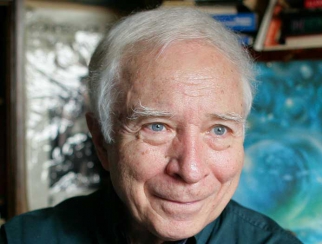 |
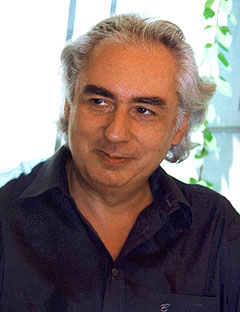 |
| Figure 74. Ion Hobana | Figure 75. Lucian Boia |
“The best living specialist of Verne” (« Le meilleur spécialiste vivant de Verne »), according to Christian Chelebourg is German [129]. Over the years, like a detective, Volker Dehs (Figure 76) has discovered a great many unknown writings by Verne. Beginning in 1979, he published his scholarly findings, in German and in French, and for several decades, he has contributed to Vernian research with higly original and important studies. He has published several books about Jules Verne, among them two biographies, both in German (Figure 77). His most recent biography has recently been translated into Japanese. A French translation of it should be published in 2018 [130].
 |
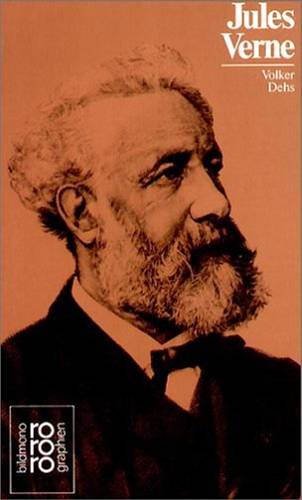 |
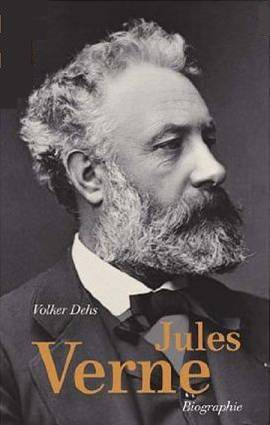 |
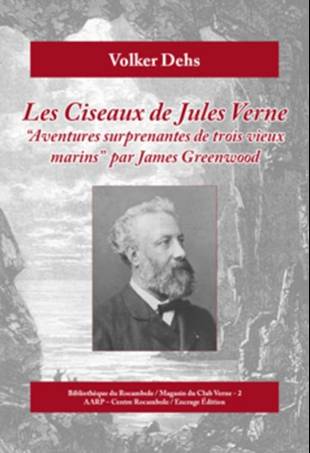 |
| Figure 76. Volker Dehs (born in 1964) and his first Verne's biography | Figure 77. Dehs's second biography and one of his books published by encrage (Amiens) | ||
During the 1990s, three new Jules Verne Societies were formed, in North America in 1993 and in the Netherlands and Croatia in 1997.
Since September 1994, with the help of the best Dutch living Verne specialist, Garmt de Vries-Uiterweerd (born in 1977), the Dutch Society (Jules Verne Genootschap) has published a quarterly bulletin, De Verniaan. Almost every issue is centered on a Verne novel and the whole collection represents a treasure trove of information about the reception of Verne in the Netherlands and provides insights on all the novels discussed there. The first issue dates back to 1994 and at that time, the Genootschap was just a group of people with a shared interest, and one of them was enthusiastic enough to start editing a magazine. It took three years before the Genootschap was officially founded as an association with statutes and the like. In October 1999, the Jules Verne Genootschap published a bibliography of the many Dutch editions of Jules Verne. This book, nicely illustrated in color, is a model of what can be done to publish a Verne bibliography in a specific language [131]. It is an indispensable tool not only for collectors, but also for researchers (Figure 78).
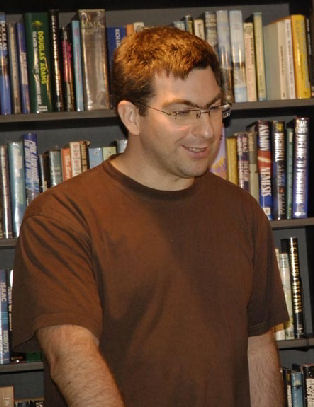 |
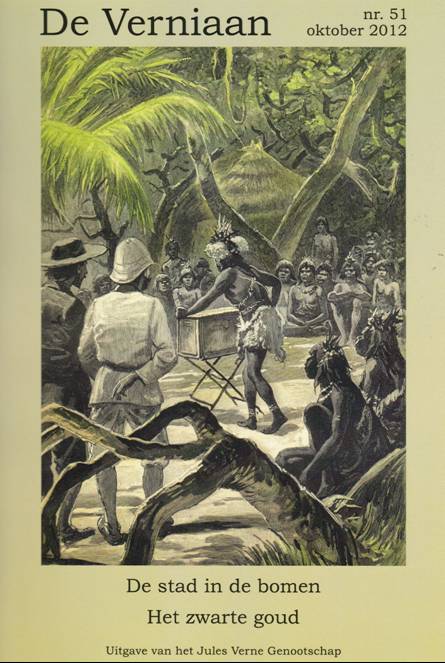 |
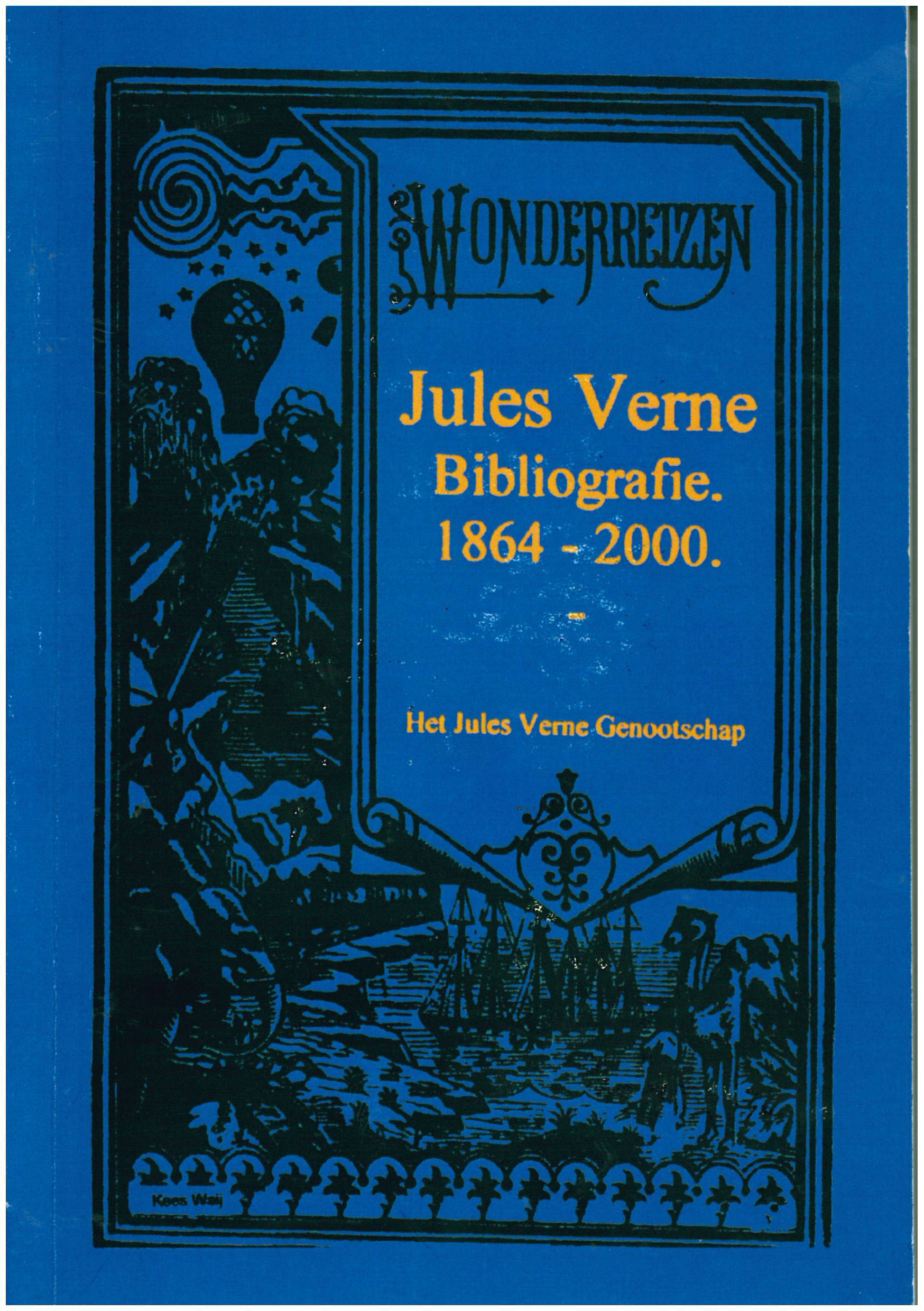 |
| Figure 78. Garmt de Vries-Uiterweerd and the covers of De Verniaan and of the Dutch Jules Verne bibliography (third edition) | ||
Mathias Sandorf begins in what is today Croatia. During Verne's lifetime the Istria peninsula was part of the Austro-Hungarian Empire. The beginning of the story happens in Pazin (or Pisino in Italian—name used by Jules Verne in the novel—or Mitterburg in German), administrative seat of Istria. In 1997, the journalist Davor Šišović (born in 1965) created the Jules Verne Club centered on Mathias Sandorf, and, through his presentations in international Vernian meetings, he made the Verne novel more popular and better known among scholars. The Club published several issues of a magazine Bilten (Figure 79). An original way to become a member was invented by the club: no membership fee, but a donation of a Verne book (any language, Verne being one of the most translated authors worldwide) to the club. Their collection is housed by the Municipal Library of Pazin.
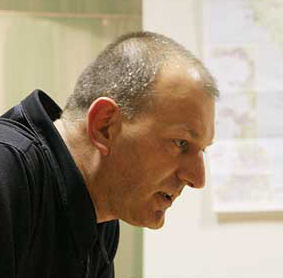 |
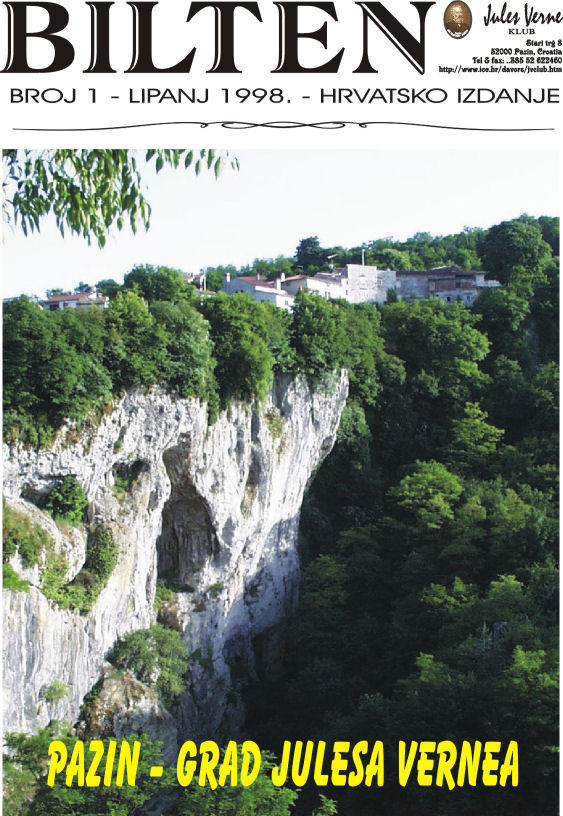 |
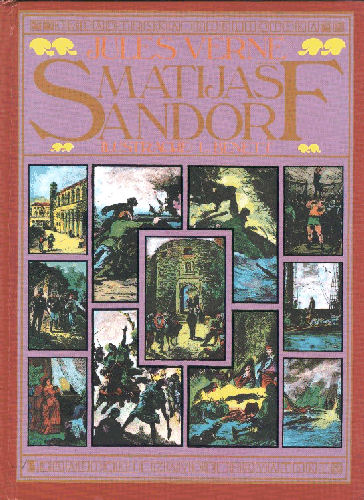 |
| Figure 79. Davor Šišović, the cover of Bilten and the translation of Mathias Sandorf in Croatian | ||
In 1993, seven American and Canadian Verne collectors and fans came together and founded the North American Jules Verne Society (NAJVS). In 1994 began publication of their newsletter Extraordinary Voyages (Figure 80), which has appeared on a quarterly basis. It took a few years for the NAJVS to evolve from a collector's club to a group where Vernian research became the main focus. The end of the 1980s and the 1990s represent a kind of Golden Age of Vernian research in Anglophone countries.
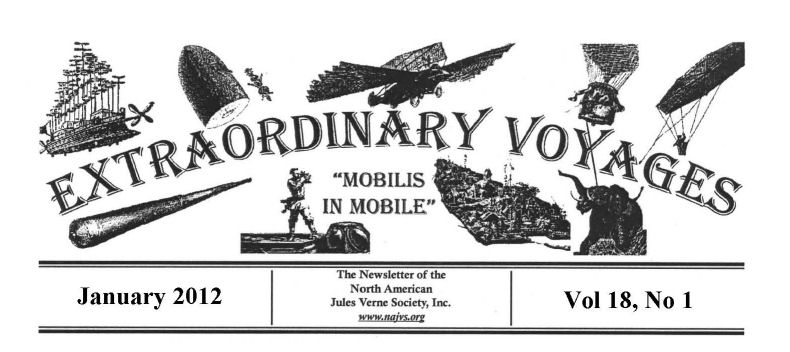
Figure 80. Letterhead of the NAJVS newsletter, which stayed the same for more than twenty years
After Luce's PhD dissertation in 1953 [132], and a few biographies available in English (some even written specially for children), the first in-depth academic Anglophone literary study of Verne, Jules Verne Rediscovered, was published in 1988 by Arthur B. Evans [133]. Evans (born in 1948, no relation to I.O. Evans) is currently a professor emeritus of French at DePauw University (Indiana) (Figure 81) and also serves as managing editor of the journal Science Fiction Studies. After completing his PhD dissertation on Verne at Columbia University in 1985, he went on to become a specialist in the translations of Verne into English and his two articles of 2005 on the subject are essential reading [134]. Evans is also the editor of the book series Early Classics of Science Fiction, published by Wesleyan University Press, which published first English language translations of several of Verne's later novels.
 |
 |
| Figure 81. Arthur B. Evans and his book “rediscovering” Jules Verne | |
Almost at the same time, on the other side of the Atlantic, two British Verne scholars each published a book about the most widely translated of all French uthors. After a first book in 1985 where Verne was a small part of it, Andrew Martin (born in 1952) published in 1990 another one totally dedicated to Verne, The Mask of the Prophet [135]. The author's argument in the book is that the theme of a masked prophet who revolted against an empire runs through the Voyages extraordinaires (Figure 82).
In 1990, William Butcher's PhD dissertation was expanded and published as book called Verne's Journey to the Centre of the Self [136]. This first book by Butcher (born in 1951) was the foundation stone on which he has since built his worldwide reputation as a Verne specialist, and as one of the most prolific modern Verne translators (Figure 83).
 |
 |
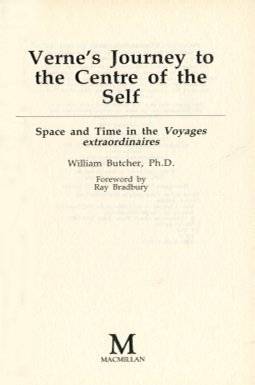 |
| Figure 82. Andrew Martin's Mask of the Prophet | Figure 83. William Butcher and his first book | |
Following the appearance of the Gallagher, Mistichelli and Van Eerde bibliography in 1980, in 1996 another pioneering Verne reference work was published, after many years of research and teamwork: The Jules Verne Encyclopedia edited by Brian Taves and Stephen Michaluk, Jr. (Figure 84) [137]. Half of the book is dedicated to a detailed bibliography of Verne's texts available in English at that time. Stephen Michaluk, Jr. described not only the books, but also the short stories and articles published in English under Jules Verne's name. He also added a short history of the various North American Jules Verne societies. Brian Taves, of the Library of Congress and a worldwide recognized specialist of the motion pictures inspired by Jules Verne, introduced the Encyclopedia and closed it with a comprehensive article about “Hollywood's Jules Verne”.
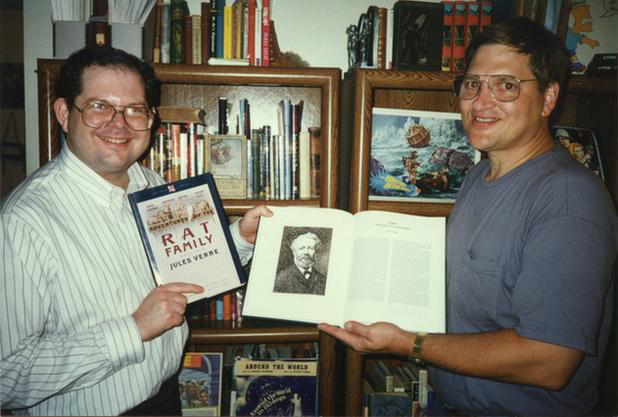 |
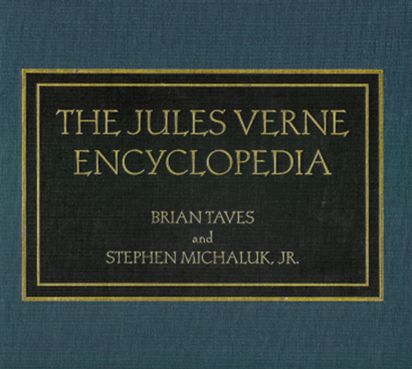 |
| Figure 84. Brian Taves and Stephen Michaluk, Jr. showing in 1996 the Encyclopedia and the first English translation of La Famille Raton (Rat Family) | |
In 1996 a new Jules Verne biography came out simultaneously in several languages (French, English, Italian, Spanish), written by an American journalist who was the Publisher's Weekly European correspondent in Paris for thirty years. Herbert Lottman (1927-2014) specialized in writing biographies of mainly French literary well known figures, without being a specialist of any of them. He was collecting hard facts about the authors and putting them together, he succeeded to publish 17 biographies (Albert Camus, Jules Verne, Gustave Flaubert, Colette, etc.) [138].
Jules Verne's presence on the World Wide Web flourished during the 1990s and dozens of sites devoted to the author of the Voyages extraordinaires were born. One site deserves a special mention and its creator, Zvi Har'El, became an honorary member of the North American Jules Verne Society in 2002.
On November 13, 1995, Dr. Zvi Har’El—professor of mathematics at Technion, Israel Institute of Technology—launched his website called “Zvi Har’El’s Jules Verne Collection”. With its high level of quality and comprehensiveness, it immediately attracted the attention (and participation) of serious Verne aficionados from around the world. Offering invaluable tools such as “The Complete Jules Verne Bibliography”, the “Jules Verne Virtual Library”, and “Academic Scholarship on Jules Verne” (in some ways the precursor of Verniana), Zvi’s website soon became the leading source of information on Jules Verne on the Web (Figure 85).
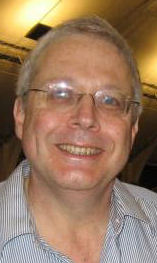 |
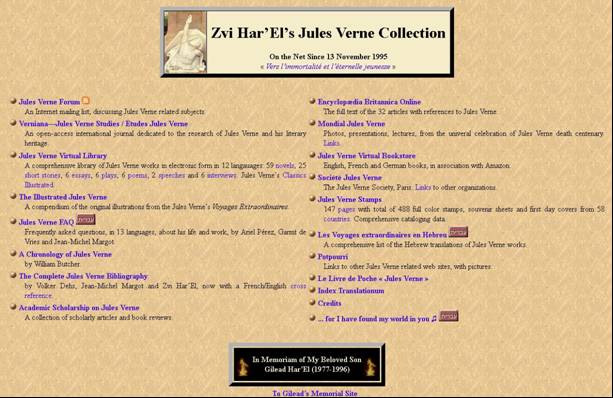 |
| Figure 85. Zvi Har'El (1949-2008) and his website's homepage | |
According to what the Editorial Board of Verniana wrote in its “Tribute” after Zvi's untimely death [139], his site really revolutionized the field of Verne studies, especially his creation of the “Jules Verne Forum”, an international discussion board free for all to join. The Forum, which started with nine members in January 1996, became an online lieu de réunion for all Vernians, a meeting place where we came to share our research, to engage in wide-ranging (and multilingual) discussions, and to showcase up-to-date information about Verne and his legacy. Through his website and Jules Verne Forum, Zvi succeeded in transcending national and cultural boundaries, making Verne studies more international in scope. His website was praised in an article in the New York Times in 1997 [140].
During the 1990s, Walter James Miller continued his crusade against bad English translations. As a member of the North American Jules Verne Society, he succeeded recruiting several Anglophone Verne scholars to be part of what he called “the Jules Verne rescue team.” In collaboration with Frederick Paul Walter (born in 1943), he published a new translation of Vingt mille lieues sous les mers (Twenty Thousand Leagues Under the Seas), fully illustrated with the engravings from the 1871 Hetzel in-octavo edition (Figure 86).
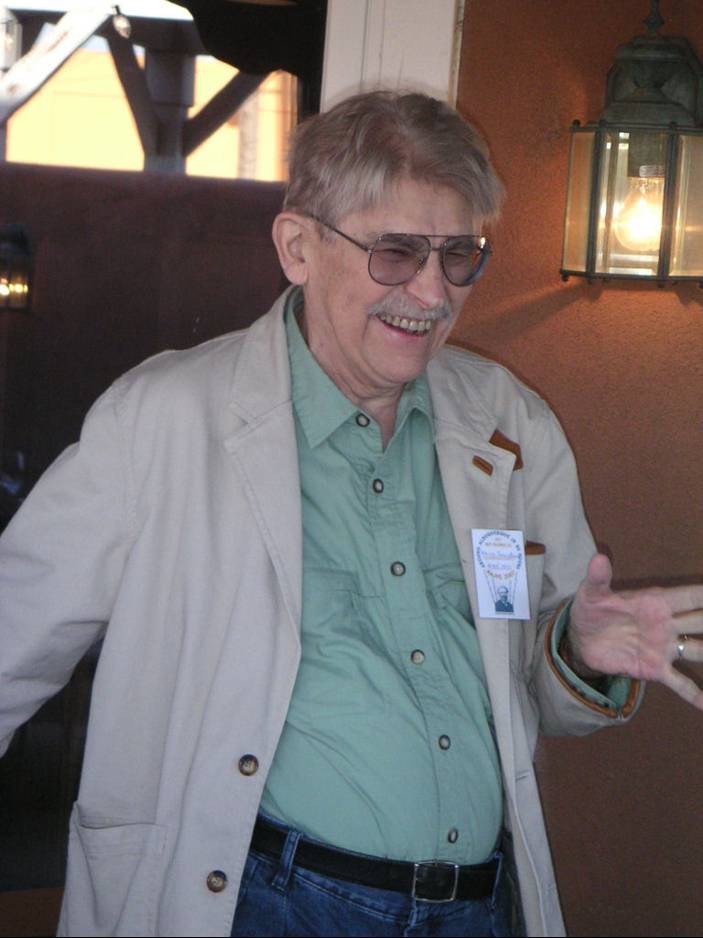 |
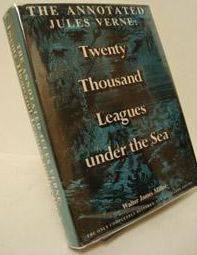 |
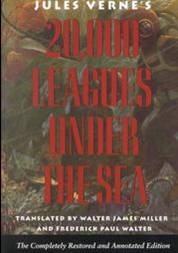 |
| Figure 86. Walter James Miller (1918-2010) and two of his translations of Twenty Thousand Leagues Under the Sea (1976 and 1993) | ||
The Twenty-First Century — Globalization and the Planetary Impact of Vernian Studies
In the 21th Century, due to the availability of more information through the Internet, such as Gallica of the Bibliothèque nationale de France (National French Library), the New York Times Archive, the manuscripts of the Bibliothèque municipale de Nantes (Municipal Library of Nantes), Zvi Har'El's website, and many other websites [141], Verne scholars can now access these resources from anywhere and deepen their research on all things Vernian.
Gallica was created in 1997 by the Bibliothèque nationale de France (BnF, National Library of France) and has digitalized and made millions of documents available online, like manuscripts, books, musical partitions, maps, images, and globes in 3D. Among them are some Verne manuscripts (Vingt mille lieues sous les mers—Twenty Thousand Leagues under the Seas, for example), many of the in-8o and in-18o Hetzel editions, and hundreds of French newspapers and magazines published during Verne's lifetime. The other website with primary literature (Jules Verne's own writings) is the site of the Bibliothèque municipale de Nantes where 113 original manuscripts by Verne are available online.
After the Golden Age of Verne research and discoveries, Vernian studies are now in a phase of consolidating what has been studied and discovered during the past century. Due to globalization, a turning point occurred in 2005, when a worldwide meeting and workshops were held in Amiens to celebrate the 100th anniversary of Jules Verne's death. Fans, scholars and journalists from all continents came together to celebrate. The only entity which was not represented there was... the French government (which also missed Verne's funeral in 1905).
In addition to becoming closer via the Internet, scholars are currently working in two ways, to enlarge the scope of Vernian research. One way is to research how and when Verne wrote his texts and to examine the manner in which they were published. This means consulting and comparing more source documents, scrutinizing Verne's manuscripts, and (for Anglophone readers) identifying the best and the worst translations. The other way is to work on developing a better contextualization of Verne and his contemporaries; instead of studying his life and his works in isolation, to put them back in their time. During much of the twentieth century, Verne was put in an ivory tower or on a pedestal, isolated from the world which was surrounding him. More scholars are now looking at his life and works as part of the nineteenth century, promoting multidisciplinary approach and connecting him and his writings to the literary, social, and political environment(s) of his time.
Another scholarly innovation of the past fifteen years is that Verne's works are now more frequently published with comments, notes and annotations, not only in France, but worldwide, which makes available to the general public the results of the Vernian research and discoveries done during the previous decades.
Several new Jules Verne societies were created in Germany, in Poland, in Japan, and in Spain (covering the whole Hispanic world) during the 2000s.
In the fall of 2000, a few Verne fans came together in Berlin with the goal of meeting more or less periodically to exchange information about Jules Verne and his works and to watch together Verne-inspired movies. Mainly through the use of the Internet, this first group grew and now covers all of Germany. Under the lead of Bernhard Krauth (Figure 87), a pilot in the port city of Bremerhaven (the biggest European commercial port city after Rotterdam), the Jules Verne Club extended its Vernian research activities in two directions, supported by the two German main scholars of Verne, Wolfgang Thadewald [142] and Volker Dehs. Some Verne's works were translated and published for the first time in German, like Die beiden Frontignac (The Two Frontignacs) in 2006 or Der Weg nach Frankreich (The Road to France) in 2012. Continuing further on the same path, the German Club has been offering since 2016 a high quality scan of all Verne-Hetzel illustrations on an USB key. Another way to promote Vernian research is the publication since 2001 of a newsletter or “Magazin”, Nautilus, whose 28th issue became available in April 2016 (Figure 88). The history of the German Jules Verne Club was published in October 2015 [143] and their website is https://www.jules-verne-club.de/jvc/.
 |
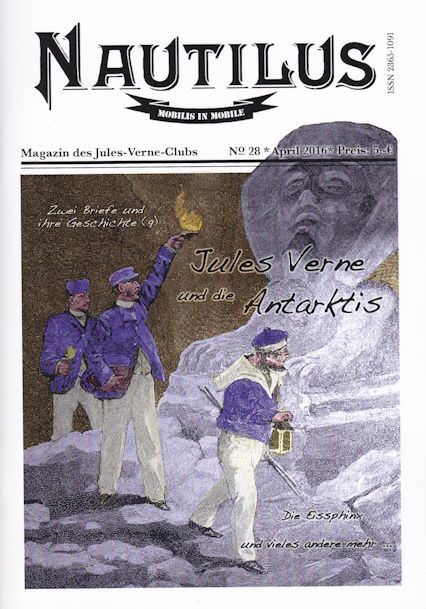 |
| Figure 87. Bernhard Krauth | Figure 88. Cover of the April 2016's issue of Nautilus |
The roots of the Polish Jules Verne Society go back to 1982 when, in the Municipal Library of Lodz, a club of Jules Verne fans was created and which was tightly connected to the French Société Jules Verne. It was set up by Winicjusz Lachacinski (1920-2001) (Figure 89), who was the first person in Poland to do research about the life and works of Jules Verne. He grew up in Amiens, where he lived from 1927 to 1935. After returning to Poland Lachaciński still kept in touch with his French colleagues, corresponding with Cécile Compère and other Verne specialists. His main contribution to Vernian research was a Bibliography of the Polish Verne editions, printed in 1986 and available on http://www.bibliografia.ptjv.pl).
In 1987 Lachacinski tried to make his local Verne Club nationwide, but without success. Various other attempts failed too. The present Polish Jules Verne Society was launched in 2000 by Krzysztof Czubaszek (Figure 90) from Warsaw. Winicjusz Lachaciński became its President of Honor. Like every other Verne Club or Society, the Polish Society works mainly in two directions: publishing Verne's works never translated into Polish before and issuing a bulletin named Nautilus too (Figure 91). Presently, it has around 150 members, including Marek Kaminski, polar explorer who first reached the South and the North Pole in the same year (1995) without any support. Like the other Verne Societies, the Polish Society runs a website https://sites.google.com/site/polverne/english.
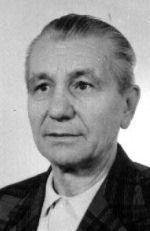 |
 |
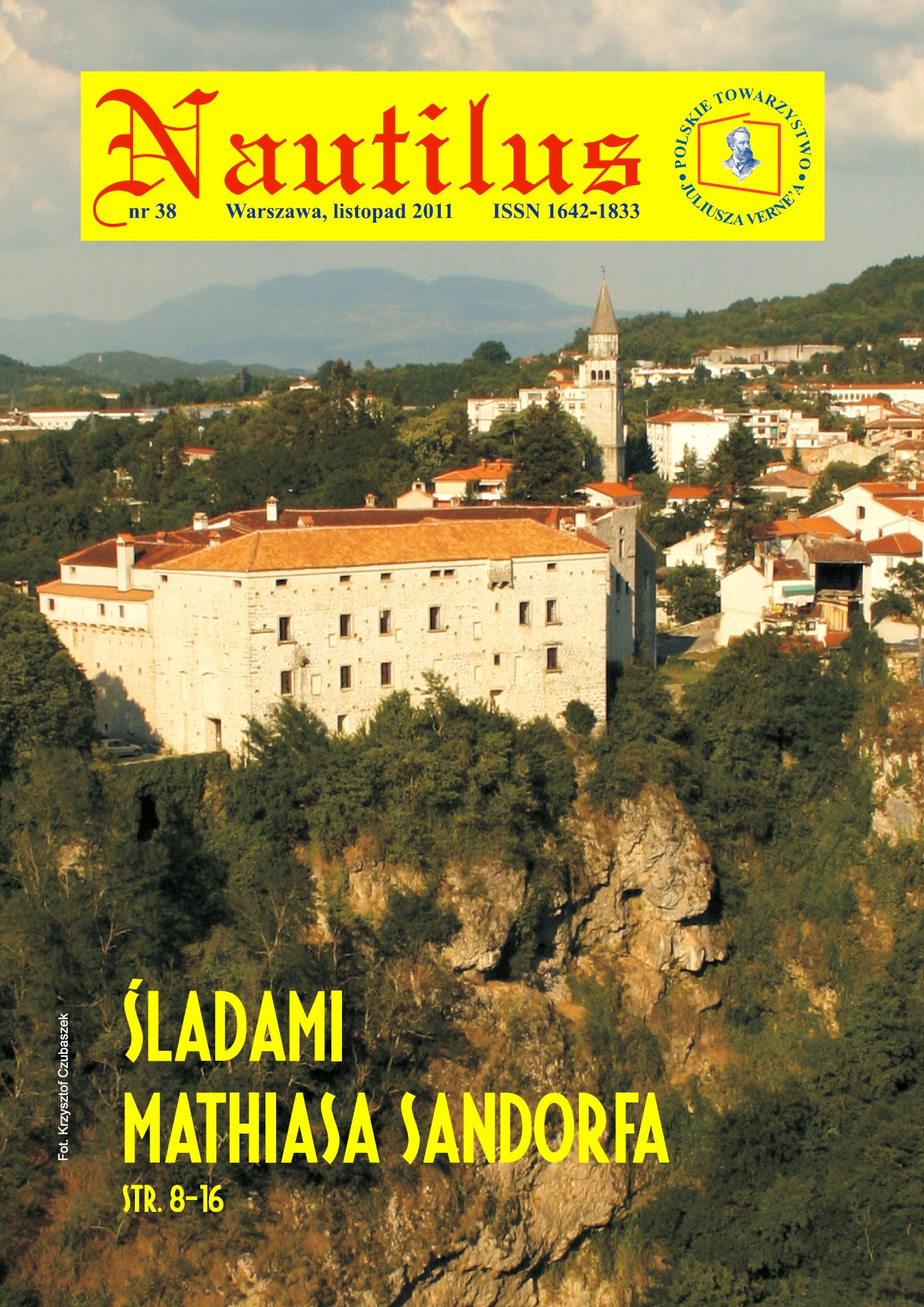 |
| Figure 89. Winicjusz Lachaciński | Figure 90. Krzysztof Czubaszek | Figure 91. Cover of the 2011 issue of Nautilus |
A Japanese Jules Verne Society was founded in 2006 with Susumu Niijima as its first president. Niijima was a specialist of Roussel and professor at the University of Keio. But Japanese Vernian scholarship began earlier, in 1977. The magazine Eureka, with its May 1977 issue dedicated to Verne (Figure 92), was the first step in introducing the « true » French novelist to the Japanese readers. Even if Verne was translated into Japanese long before 1977, he was, like everywhere else, considered as a writer for children—Verne's biggest success in Japan was Deux ans de vacances (The Two Years Holiday). The May 1977 issue of Eureka was edited by Yasuhiko Kisaichi, professor emeritus at the University Musashi and Honorary President of the Japanese Society. A translation of Butor's article of 1949 was part of the issue.
Since 2006, the Japanese Society has been publishing its newsletter, Excelsior (Figure 93). In 2009, Masataka Ishibashi (Figure 94) took over the leadership of the Society and got his PhD in Paris in 2009 [144], studying in detail the influence of Hetzel in Jules Verne's writings (Figure 95). He provided also the Japanese translation of Dehs's Verne actualized biography (Figures 77 & 96). The website of the Japanese Society is http://julesverne.jpn.org/.
 |
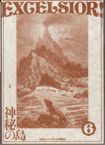 |
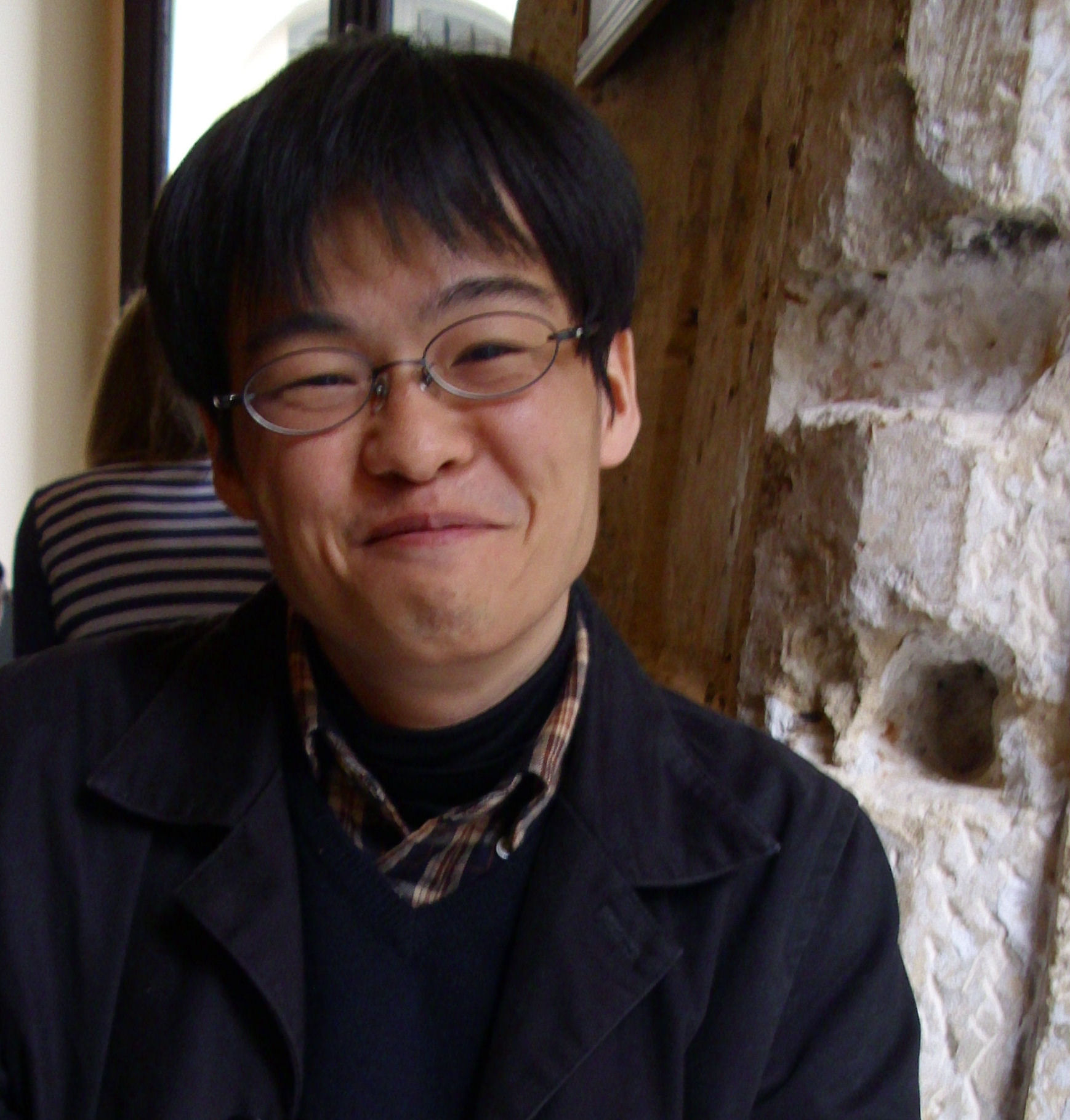 |
| Figure 92. Cover of the 1977 magazine Eureka | Figure 93. Cover of the newsletter Excelsior | Figure 94. Masataka Ishibashi |
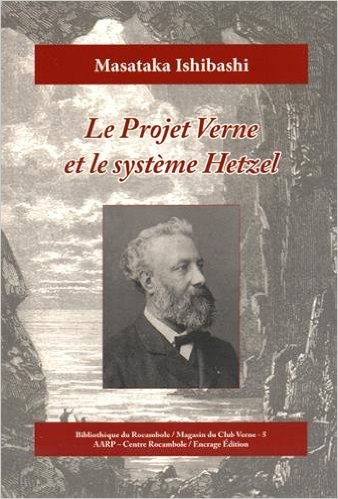 |
 |
| Figure 95. PhD thesis by Masataka Ishibashi published by encrage, Amiens | Figure 96. Volker Dehs's biography translated in Japanese |
Despite the fact that Spanish is spoken and written in almost all continents, and several Verne biographies were published over the years in Spain and other Hispanic countries [145], there was never an active and strong Spanish Verne society until recently. A Cuban citizen, Ariel Pérez (Figure 97), moved to Montréal and could have easier access (mainly through the Internet) to the world of Verne specialists. His Vernian activity began in October 2007 with the online publication of a bulletin Mundo Verne.
During the five following years, using the Internet as the main tool to communicate and bring together Spanish-speaking Verne fans, he created in 2012 with the help of Verne fans in Spain and South America the Sociedad Hispánica Jules Verne. The Sociedad continues to publish Mundo Verne (Figure 98), with issue 23 dated 2017. With its first congress in Barcelona, in 2013, the Sociedad succeeded in gathering scholars and fans from Europe and both Americas [146]. Several books have been published by the Sociedad and are available on its website www.shjv.org. An original (and controversial) piece of research by Abel Montagut about Un Voyage d'études (A Study Journey) and /cite>L'Etonnante aventure de la Mission Barsac (The Astonishing Adventure of the Barsac Mission) was published by the Hispanic Sociedad in 2016 [147].
 |
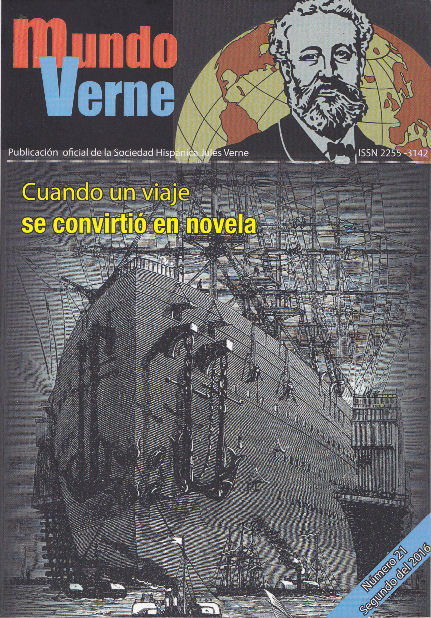 |
| Figure 97. Ariel Pérez | Figure 98. Cover of Mundo Verne |
Due to the activities of all these clubs and societies around the world, Verne is becoming more and more popular, often through the publishing of unknown or obscure works never translated before. A good example is the English-speaking world, where good and reliable translations are now the standard. The North American Jules Verne Society published in 2003 the first English translation of Voyage à travers l'impossible (Journey Through the Impossible) [148]. In addition, the NAJVS launched its Palik series [149] in 2011 (Figure 99), in collaboration with BearManor Fiction (Albany, GA). The characteristic of this collection is that several European Verne specialists were asked to contribute to it (Garmt de Vries-Uiterweerd, Philippe Burgaud, Volker Dehs, Daniel Compère, Kieran O'Driscoll).
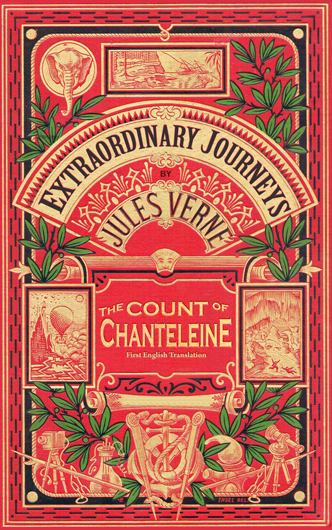 |
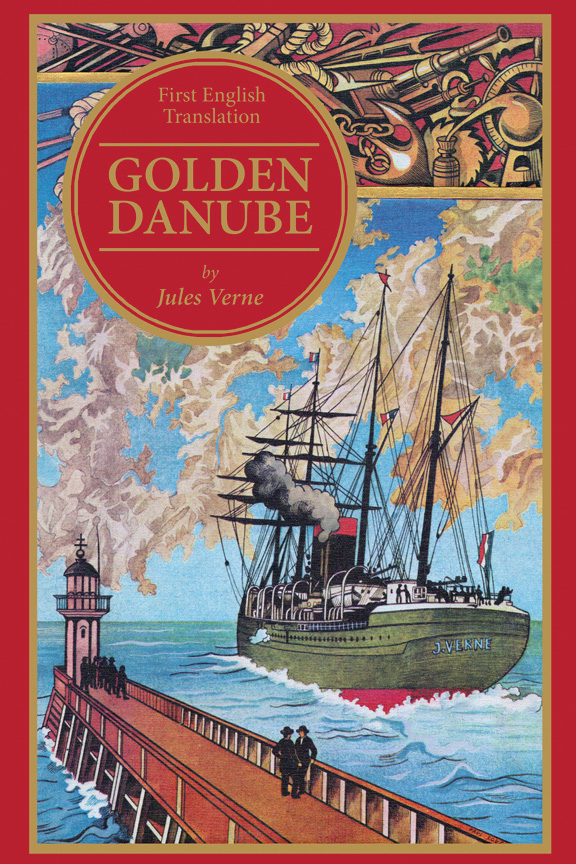 |
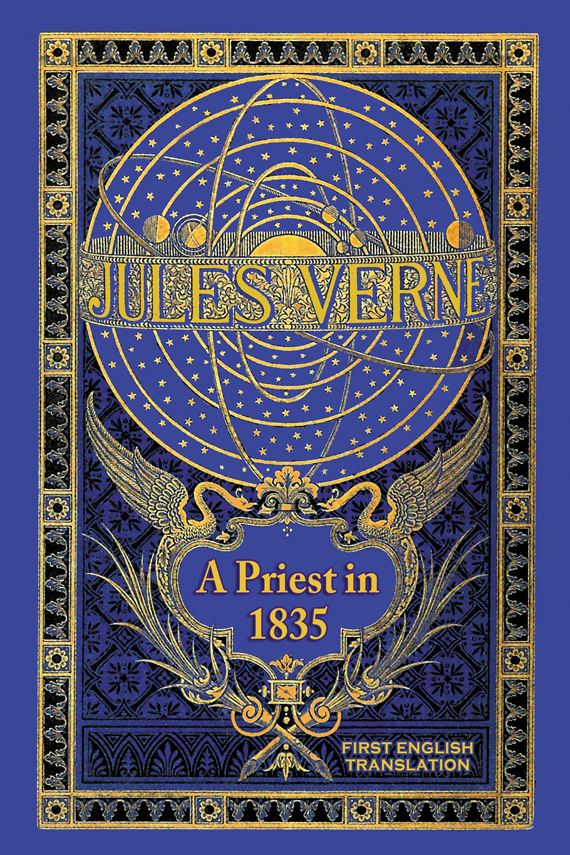 |
| Figure 99. Three covers of the Palik series volumes. The collection will end with a total of 12 volumes. | ||
Other NAJVS members are editing and publishing new, quality English translations of works, like Frank Morlock who translated many of Verne's plays [150], or Peter Schulman who saw his translation and annotations published by Wesleyan and Nebraska University Press [151].
In 2002 Wesleyan University Press began to publish four Verne novels, which had never been translated into English before (Figure 100). They were included in a book series edited by Arthur B. Evans and called the Early Classics of Science Fiction Series [152]. Other Verne novels were (and continue to be) added to the series, in reliable translations and annotated editions, such as The Mysterious Island (2002), Five Weeks in a Balloon (2015) and Robur the Conqueror (forthcoming in 2017).
 |
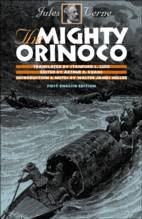 |
 |
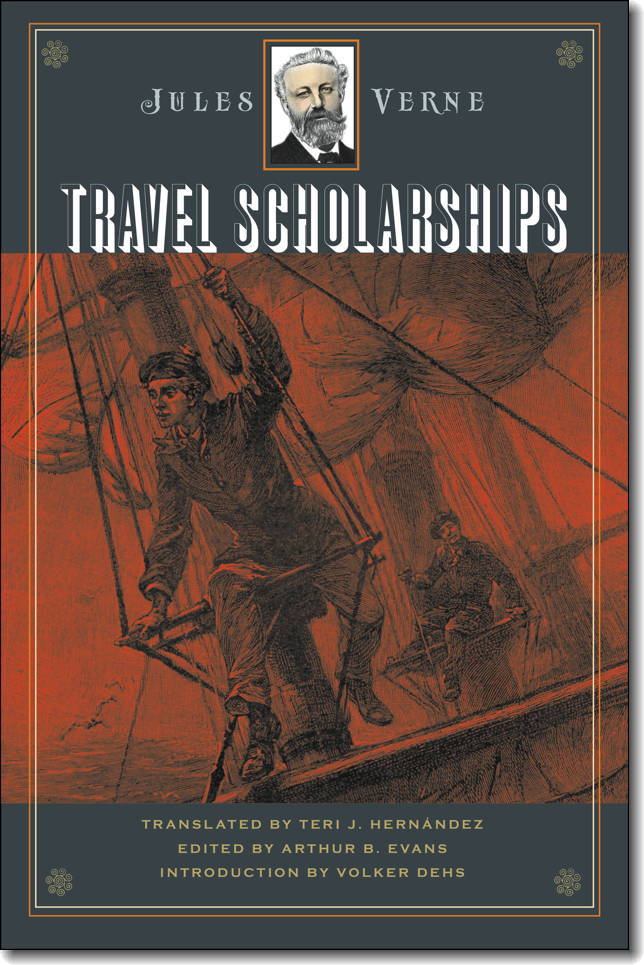 |
| Figure 100. The four novels never translated into English before 2002. | |||
Once having published his PhD dissertation [153], William Butcher began to write a series of excellent Verne translations of Twenty Thousand Leagues Under the Seas, Journey to the Center of the Earth, Around the World in Eighty Days, The Adventures of Captain Hatteras, and The Lighthouse at the End of the World [154], all with notes and comments offering to Anglophone readers the most recent discoveries about Verne, always based on available original texts (manuscripts when possible, pre-original and original editions).
Butcher is also the only native English-speaking Verne scholar who has published Verne novels in French with an introduction and notes in French [155].
After his collaboration with Walter James Miller [156], Frederick Paul Walter translated several Verne novels into English. They count among the reliable translations available today [157].
What began as a trend in France at the end of the twentieth century is now the established way to publish Jules Verne: not only the complete text, but also spplemented by a preface or introduction and textual annotations. A good example are the French volumes of a prestigious collection, La Pléiade, published by Gallimard—the collection will be 100 years old in 2031—which published three Verne volumes in 2012 and 2016 [158]. It looks like a fourth volume will come out in 2017.
Pluridisciplinary research also became a trend in the early 21st century. More conferences and meetings were organized around subjects like “Jules Verne and...”. Verne's tutelary figure was in the background, but he and his works served as an anchor to have papers and presentations about themes and ideas already present in his works, but which could be expanded with modern views, like science, technology, ecology, or the future of our planet.
Beginning in 2005, Philippe Mustière began to organize in Nantes the Rencontres Jules Verne, biennial international meetings dedicated to scientific popularization, discussions and research (Figure 101). More than 50 speakers came from around the world to present their views at these meetings. The 2005 meeting was dedicated to: « Jules Verne, les machines et la science » (“Jules Verne, Machines and Science”) [159]. The 2008 conference focused on « Jules Verne et le partage du savoir » (“Jules Verne and sharing knowledge”). In 2010, the conference dropped Jules Verne from the title of the meeting: « Science, technique et société : de quoi sommes-nous responsables ? » (“Science, Technology and Society: What Are We Responsible For?”). In 2012 and 2014, the Rencontres Jules Verne continued to explore the relationship between science, culture and society.
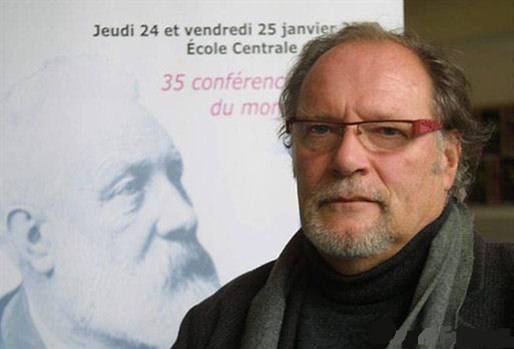 |
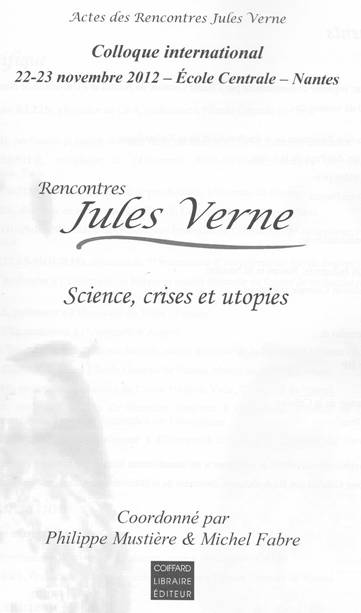 |
| Figure 101. Philippe Mustière and the published proceedings of the 2012 Rencontres Jules Verne of Nantes | |
A similar development began in 2010, as part of a collaboration between the Universities of Zaragoza (Spain) and Pau (France). Maria Pílar Tresaco and Lionel Dupuy are organizing yearly seminars and conferences dedicated to various subjects having to do with Jules Verne (Figure 102). The first of these multilingual seminars was held in Jaca (Spain) under the title Alrededor de la obra de Julio Verne. Escribir y describir el mundo en el siglo XIX / Autour de l’œuvre de Jules Verne. Écrire et décrire le monde au XIXe siècle (Around the works of Jules Verne. Writing and Describing the World in the 19th Century) [160]. Pau (France) hosted the second meeting in 2011, dedicated to L’imaginaire géographique. Entre géographie, langue et littérature (The Geographical Imaginary. Between Geography, Language and Literature). In 2012 the meeting took place in Huesca (Spain) broadening the subject with De Julio Verne a la actualidad : la palabra y la terra / De Jules Verne à nos jours ; la parole et la terre (From Jules Verne to the Present : Speech and Earth).
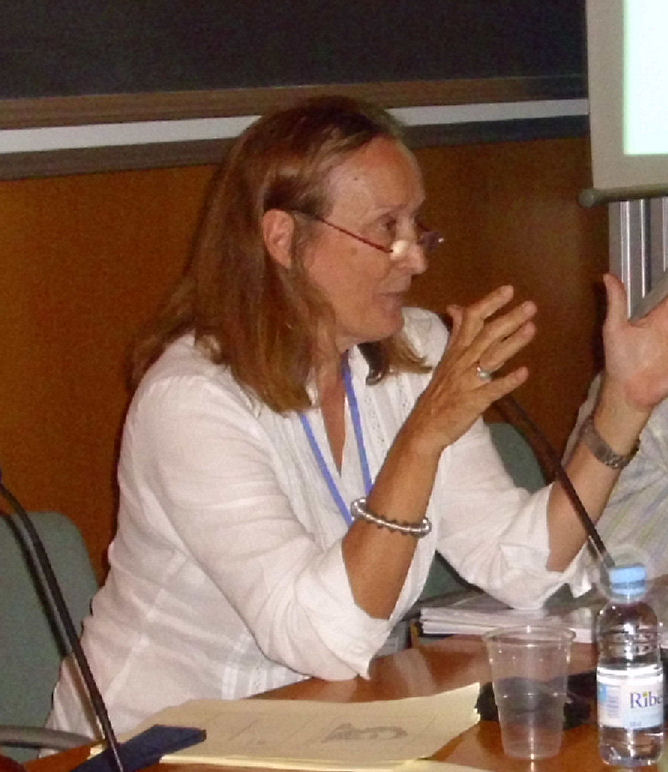 |
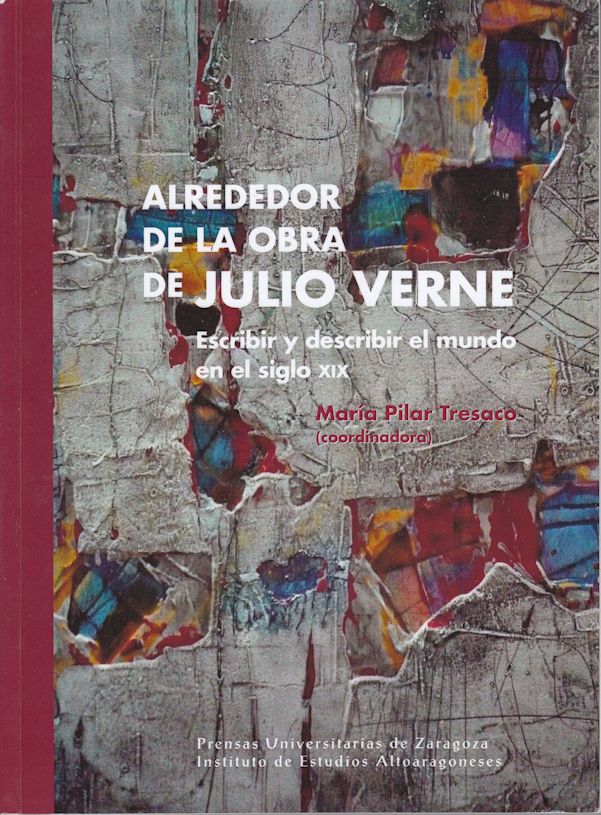 |
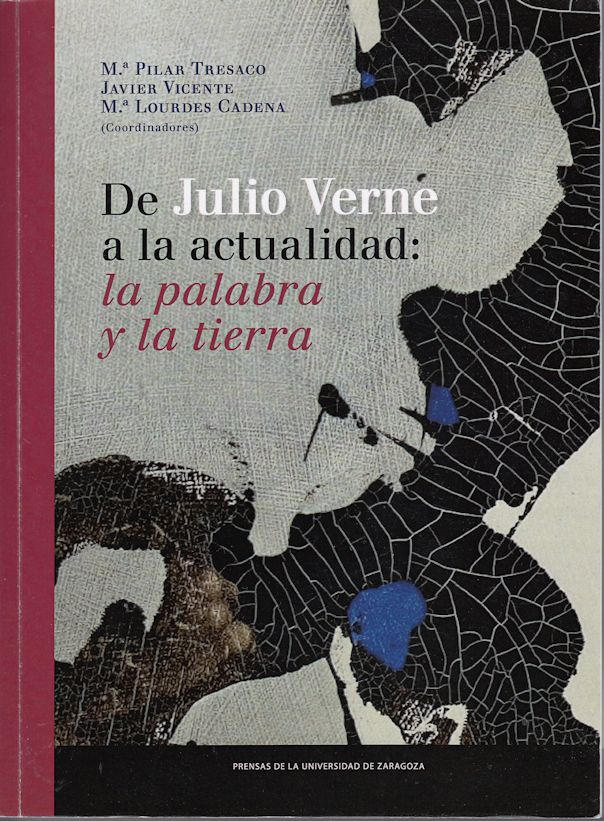 |
| Figure 102. Maria Pílar Tresaco and the covers of the proceedings of the Jaca and Huesca seminars | ||
Browsing through the published proceedings of these colloquia, one can make two observations: first, it's the archetype Jules Verne more than the author who is used as background of such meetings, allowing participants to speak about the future of mankind on our spaceship Earth. The second observation is tangential to the first: the controversy and discussions seem to be harder and less smooth as they were during similar conferences in the 20th century.
Something similar happened in Amiens, where the Centre de documentation (under the leadership of Jean-Paul Dekiss) was suddenly renamed Centre international Jules Verne (Jules Verne International Center) and began to promote Verne more as a popular archetype than as a writer. In 2003, despite its title of “international,” the Center refused to publish two articles in English by U.S. Researchers in issue fifteen of the Revue Jules Verne dedicated to the United States and translated them into French. The research-oriented organization built by the Compère family was slowly abandoned and today (2015) it has been completely transferred to the Université de Picardie in Amiens.
Replacing the now defunct Centre de documentation, two new Verne research sites have begun to emerge in Amiens : the Verne collection housed by the Bibliothèque publique d'Amiens (under the direction of Bernard Sinoquet), and the creation of the Club Verne, under the leadership of Daniel Compère, and supported by several Verne scholars, like Laurence Sudret and Alain Fuzelier, owner of Encrage, the publishing company which has published the biggest number of books about Jules Verne in the world. One of the highpoints was the first Festschrift ever published about Jules Verne [161] (Figure 103), as result of the symposium following the opening of the « Espace Jules Verne » in Yverdon-les-Bains (Switzerland) in 2008.
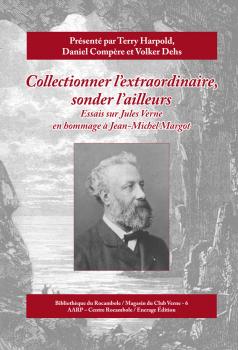
Figure 103. The first Festschrift about Jules Verne
In 2006, Jules Verne's house (Rue Charles-Dubois 2) was reopened by the city of Amiens as a museum, managed by the Library.
n Nantes, the Municipal Library was enriched by a collection of family documents donated by Jean Verne, grand-grandson of Jules. Among these documents are letters and contracts dealing with the cinema rights of Verne's works in the 1910s to 1930s, involving mainly French and American companies. In 2015, the Municipal Library received Philippe Burgaud's collection, comprising hundreds of posters, pressbooks, newspaper articles, lobby cards, etc., along with one of the largest Jules Verne cinema collections in Europe [162].
Outside of France, Jean-Michel Margot donated in 2008 his collection to the Maison d'Ailleurs (House of Elsewhere), museum of science fiction, extraordinary voyages and utopias, in Yverdon-les-Bains, Switzerland. The collection comprises the greatest number of documents about Jules Verne, the so-called secondary literature about an author [163]. The opening of the Espace Jules Verne (Jules Verne Space) on October 2008 was followed by a symposium dedicated to Vernian research, organized by Patrick Gyger (Figure 104), director of the Museum, and Terry Harpold (Figure 105), professor at the University of Florida. As previously mentioned, the result of it was the Festschrift published in 2015.
 |
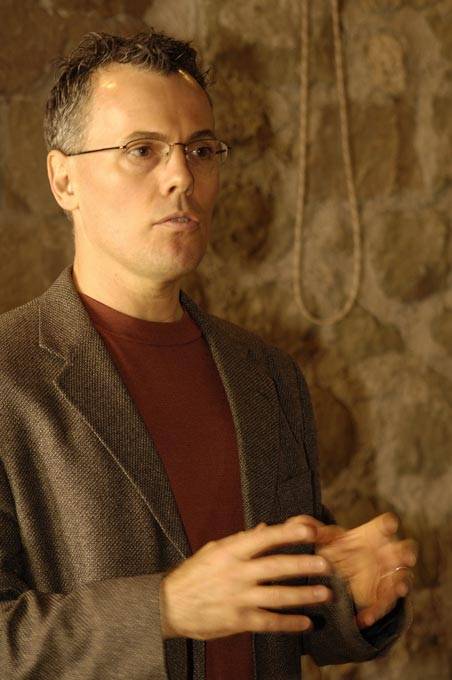 |
| Figure 104. Patrick Gyger | Figure 105. Terry Harpold |
Besides the “Mondialˮ of 2005 in Amiens, two other events dedicated to Jules Verne took place in France and the United States. In 2005, Nantes focused on Verne for its Utopiales, a yearly science fiction conference at which Ray Harryhausen, the creator of special effects for Verne movies in Hollywood in the 1960s, was the guest of honor. In 2009, the University of California in Riverside dedicated its Eaton Science Fiction Conference to Jules Verne. The plenary addresses were given by John Rieder, Marie-Hélène Huet, and Walter James Miller (in absentia).
In Anglophone Vernian research, a collection of 10 articles edited by Edmund Smyth and titled Narratives of Modernity (Figure 106) was published in 2000 [164], followed five years later by two publications which are especially noteworthy: Timothy Unwin’s excellent monograph Jules Verne: Journeys in Writing (Figure 107), and a special issue of Science Fiction Studies called “A Jules Verne Centenary” (Figure 108) which featured some excellent articles on Verne by Arthur B. Evans, Timothy Unwin, Terry Harpold, William Butcher, George Slusser, Teri J. Hernandez, and Jean-Michel Margot, among others [165].
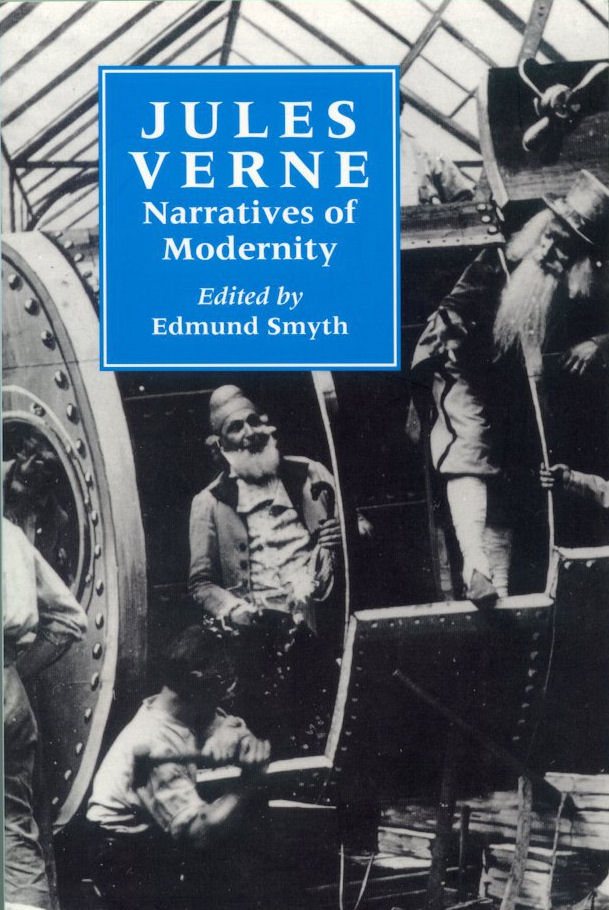 |
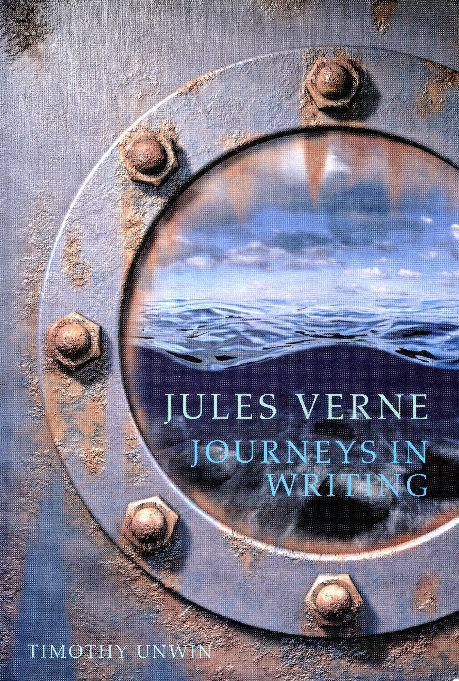 |
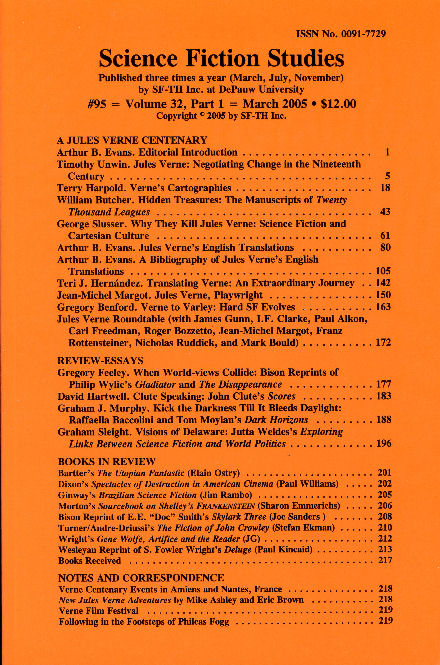 |
| Figure 106. Narratives of Modernity | Figure 107. Unwin’s monograph Jules Verne: Journeys in Writing | Figure 108. Science Fiction Studies issue of March 2005 dedicated to Jules Verne |
To make this overview of the Vernian research since 2000 complete, some monographs should be noted, which were not mentioned before in connection with a Vernian event (celebration, conference, etc.) or a Verne society. They include a study by Philippe de la Cotardière, a PhD. Dissertation on Verne by Philippe Scheinhardt, a new Verne biography and a study of Verne’s manuscripts by William Butcher, a look at Verne and Scotland by Ian Thompson, and an authoritative investigation of Verne’s Hollywood film adaptations by Brian Taves. [166]. Bringing a kind of “state-of-the-art” knowledge about Jules Verne, every one of them adds its own touch with discoveries and comments of original documents, like letters or travel notes on board of the Saint-Michel. Some of these publications have been reviewed in Verniana or in the Bulletin de la Société Jules Verne (Figures 109, 110, 111) [167].
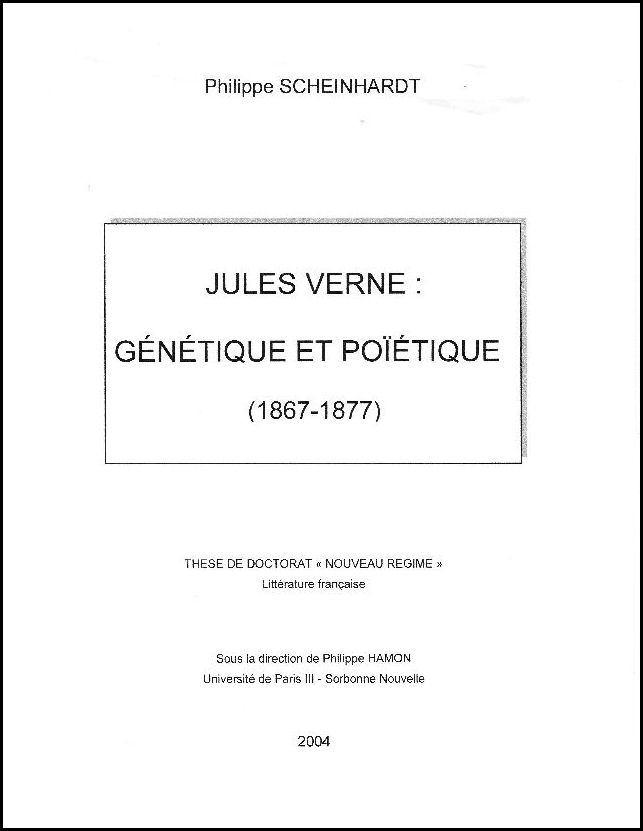 |
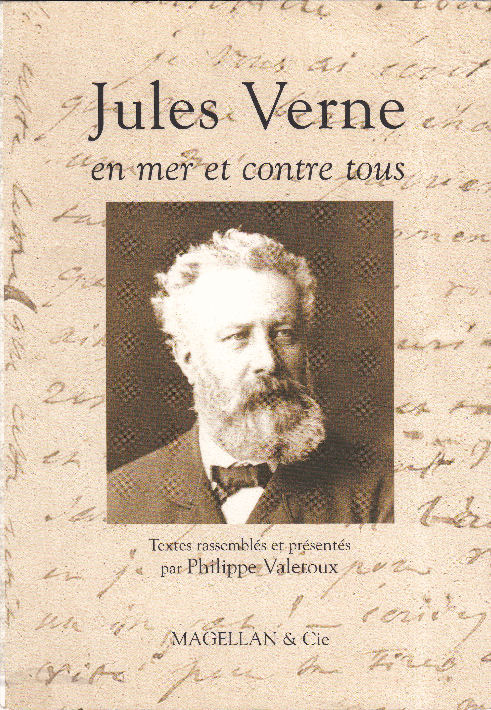 |
 |
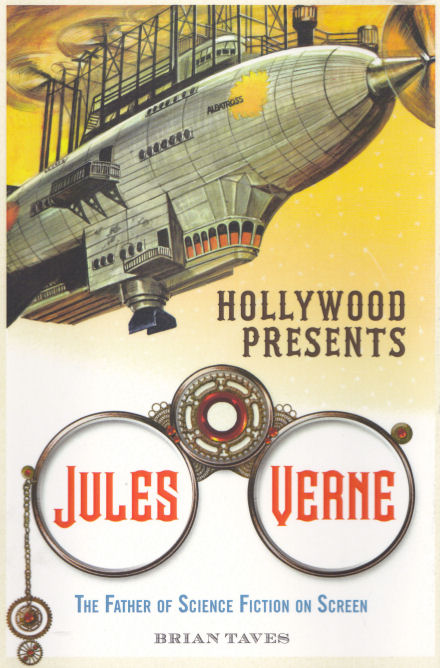 |
| Figure 109. Scheinardt's dissertation and Valetoux's book about the Saint-Michel | Figure 110. Thompson's book about Verne in Scotland and Taves's book on Hollywood's Verne | ||
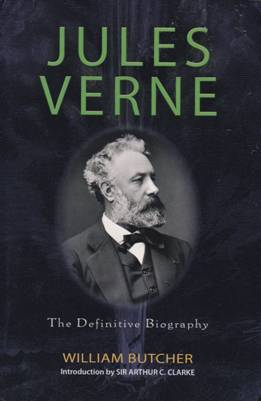 |
 |
| Figure 111. Verne's biography and Verne's manuscripts by William Butcher | |
In France, to give a successor to the Cahiers du Musée Jules Verne (1981-1996), the Friends of the Municipal Library of Nantes began in March 2013 to publish a new journal Planète Jules Verne (Figure 112), title suggested by Agnès Marcetteau-Paul, Director of the Municipal Library of Nantes. According to its title, this “Verne Planet” publishes not only scholarly articles but also informations about events and publications associated with Verne's name: the icon and the writer are mixed up under the same cover. The second issue (October 2013) published (with an introduction by Volker Dehs) the first chapter, refused for publication by Hetzel, of Verne's Découverte de la Terre. Histoire des grands voyages et des grands voyageurs (The Discovery of the Earth. History of the Famous Travels and the Famous Travellers) with the title « Voyageurs célèbres avant Homère » (“Famous Travellers before Homer”). The forth issue (March 2017) of Planète Jules Verne is dedicated to the novel L'Etoile du Sud (The Souther Star) written by Verne after a manuscript by André Laurie (Paschal Grousset) bought by the city of Nantes in 2014.
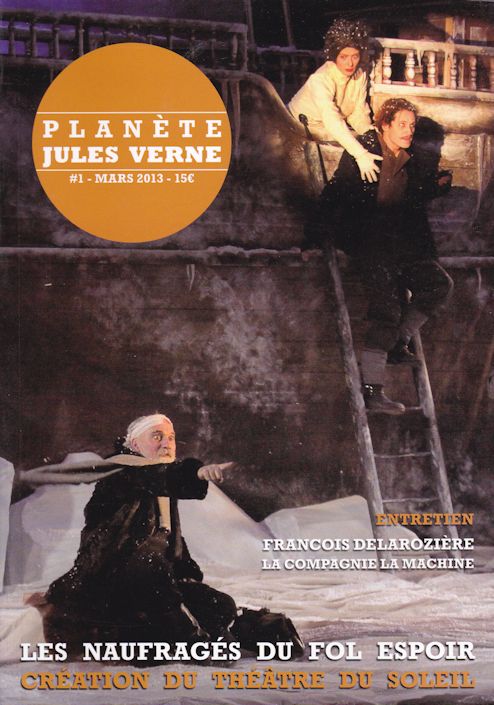 |
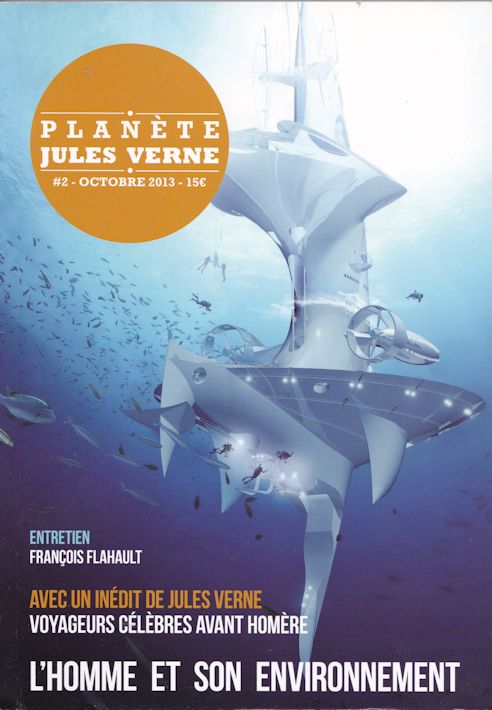 |
| Figure 112. The two first issues of Planète Jules Verne (Nantes) | |
In 2005, at the “Mondialˮ in Amiens, several Verne scholars shared a dream: having one day an international and multilingual Vernian journal which would be be peer-reviewed, and easy to access. Zvi Har'El, Terry Harpold, Jean-Michel Margot, Daniel Compère, Volker Dehs were present and at the end of the discussions, Zvi Har'El offered to make this dream possible. Having the tools at hand, and managing already the Jules Verne Forum, he was able to create Verniana in 2008, whose owner is the Jules Verne Forum, in fact the global Vernian community worldwide.
Conclusion
In the future, there will probably always be two Jules Vernes: the public icon Verne, archetype of adventure and hi-tech exploration, versus the literary writer Verne, visionary in scope and modern in style.
Although the number of Vernian scholars seems to be shrinking, the field to be studied is constantly growing, due to a broader awareness of Verne's work and life and the use of new technologies to analyze them. It is noteworthy, in this regard, that the Bulletin de la Société Jules Verne is now publishing, in its first issue of every year, an annotated bibliography of all Vernian research done during the preceding 12 months.
I believe that Vernian studies of the future will see two types of publications: on the one hand, easy-to-read books with some original ideas, but mainly reiterating knowledge which had been acquired in the past and forgotten; and, on the other, books brining to light truly new discoveries and sharing them with other Verne scholars. For the latter, I am thinking, for example, of a project which was planned by the Bibliothèque municipale of Nantes to reveal the original first hand-written text of Les Indes noires (The Black Indies) beneath the many erasure marks with which Verne covered his manuscript for this novel (Figure 113).
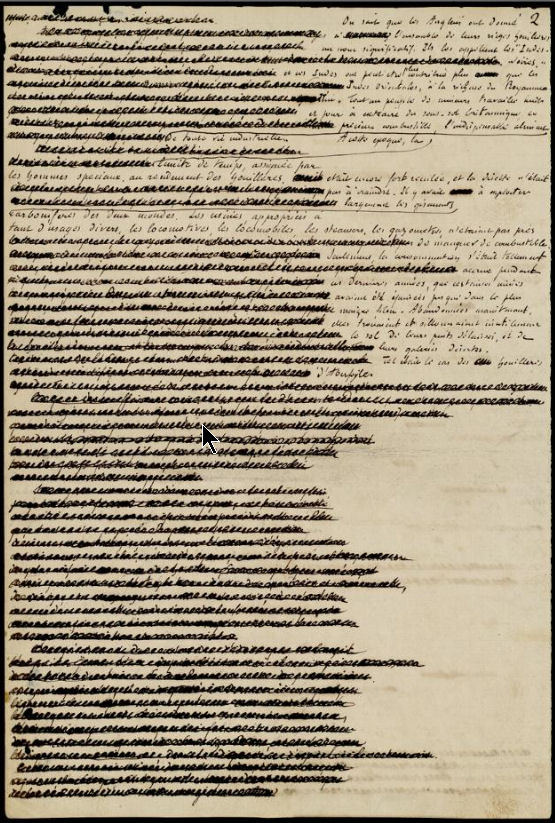 |
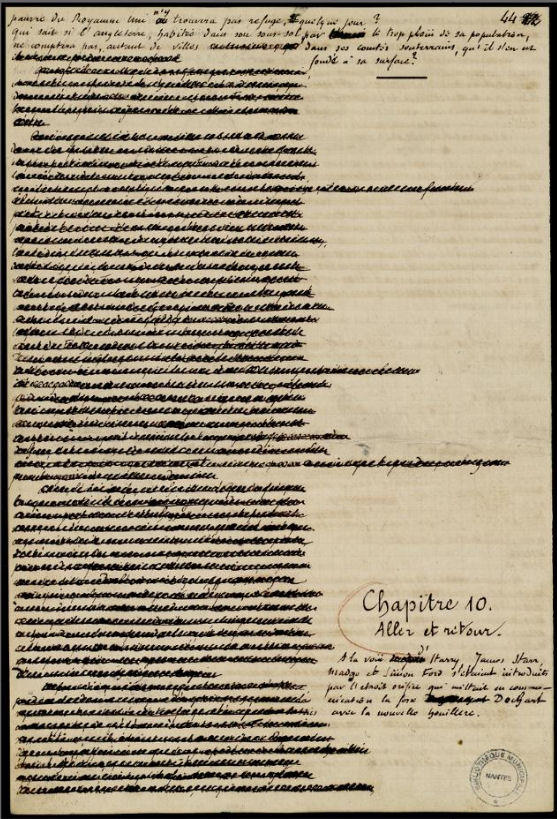 |
| Figure 113. Pages 2 and 44 of the manuscript of Les Indes noires (The Black Indies) | |
Another example of new discoveries, that we are looking forward to seeing in the near future is the publication by Piero Gondolo della Riva and Volker Dehs of the collection of about 300 letters between Jules Verne and his son Michel.
I hope that this “History of Vernian Studiesˮ will be a tool for the present and future Verne scholars, allowing them to more easily follow in the footsteps of their predecessors.
I express my gratitude for their help to all my Vernian friends, and in particular to the members of the Editorial Committee of Verniana.
This “History of Vernian Studiesˮ would not have been possible without the availability of primary and secundary literature provided by the four main sources for Jules Verne studies: the Bibliothèque nationale de France and gallica, the Bibliothèque municipale of Nantes under the lead of Agnès Marcetteau-Paul, the Bibliothèque d'Amiens and its Verne collection under the lead of Bernard Sinoquet, and the Maison d'Ailleurs in Yverdon-les Bains (Switzerland) and its Verne collection under lead of Marc Atallah and Frédéric Jaccaud.
Notes
- Jean-Michel Margot. « Un Archétype populaire Jules Verne ». Verniana, vol. 6 (2013-2014), p. 81-92. Jean-Claude
Bollinger. « Jules Verne, agent publicitaire (France, 1987-1988) ». Verniana, vol. 8 (2015-2016), p. 1-26.
A simple list (incomplete, of course) of “Vernian” objects gives an idea of their incedible ubiquity, helping the “Jules Verne icon” to become an archetype: streets, schools, hotels, restaurants, fitness clubs, music groups and orchestras, festivals, films, radio and television broadcasts, Moon crater, spacecraft, T-shirts, cigar bands, thimbles, combs, pens, ashtrays, plates and cups, postcards, pins, tortilla chips, bottles of wine, beer, wallpaper, stained glass, puzzles, card games, board games, etc. etc. ^ - http://verne.garmtdevries.nl/en/languages/language.cgi ^
- A self-made man, Vivien de Saint-Martin (1802-1897) was passionate about three aspects of geography: geographical history, teaching of geography, and
popularizing geography.
Gaston de Saint-Valry (1828-1881) was a literary critic for the newspapers La Patrie and Le Pays. His father was the poet Adolphe Souillard de Saint-Valry, a friend of Victor Hugo. ^ - L'Année géographique/cite>. Paris, Hachette:
1. Deuxième année (1863), published in 1864, p. 133.
2. Troisième année (1864), published in 1865, p. 270-271, 408.
3. Cinquième année (1866), published in 1867, p. 511-512.
4. Sixième année (1867), published in 1868, p. 507.
5. Neuvième et dixième années (1870-1871), published in 1872, p. 432.
6. Onzième année (1872), published in 1873, p. 429.
7. Douzième année (1873), published in 1874, p. 448.
L'Année géographique is available online in gallica.
Unless otherwise noted, all translations are by Arthur B. Evans. ^ - Jean-Michel Margot. Jules Verne en son temps. Amiens : encrage, 2004, 256 p. ^
- La Patrie, December 14, 1875 (text discovered by Volker Dehs). ^
- Could be a reference to « Contralto », poem by Théophile Gautier in the book Emaux et camées (1852). A much more likely source would be Lord Byron’s famous narrative poem “Lara, A Tale” (1814), which tells the tragic story of a certain Count Lara, a gloomy and haunted English nobleman who, after many years of travel in the Far East, returns to his ancestral home and meets his fate. The first French translation seems to be in 1840. ^
- Several of such “celebrities” or “profiles” are presented in: Jean-Michel Margot. Jules Verne en son temps. Amiens : encrage, 2004, 256 p. ^
- Georges Bastard. Jules Verne, auteur des Voyages extraordinaires. Paris, Dentu, 1883, 60 p.
Georges Bastard. « Jules Verne, sa vie, son œuvre ». Revue de Bretagne, vol. 5, no 35 (April-May 1906), p. 337-359, and vol. 5, no 36 (July 1906), p. 32-55. ^ - Gustave Vapereau. Dictionnaire universel des contemporains. Paris, Hachette, 1870, 1895 p. Fourth edition, with note about Verne
on p. 1803.
Jules Lermina. Dictionnaire universel illustré biographique et bibliographique de la France contemporaine. Paris, Boulanger, 1885, 1397 p. Note about Verne is on p. 1368-1369. ^ - Le grand dictionnaire universel du XIXe siècle Larousse (1866-1877). 15 volumes and two suppléments. Described in: Jean-Yves Paumier. « Les méridiens et le calendrier. L'heure, c'est l'heure ». Revue Jules Verne, 2010, no 31, p. 59-74. ^
- Marius Topin. Romanciers contemporains. Paris, Charpentier, 1876. p. 375-396. ^
- Jan Alle Bientjes. « Jules Verne en zijne werken ». Het Schoolblad (Groningen), published serialized in 8 issues between December 10, 1878 and January 28, 1897 (vol. 8, nos 1-8). ^
- Entretiens avec Jules Verne 1873-1905, réunis et commentés par Daniel Compère et Jean-Michel Margot. Genève, Editions
Slatkine, 1998, 276 p.
Robert Harborough Sherard (1861-1941) was a journalist and biographer. One of the best friends of Oscar Wilde, he wrote the three first books about the British aesthete and several about France, among them biographies of Zola, Maupassant and Daudet.
Marie Adelaide Elizabeth Rayner Belloc Lowndes (1868-1947) was a journalist before becoming a successful novelist, whose first book appeared in 1898. Her interview with Jules Verne took place in 1894. ^ - Mario Turiello. Causeries littéraires. Napoli, Morano, 1895, 179 p.
Mario Turiello. Etudes de critique littéraire. Les Aventures d'Arthur Gordon Pym et Le Sphinx des glaces. Castrovillari, François Patitucci, 1901, 54 p.
Mario Turiello. « Trente-trois lettres inédites de Jules Verne commentées par leur destinataire ». Bulletin de la Société Jules Verne, vol. 1, no 4, August 1936, p. 162-202. ^ - Piero Gondolo della Riva. « Du nouveau sur Jules Verne grâce à une correspondance inédite ». Europe, vol. 58, no 613, May 1980, p. 103-151. With 37 letters to Mario Turiello, 3 to Fernando Ricca, 1 to Abraham Dreyfus, 1 to Pierre-Jules Hetzel, and 25 to various correspondents. ^
- The Pirate Publisher—An International Burlesque that has the Longest Run on Record by Joseph Ferdinand Keppler, published as a centrefold in Puck, vol. 18, no 468 (1886, February 24). Item visible at http://www.loc.gov/pictures/item/2011661385/ on the Library of Congress's site. The cartoon has been restored by Adam Cuerden, visible in Wikipedia. ^
- Verne's bad (if not criminal) English translations have been studied and scrutinized for almost 50 years. A good introduction to the subject is Arthur B. Evans’s article «Jules Verne’s English Translations» in Science Fiction Studies 32.1, March 2005. p. 105-142. Another fine study is Brian Taves's introduction to the North American Jules Verne Society's Palik Series: Brian Taves. «The Mission of the Palik Series» in Jules Verne. The Marriage of a Marquis. Albany (GA), BearManor, 2011, p. 1-10. ^
- According to Stephen Michaluk, Jr., «In 1911, Vincent Parke and Company published the fifteen-volume set, Works of Jules Verne, edited and introduced by Charles F. Horne. […] While often sold as the 'complete' Verne, the Parke volumes contain less than half his canon, and many of the stories are arbitrarily cut—a chapter here, a portion there—to fit into the uniform volumes.» (P. 91 of The Jules Verne Encyclopedia, by Brian Taves and Stephen Michaluk Jr., Lanham (MD), Scarecrow Press, 1996, p. 91) A complete description of the various Parke editions is available on Andrew Nash's website http://www.julesverne.ca/jvsetvp.html. ^
- In 1913-1915, a collection of 25 double volumes was published in Antwerpen by the Nederlandsche Boekhandel (which was not so much of a publisher, more a store where books produced in the Netherlands were sold to Flemish buyers) with the title Jules Verne Volledige Werken (Complete Works of Jules Verne). Thanks to Frits Roest, Garmt de Vries-Uiterweed and Piet Akkerman for this information. ^
- Charles Lemire. Jules Verne 1828-1905. Paris, Berger-Levrault, 1908, 198 p. ^
- Marguerite Allotte de la Fuÿe. Jules Verne, sa vie, son œuvre. Paris, Simon Kra, 1928, 294 p. ^
- Max Popp. Julius Verne und sein Werk. Des grossen Romantikers Leben, Werke und Nachfolger. Wien & Leipzig, A. Hartleben's Verlag, 1909, 224 p. ^
- Hans Bachmann. Das englische Sprachgut in den Romanen Jules Verne's. Greifswald, Verlag von Bruncken & Co. (coll. « Romanisches Museum »), 1916, 16 p. ^
- Henri Nicolaas Van Kalken. Leven en Werken van Jules Verne. Antwerpen, De Nederlandsche Boekhandel, 1913, 100 p. ^
- Jean-Michel Margot & Brian Taves. « Une Société Jules Verne anglaise ? ». Bulletin de la Société Jules Verne, vol. 30, no 119, July-September 1996, p. 20-31. ^
- K.B. Meiklem & A. Chancellor. “Introduction,” In: Jules Verne. Five Weeks in a Balloon and Around the World in Eighty Days. London, Dent, 1926, p. 7-17. ^
- Brian Taves. “The Mission of the Palik Series,” In: Jules Verne. The Marriage of a Marquis. Albany (GA), BearManor, 2011, p. 3. ^
- Hugo Gernsback. “A New Sort of Magazine,” Amazing Stories, vol. 1, no 1 (April 1926), p. 3. ^
- Édouard-Alfred Martel (1859–1938) is known as the “father of modern speleology.” He was a world pioneer in cave exploration, study, and documentation. Martel was the president of the Société de géographie of Paris in 1929. He explored the Foiba cave in Pazin through which Mathias Sandorf escaped at the beginning of the novel. ^
- Charles Robert Richet (1850–1935) was a French physiologist who won the Nobel Prize in recognition of his work on anaphylaxis in 1913. ^
- Jean-Baptiste Auguste Étienne Charcot (1867–1936), son of the neurologist Jean-Martin Charcot (1825–1893), was a medical doctor and Arctic explorer. He disappeared with his polar ship the Pourquoi Pas ? in a storm off the coast of Iceland with a whole Hetzel collection of Verne novels on board. A monument to Charcot was erected on the closet point on the Icelandic coast to where the wreck occurred. It is visible from the road between Reykjavik and the mountain Snaeffels, where Lidenbrock, Axel, and Hans began their fictional descent toward the Center of the Earth. ^
- The minutes of this memorial celebration are available in La Géographie, vol. 51, no 4, March-April 1929, p. 186-213. See http://gallica.bnf.fr/ark:/12148/bpt6k6316566j.image.langEN.r=. ^
- Speeches by Fernando de Vasconcelos, António Ramos da Costa, Ernesto de Vasconcelos, Carlos Viegas Gago Coutinho, António Cabreira, and Charles Lepierre, available in: Boletim da Sociedade de Geografia de Lisboa, vol. 42, no 1, January-June 1924, p. 7-55. ^
- Ricca's articles were published in a booklet in 1952: Fernando Ricca. Ricordando Giulio Verne. Rieti, Faraoni, April 1952, 32 p. ^
- Edmond Franquinet. Jules Verne, zijn persoon en zijn werk. Eindhoven, NV Uitgeversmaatschappij de Pelgrim, 1942, 416 p.
Kenneth Allott. Jules Verne. London, The Cresset Press, 1940, 284 p.
George H. Waltz Jr. Jules Verne. The biography of an imagination. New York, Henry Holt and Company, 1943, 238 p.
Bernard Frank. Jules Verne et ses voyages. Paris, Flammarion, 1941, 250 p.
About Bernard Frank, see: Jean-Michel Margot. “Bernard Frank,” Extraordinary Voyages (Newsletter of the North American Jules Verne Society, Inc.), vol. 22, no 4, Summer 2016, p. 4-6. ^ - Alfred Jacobson & Antoine Antoni. Des Anticipations de Jules Verne aux Réalisations d'aujourd'hui. Paris, J. de Gigord. 1936, 198 p. ^
- Alfred Jacobson & Antoine Antoni. Das anteciapações de Julio Verne ás realizações de hoje. Lisboa, Livraria Bertrand. 1936, 198 p. ^
- Gerda Schmoekel. Die Belebtheit des Stils in der Darstellungsart des Jules Verne. Breslau, Maruschke & Berendt, 1933, 34 p. ^
- Stephen Michaluk. “The Autographic Legacy of Jules Verne,” Autograph Times, October
1996, p. 1 & 26-28.
Willis E. Hurd. “A collector and his Jules Verne,” Hobbies (The Magazine for Collectors), August 1936, p. 88-89. ^ - Stephen Michaluk. “The American Jules Verne Society,” P. 24-31 of The Jules Verne Encyclopedia, by Brian Taves and Stephen Michaluk Jr., Lanham (MD), Scarecrow Press, 1996, p. 24-31. ^
- Philippe Burgaud & Jean-Michel Margot. « Jules Verne chez Hachette de 1914 à 1950 ». Verniana, vol. 6 (2013-2014), p. 1-42. ^
- Louis Lumière (1864-1948), with his brother Auguste, invented and patented the cinematograph. Their first film, Sortie de l'usine Lumière de Lyon (Exit of the Lumière Factory in Lyon) shot in 1894, is considered the first true motion picture. ^
- Jean Cocteau (1889-1963) was a French poet, novelist, playwright, and filmmaker, famous for his cinematic adaptation in 1946 of La Belle et la bête (The Beauty and the Beast). ^
- André Siegfried (1875-1959), member of the French Academy, was a geographer and political writer, known for his commentaries on geopolitics of the United States, Canada, and England. ^
- Paul-Emile Victor (1907-1995), French ethnologist and explorer who crossed Greenland in 1934 and served in the US Air Force during WWII. After the War, he created the « Expéditions polaires françaises » (French Polar Expeditions) to organize expeditions exploring both polar regions. In Antarctica, the Mount Victor is named after him. ^
- Here a personal story, showing this state of mind. In a French Literature class in high school in Switzerland in 1954, I compared René Char (1907-1988, very good French poet, well known) and Jules Verne. The teacher reacted with the following sentence: « Vous n'avez aucun sens de la hiérarchie ! » (You have no sense of hierarchy!). ^
- Arts et Lettres, vol. 4, no 2, 1949. ^
- Raymond Roussel (1877-1933) was a poet, novelist, playwright, musician and chess enthusiast and a great admirer of Verne's works. ^
- Michel Leiris (1901–1990) was a French Surrealist writer and ethnographer. He was close to Jean-Paul Sartre, Roger Caillois, and Francis Bacon. ^
- Butor, Michel. « Le point suprême et l'âge d'or à travers quelques œuvres de Jules Verne ». Arts et Lettres, vol. 4, no 2, 1949, p. 3-31. ^
- Stanford L. Luce. Jules Verne, Moralist, Writer, Scientist. Yale University, 1953, VI+354 p. ^
- Europe, vol. 33, no 112, April-May 1955.
Livres de France, vol. 8, no 5, May-June 1955.
Fiction, vol. 3, no 18, May 1955. ^ - René Escaich. Voyage au monde de Jules Verne. Paris, Plantin, 1955, 264 p.
René Escaich. Voyage à travers le monde vernien : étude de l'œuvre de Jules Verne. Bruxelles, Editions de la Boétie, 1951, 222 p. ^ - Four biographies were published in the 1950s and 1960s, still peddling the usual stereotypes:
Idrisyn Oliver Evans. Jules Verne, Master of Science Fiction. New York, Rinehart & Company, Inc., 1956, 272 p.
Russell Freedman. Jules Verne, portrait of a prophet. New York, Holiday House, 1965, 256 p.
Beril Becker. Jules Verne. New York, GP Putnam's Sons (coll. Lives to remember), 1966, 224 p.
Idriyn Oliver Evans. Jules Verne and his Work. New York, Twayne Punblishers, 1966, 188 p. ^ - During this period, Alfred Renoux and Robert Chotard self-published four books, with the following titles: Tel que c'était prévu (As
It Was Predicted, 1961), Le Grand test secret de Jules Verne (The Great Secret Test of Jules Verne, 1962), Jules Verne le divin
magicien (Jules Verne the Divine Magician, 1964), De Jules Verne aux extraterrestres (From Jules Verne to the
Extraterrestrials, 1967).
More recently, Michel Lamy published with Payot in Paris two books devoted to the same subject: Jules Verne, initié et initiateur (Jules Verne, initiated and initiator, 1984) and La clé du secret de Rennes-le-Château et le trésor des rois de France (The Key to the Secret of Rennes-le-Château and the Treasure of the Kings of France, 1994). ^ - See Brian Taves. «“Verne's Best Friend and his Worst Enemy”: I.O. Evans and the Fitzroy Edition of Jules Verne». Verniana, vol. 4 (2011-2012), p. 25-54. ^
- Marcel Moré. Le très curieux Jules Verne : le problème du père dans les Voyages extraordinaires. Paris, Gallimard, 1960, 266 p. ^
- Marcel Moré. Nouvelles explorations de Jules Verne. Paris, Gallimard, 1963, 246 p. ^
- Alfred Jarry. Gestes et opinions du docteur Faustroll, pataphysicien. Paris, Fasquelle, 1911, 323 p. ^
- A good presentation of the Collège de Pataphysique by Janvier J. Mauvoisin is available in English at http://www.college-de-pataphysique.fr/presentation_en.html. ^
- Raymond Roussel. Comment j'ai écrit certains de mes livres. Paris, Alphonse Lemerre, 1935, 447 p.
Raymond Roussel. How I Wrote Certain of My Books. Translated by John Ashbery, Kenneth Koch, Harry Mathews & Trevor Winkfield), Boston, Exact Change, 1995, XXII + 264 p. In this book, Roussel describes his method in writing a novel and attributes much of his inspiration to the style of Jules Verne. ^ - They are available for consultation at the Maison d'Ailleurs (House of Elsewhere), in Yverdon-les-Bains (Switzerland, http://www.ailleurs.ch). ^
- Olivier Dumas, Piero Gondolo della Riva, Volker Dehs (eds.), Correspondance inédite de Jules Verne et de Pierre-Jules
Hetzel (1863-1886). Genève, Slatkine. Three volumes: 1) 1999, 288 p. 2) 2001, 326 p. 3) 2002, 424 p.
Olivier Dumas, Piero Gondolo della Riva, Volker Dehs (eds.), Correspondance inédite de Jules et Michel Verne avec l'éditeur Louis-Jules Hetzel (1886-1914). Genève, Slatkine. Two volumes: 1) 2004, 296 p. 2) 2006, 380 p. ^ - Antoine Parménie & Catherine Bonnier de la Chapelle. Histoire d'un éditeur et de ses auteurs, P.-J. Hetzel. Paris, Albin Michel, 1953, 686 p. ^
- Published in Neuchâtel by La Nouvelle Bibliothèque (1963):
Maurice Métral. Sur les pas de Jules Verne (In the Footsteps of Jules Verne). 62 p. This short paperback is also the preface of Vingt mille lieues sous les mers (Twenty Thousand Leagues Under the Seas).
Maurice Métral. La Suisse et ses illustres visiteurs. 294 p. where p. 208-211 are dedicated to an imaginary visit Jules Verne did in Switzerland in 1870.
Six Verne novels: Vingt mille lieues sous les mers (Twenty Thousand Leagues Under the Seas), Le Tour du monde quatre-vingts jours (Around the World in Eighty Days), De la Terre à la Lune (From the Earth to the Moon), Les Enfants du capitaine Grant (The Children of Captain Grant), L'Ile mystérieuse (Mysterious Island), and Michel Strogoff (Michael Strogoff). Nothing new and only the best-selling novels were put on the market. ^ - Charles-Noël Martin. Einstein. Paris, Hachette, 1979, 270 p. ^
- The 50th volume of the Rencontre collection is a bio-bibliography of Jules Verne by Martin: Jules Verne, sa vie, son
œuvre. Lausanne, Rencontre, 1971, 350 p.
Charles-Noël Martin. La vie et l'œuvre de Jules Verne. Paris, Michel de l'Ormeraie, 1978, 292 p. ^ - Charles-Noël Martin. Recherches sur la nature, les origines et le traitement de la science dans l'œuvre de Jules Verne. Paris, Sorbonne (Université Paris 7), June 23, 1980, 618 p. ^
- Among the scholars who filled up the pages of the Bulletin during this period of nearly forty years of research, it is worth mentioning Philippe Burgaud, William Butcher, Christian Chelebourg, Cécile Compère, Daniel Compère, Volker Dehs, Olivier Dumas, Alain Froidefond, Jean-Michel Margot, Charles-Noël Martin, Jean-Pierre Picot, Christian Porcq, Robert Pourvoyeur, François Raymond, Piero Gondolo della Riva, Robert Taussat, Pierre Terrasse, Pierre-André Touttain, and Eric Weissenberg. ^
- Ghislain de Diesbach. Le Tour de Jules Verne en quatre-vingts livres. Paris, Julliard, 1969, 322 p.
Marie-Hélène Huet. L'Histoire des 'Voyages extraordinaires'. Essai sur l'œuvre de Jules Verne. Paris, Lettres modernes (Minard), coll. Avant-scène no 14, 1973, 208 p.
Michel Serres. Jouvences sur Jules Verne. Paris, Les Editions de minuit (Coll. Critique), 1974, 296 p. ^ - Ondrej Neff. Podivuhodny svet Julese Verna. Praha, Mlada Fronta, 1978, 224 p. ^
- Jean Chesneaux. Une lecture politique de Jules Verne. Paris, Maspero (Coll. Textes à l'appui), 1971, 196 p. A Second edition was
published in 1982 with the title Jules Verne, une lecture politique.
Jean Chesneaux. Jules Verne, un regard sur le monde. Paris, Bayard, 2001, 297 p. ^ - Jean Chesneaux. The Political and Social Ideas of Jules Verne. Translated by Thomas Wikeley. London, Thames and Hudson, 1972, 226 p. ^
- Pierre Macherey. « Jules Verne ou le récit en défaut. » P. 188-266 in: Pour une théorie de la création
littéraire. Paris, Maspéro, 1966, (334 p.).
Pierre Macherey. “Jules Verne: The Faulty Narrative”. in A Theory of Literary Production. London, Routledge & Kegan Paul, 1978, (326 p.), p. 159-240. ^ - Jean Jules-Verne. Jules Verne. Paris, Hachette, 1973, 348 p. The second edition, in 1978, had 383 p. ^
- Jean Jules-Verne. Jules Verne, a Biography. New York, Taplinger, 1976, XII+245 p. Translated by Roger Graeves. ^
- Simone Vierne. Jules Verne et le roman initiatique. Paris, Sirac, 1973, 820 p. ^
- Colloque de Cerisy — Jules Verne et les sciences humaines. Paris, Union générale d'édition (coll. 10/18, no 1333, 1978, 448 p. Contributors to the seminar included Marie-Hélène Huet, François Raymond, Dominique Lacaze, Alain Buisine, François Rivière, Guy Rosa, Jean-Luc Steinmetz, Jean Delabroy, Daniel Compère, Olivier Dumas, Robert Pourvoyeur, Françoise Gaillard, Béatrice Didier, Ray Bradbury, Jacques Neefs, and Simone Vierne. ^
- For more on the evolution of Jules Verne’s reputation in French academe, see Arthur B. Evans, “Jules Verne and the French Literary Canon,” in Jules Verne: Narratives of Modernity, edited by Edmund Smyth, Liverpool: Liverpool University Press, 2000, (VII + 160 p.), p. 11-39. ^
- The individual volumes of the Série Jules Verne contained critical essays by the following (mostly academic) Vernians:
Le Tour du Monde (1976, 208 p.), with contributions by François Raymond, Jean Chesneaux, André Lebois, Daniel Compère, Jean-Pierre Poncey, Simone Vierne, Marie-Hélène Huet, Pierre Terrasse.
L'Ecriture vernienne (1978, 200 p.), with contributions by François Raymond, Christian Robin, Simone Vierne, Michel Mercier, Yves Chevrel, Régis Miannay, Alain Buisine.
Machines et imaginaire (1980, 208 p.), with contributions by François Raymond, Jean Delabroy, Alain Buisine, Marie-Hélène Hust, Philippe Bonnefis, Jean-Pierre Picot, Mireille Coutrix-Gouaux.
Texte, image, spectacle (1983, 222 p.), with contributions by François Raymond, Jean-Pierre Picot, Philippe Bonnefis, Daniel Compère, Guy Riegert, Philippe Mustière, William Butcher, Jean Delabroy, Didier Coste.
Emergences du fantastique (1987, 212 p.), with contributions by François Raymond, Daniel Compère, Jean Delabroy, Marie-Hélène Huet, Jean-Pierre Picot, Henri Zukowski, Brigitte Nerlich, Christian Chelebourg, Volker Dehs.
La Science en question (1992, IV+230 p.), with contributions by Christian Chelebourg, François Raymond, Alain Froidefond, Robert Pourvoyeur, Noël Mauberret, Jean-Pierre Picot, Volker Dehs, Daniel Compère, Jean Delabroy, Henri Zukowski.
Voir du feu — contribution à l'étude du regard chez Jules Verne (1994, 180 p.), with contributions by Christian Chelebourg, Jacques Nassif, Patrick Avrane, François Raymond.
Humour, ironie, fantaisie (2003, 236 p.), with contributions by Christian Chelebourg, Alain Froidefond, Daniel Compère, Patrick Avrane, Maryse Petit, Daniel Claustre, Jean-Michel Racault, Noël Mauberret, Vincent Tavan, Volker Dehs. ^ - François Raymond and Daniel Compère. Le Développement des études sur Jules Verne (domaine français). Paris, Minard (Coll. Archives des lettres modernes), 1976, 95 p. With texts by François Raymond, Daniel Compère, Christian Robin, and Olivier Dumas. ^
- Between 1978 and 1979, the collection Jules Verne inattendu was published by UGE (Union générale d'éditions, Paris) in their
collection 10/18. With Francis Lacassin as director of the collection, the following books by Verne were published, all with a preface by Lacassin:
Les Naufragés du “Jonathan” (no 1209) — The Survivors of the “Jonathan”
Famille-sans-nom (no 1210) — Family Without a Name
P'tit Bonhomme (no 1220) — Little Fellow
L'Ile à hélice (no 1221) — Propeller Island
Histoires inattendues (no 1229) — Unexpected Stories
L'Invasion de la mer — Martin Paz (no 1239) — The Invasion of the Sea — Martin Paz
César Cascabel (no 1247) — Cesar Cascabel
Sans dessus dessous (no 1273) — Upside Down / Topsy Turvy
Un Billet de loterie (no 1274) — A Lottery Ticket
Le Pilote du Danube (no 1286) — The Danube Pilot
Textes oubliés (no 1294) — Forgotten Texts
Clovis Dardentor — Un Neveu d'Amérique (no 1308) — Clovis Dardentor — An American Nephew ^ - Mercier Lewis (whose true name and title was Rev. Lewis Page Mercier, 1820-1875) translated with the help of Eleanor Elizabeth King (1812-1878) three
Verne novels, the other two being De la Terre à la Lune (From the Earth to the Moon) and Autour de la Lune (Around the
Moon). British pastor of the Anglican Church, he encountered late in life some financial difficulties, and so he did the translations rapidly to earn money. He
read the French text and dictated the English translation of it to Eleanor King. American Verne scholar Norman M. Wolcott did some research about it and
it's available at:
http://www.ibiblio.org/pub/docs/books/sherwood/How_Lewis_Mercier.htm. ^ - Jules Verne. Twenty Thousand Leagues under the Sea. New York, Washington Square Press, 1966, XXIV+390 p. It is illustrated with drawings by Walter Brooks. Walter James Miller's preface details the story of his research to get a complete and accurate translation of the novel into English. There is a postface by the science fiction writer Damon Knight. A second edition came out in 1970. ^
- Jules Verne. The Annotated Jules Verne — Twenty Thousand Leagues Under the Sea. New York, Crowell, 1976, XXII+362 p. In his preface “A New Look at Jules Verne”, Miller highlights again the bad translations of Verne in English, and how a reappraisal of Verne's works needs to be made in Anglophone countries. ^
- Ron Miller is an illustrator (his website: http://www.black-cat-studios.com/) who published in 1988 his translation of Twenty Thousand Leagues Under the Seas with his own color illustrations (Parsippany, NJ, Unicorn, 1988, 274 p.). ^
- Sam Moskowitz (1920-1997) was a science fiction historian and writer. He edited numerous anthologies in the field. ^
- Marc Soriano. Jules Verne (le cas Verne). Paris, Juillard, 1078, 412 p. ^
- Christian Robin. Un monde connu et inconnu : Jules Verne. Nantes, Centre universitaire de recherches verniennes, 1978, 288 p. ^
- Peter Costello. Jules Verne: Inventor of Science Fiction. New York: Charles Scribner’s Sons, 1978. 239 p.
Peter Haining. The Jules Verne Companion. London: Souvenir Press, 1978. 128 p.
Walter James Miller. The Annotated Jules Verne: From the Earth to the Moon. Translated and edited by Walter James Miller. New York: Crowell, 1978. XIX + 171 p. ^ - Jacques Noiray. Le Romancier et la machine. L'image de la machine dans le roman français (1850-1900). Jules Verne — Villiers de l'Isle Adam. Paris, José Corti, 1982, 424 p. ^
- See note 69. ^
- Jean Delabroy. Jules Verne et l’imaginaire. Ses représentations et ses fonctions principales dans la période de formation de l'œuvre romanesque (1851-1875). Université de Paris III (Sorbonne Nouvelle), November 22, 1980, 1154 p. ^
- Nouvelles recherches sur Jules Verne et le voyage. Colloque d’Amiens I. Paris: Minard, 1978, 118 p.
Jules Verne — filiations, rencontres, influences. Colloque d’Amiens II. Paris: Minard, 1980, 110 p.
Modernités de Jules Verne. Colloque d’Amiens III. Paris: Presses universitaires de France, 1988, 250 p. ^ - http://www.bm.nantes.fr. The site is in French and it is necessary to enter a ”userid” and a password to see the manuscripts. The consultation of the list of the manuscripts and their catalog card doesn't require a sign-on. ^
- Jules Verne. “A Voyage in a Balloon.” Sartain's Union Magazine of Literature and Art, May 1852, p. 389-395. Translation
of « Un Voyage en Ballon » by Anne T. Wilbur. This is the first text by Jules Verne ever published in English.
Jules Verne. “The Story of my Boyhood.” The Youth's Companion, April 9, 1891, p. 211. Translation (and first publication) of « Souvenirs d'enfance et de jeunesse ».
Jules Verne. “Dr Trifulgas, a fantastic tale.” The Strand Magazine, 1892, p. 53-67. Translation of « Fritt-Flacc ».
Jules Verne. “Gil Braltar.” The Best of Fantasy and Science Fiction, (Anthony Boucher, ed., New York, ACE Books, 224 p.), 1959, p. 116-124. Translation of « Gil Braltar ». ^ - Jules Verne, Adolphe d'Ennery. Voyage à travers l'impossible. Paris, Pauvert, 1981, 126 p. With an introduction by François
Raymond and a postface by Robert Pourvoyeur. One scene is missing in this edition. The complete French edition is:
Jules Verne, Adolphe d'Ennery. Voyage à travers l'impossible. Nantes, L'Atalante, 2005, 206 p. With an introduction by Jean-Michel Margot and a postface by Agnès Marcetteau-Paul.
Jules Verne. Monsieur de Chimpanzé. Paris, Société Jules Verne, 1981, 36 p. With a preface by Robert Pourvoyeur. Besides the normal issue of the Bulletin de la Société Jules Verne (vol. 15, no 57, January-March 1981), there is also a special printed edition which can be considered as the original edition of the play. ^ - Piero Gondolo della Riva. « A propos des œuvres posthumes de Jules Verne ». Europe (Paris), vol. 56, no 595, November 1978, p. 73-88. ^
- Jules Verne. Le Secret de Wilhelm Storitz. Paris, Société Jules Verne, 1985, 172 p.
Jules Verne. La Chasse au météore. Paris, Société Jules Verne, 1986, 170 p.
Jules Verne. En Magellanie. Paris, Société Jules Verne, 1987, 200 p.
Jules Verne. Le Beau Danube jaune. Paris, Société Jules Verne, 1988, 168 p.
Jules Verne. Le Volcan d'or. Paris, Société Jules Verne, 1989, 316 p. ^ - Jules Verne. Magellania. New York : Welcome Rain Publishers, 2002, XIII+187 p. Translation by Benjamin
Ivry.
Jules Verne. The Meteor Hunt. Lincoln, NE : University of Nebraska Press, 2006, XXI+227 P. Translation by Frederick Paul Walter and Walter James Miller.
Jules Verne. Lighthouse at the End of the World. Lincoln, NE : University of Nebraska Press, 2007, XXXVIII+168 p. Translation by William Butcher. It's the first novel published after Verne's death and modifications by Michel are rare.
Jules Verne. The Golden Volcano. Lincoln, NE : University of Nebraska Press, 2008, XVI+340 p. Translation by Edward Baxter.
Jules Verne. The Secret of Wilhelm Storitz. NE : University of Nebraska Press, 2011, XVI+215 p. Translation by Peter Schulman.
Jules Verne. Golden Danube. Albany (GA), BearManor Fiction (The Palik Series, no 8), 2014, 274 p. Translation by Kieran O'Driscoll. ^ - Piero Gondolo della Riva. Bibliographie analytique de toutes les œuvres de Jules Verne. Paris, Société Jules
Verne. Vol. 1: Œuvres romanesques publiées. 1977, XXXVI+182 p. Vol. 2: Œuvres non romanesques non publiées et œuvres
inédites. 1985, 160 p.
Edward J. Gallagher, Judith A. Mistichelli, John A. van Eerde. Jules Verne: a Primary and Secondary Bibliography. Boston, G.K. Hall and Co., 1980, 410 p.
Jean-Michel Margot. Bibliographie documentaire sur Jules Verne. Amiens, Centre de documentation Jules Verne, 1989, IV+334 p. With a cover drawing by Volker Dehs. ^ - André Bottin. Bibliographie des éditions illustrées des Voyages extraordinaires de Jules Verne en cartonnage d'éditeur de la collection
Hetzel. Contes, chez l'auteur, 1978, 568 p.
Philippe Jauzac (avec la collaboration d'Eric Weissenberg). Jules Verne : Hetzel et les cartonnages illustrés. Paris, Editions de l'Amateur, 2005, 412 p. ^ - Jules Verne. Voyage à reculons en Angleterre et en Ecosse. Paris, Le cherche-midi, 1989, 155 p. The expression à reculons used in the title doesn't appear in the manuscript where it was stricken through. ^
- Jules Verne. Poésies inédites. Paris, Le cherche-midi, 1989, 252 p. ^
- Jules Verne. L'Oncle Robinson. Paris, Le cherche-midi, 1991, 251 p. Available in English as “Shipwrecked Family Marooned with Uncle
Robinson” in a translation by Sidney Kravitz, published by BearManor Fiction (Albany, GA) in 2011 (vol. 2 of the Palik series, 258 p.).
Jules Verne. Un Prêtre en 1839. Paris, Le cherche-midi, 1992, 249 p. The English translation A Priest in 1835 with introduction and notes by George Slusser and Danièle Châtelain was published in 2016 in the Palik series, published by BearManor Fiction (Albany, GA). The difference between 1839 and 1835 is that the manuscript has 1835 and that the action happens in 1839.
Jules Verne. San Carlos et autres récits inédits. Paris, Le cherche-midi, 1993, 277 p. Three short stories are published together in this volume: San Carlos, Le Siège de Rome, and Le Mariage de Monsieur Anselme des Tilleuls. They belong together, having been written by Jules Verne in the mid-1850s. These are available in English, translated by Edward Baxter, with the first (as The Marriage of a Marquis) in the volume of the same name published by BearManor Fiction (Albany, GA) in 2011 (vol. 1 of the Palik series, 127 p.) and the second and third (as San Carlos and The Siege of Rome) in the volume Bandits and Rebels, published by BearManor Fiction (Albany, GA) in 2013 (vol. 7 of the Palik series, 216 p.). ^ - Jules Verne. Théâtre inédit. Paris, Le cherche-midi, 2005, 1037 p. ^
- Jules Verne. Manuscrits nantais. Nantes, Bibliothèque municipale, 3 vols., 1991, 1785 p. ^
- Jules Verne. Paris au vingtième siècle. Préface de Piero Gondolo della Riva. Paris, Hachette & le cherche-midi, 1994, 218 p. The English translation by Richard Howard was published two years later as Paris in the Twentieth Century, New York : Random House, 1996. ^
- See note 64. ^
- Olivier Dumas. Jules Verne — Avec la publication de la correspondance inédite de Jules Verne à sa famille. Lyon, La Manufacture, 1988, 523 p. ^
- Volker Dehs. Bibliographischer Führer durch die Jules-Verne-Forschung. Guide bibliographique à travers la critique vernienne. Wetzlar, Schriftenreihe und Materialien der Phantastischen Bibliothek, 2002, 438 p. ^
- Jacques Marie Émile Lacan (1901–1981) was called “the most controversial psycho-analyst since Freud.” Lacan influenced many leading French intellectuals in the 1960s and the 1970s, especially those associated with poststructuralism. ^
- Gérard Genette (born in 1930) was associated in particular with the structuralist movement and such figures as Roland Barthes and Claude Lévi-Strauss. He was a visiting professor at Yale University. ^
- Roland Gérard Barthes (1915–1980) was a literary theorist, critic, philosopher, and linguist. Barthes' ideas explored a diverse range of fields and he influenced the development of schools of theory including structuralism, semiotics, social theory, design theory, anthropology and post-structuralism. After Jacques-Henri Bornecque (1910-1995), who wrote « Le sous-marin ivre de Rimbaud » (Revue des sciences humaines, no 73, janvier-mars 1957, p. 57-66), Barthes demonstrated that Twenty Thousand Leagues Under the Seas was inspired by « Le Bateau ivre » by Rimbaud: Roland Barthes. « Nautilus et Bateau ivre ». In: Mythologies. Paris, Seuil, 1957, p. 80-82. ^
- Daniel Compère. Jules Verne écrivain. Genève, Droz, 1991, 185 p. (derived from his PhD dissertation at Rennes in 1987, which was
titled Jules Verne, texte et intertexte).
Daniel Compère. Jules Verne. Parcours d'une œuvre. Amiens, encrage, 1996, 127 p. ^ - See note 14. ^
- Christian Chelebourg. Jules Verne, l'œil et le ventre, une poétique du sujet. Paris, Minard, 1999, 67 p. (derived from his PhD dissertation at Lorraine in 1994, which was titled Poétique de l'imaginaire. Construction du texte et construction de l'imaginaire dans les « Voyages extraordinaires » de Jules Verne. ^
- Michel Serres (born in 1930) specialized in epistemology. Professor at the Universities of Paris (France) and Stanford (California), he published
many articles about Verne and his works, collecting them in books, issues of journals and audiovisual interviews:
Michel Serres. Jouvences sur Jules Verne. Paris, Editions de Minuit, 1974, 291 p. Final edition published in 1991.
Michel Serres. Jules Verne, la science et l'homme contemporain. Amiens, Centre de documentation Jules Verne, 206 p., 2002, Issue 13-14 of the Revue Jules Verne. These inteviews with Michel Serres were published as a book: Michel Serres, conversations avec Jean-Paul Dekiss. Jules Verne, l'enchantement du monde. Paris, Le Pommier, 2010, 202 p. ^ - See note 112. ^
- Florent Montaclair, Yves Gilli, Sylvie Petit. Le Naufrage dans l'œuvre de Jules Verne. Preface by Michel
Rœthel. Paris, L'Harmattan, 1998, 152 p.
Yves Gilli, Florent Montaclair. Jules Verne et l'utopie. Besançon, Presses du Centre UNESCO de Besançon, 1999, 72 p. ^ - Robert Pourvoyeur. « Réflexions sur Jules Verne. » AEZ Echos (Bruxelles), no 12, 1955, p. 25-27. ^
- Jacques Offenbach (1819-1880) composed more than 100 opérettes (operettas or light comic operas). Besides Les Contes
d'Hoffmann (The Tales of Hoffmann) which is one of the inspirations of Voyage à travers l'impossible (Journey Through the
Impossible), Offenbach composed two pieces inspired by Jules Verne: Le Voyage dans la Lune (Voyage to the Moon) and Docteur
Ox (Doctor Ox).
Aristide Hignard (1822-1898) was a composer and friend of Jules Verne. He wrote the music of many theater pieces in which Verne wrote the lyrics, like Le Colin-Maillard or Monsieur de Chimpanzé.
A zarzuela is a Spanish lyric-dramatic genre that alternates between spoken and sung scenes, the latter incorporating operatic and popular song, as well as dance (Wikipedia). Several Verne novels were adapted as zarzuelas, like The Children of Captain Grant. ^ - Robert Pourvoyeur. Jules Verne en zijn werk :een reévaluatie. Eclectica, (Bruxelles, Economische Hogeschool
Sint-Aloysius), vol. 17, no 70, 1988, 90 p.
Robert Pourvoyeur. Offenbach. Paris, Seuil, 1994, 254 p. ^ - See note 42. ^
- Philippe Burgaud. « Les avatars cinématographiques du Michel Strogoff de
Joseph N. Ermolieff ». Verniana, vol. 7, (2015-2015), p. 17-62.
Eric Weissenberg. « Les collections 'Jules Verne' ». Catalogue de l'exposition Un Monde inconnu : Jules Verne, Yverdon-les-Bains (Switzerland), Hôtel de Ville, 1982, p. 13-35.
Eric Weissenberg. Jules Verne, un univers fabuleux. Lausanne, Favre, 2004, 319 p. ^ - Ion Hobana. « Castelul di Carpati ». Secolul 20, Revista de literatura
universala (Bucuresti), vol. 22, no 07, (1978), p. 10-32.
Ion Hobana. Douăzeci de mii de pagini în căutarea lui Jules Verne. Bucuresti Editora Univers, 1979, 240 p. An Italian translation was published in Italy in 1981: 20000 pagine alla ricerca di Jules Verne. Milano, Editrice Nord, 1981, 230 p.
Ion Hobana. Jules Verne în România? Bucuresti, Editura Fundației Culturale Române, 181 p., 1992. ^ - Lucian Boia. Jules Verne, les paradoxes d'un mythe. Paris, Les Belles lettres, 2005, 302 p. ^
- Emission (Radio Broadcast) Mauvais genres (Bad Behaviors) by François Angelier on France Culture, July 3, 2004 at 9:00 pm, with Joseph Altaïrac, Jean-Michel Margot, and Christian Chelebourg. ^
- Volker Dehs. Jules Verne. Reinbek bei Hamburg, Rohwolt Taschenbuch Verlag (coll. Rororo
Bildmonographien 358), 1986, 158 p.
Volker Dehs. Jules Verne. Eine kritische Biographie. Düsseldorf, Artemis & Winkler, 2005, 548 p.
Volker Dehs. Les ciseaux de Jules Verne. Amiens, AARP encrage, 2012, 154 p. ^ - Kees Waij. Wonderreizen. Jules Verne bibliografie 1864-2000. Ermelo, Jules Verne Genootschap, 1999, 201 p. Third edition in
2013, compiled by Frits Roest and Kees Waij, with 212 p.
A second volume, also compiled by Frits Roest and Kees Waij, contains an overview of all articles about Verne and his works published in Dutch books and periodicals between 1878 and 2012. It was published in 2013 (74 p.).
The website of the Jules Verne Genootschap (in English) is http://www.jules-verne.nl/en/ ^ - See note 52. ^
- Arthur B. Evans. Jules Verne Rediscovered. Didacticism and and the Scientific Novel. Westport, CT Greenwood Press, 1988, XVIII+204 p. ^
- Arthur B. Evans. “Jules Verne's English Translations”. Science Fiction Studies, vol. 32, no 1, (March
2005), p. 80-104.
Arthur B. Evans. “A Bibliography of Jules Verne's English Translations”. Science Fiction Studies, vol. 32, no 1, (March 2005), p. 105-141.
For a complete online-accessible listing of Evans’s many scholarly essays on Jules Verne, go to: http://academic.depauw.edu/aevans_web/Research/Research.htm ^ - Andrew Martin. The Knowledge of Ignorance from Genesis to Jules Verne. Cambridge, Cambridge University Press (Coll. Cambridge
Studies in French), 1985, 260 p.
Andrew Martin. The Mask of the Prophet. The Extraordinary Fictions of Jules Verne. Oxford, Clarendon Press, 1990, XIV + 222 p. ^ - William Charles Butcher. A Study of Time in Jules Verne's "Voyages Extraordinaires". London, Queen Mary
College, 1983, 200 p.
William Charles Butcher. Verne's Journey to the Centre of the Self. Space and Time in the "Voyages Extraordinaires". London, MacMillan, 1990, XX + 206 p.
For an online-accessible listing of many of Butcher’s scholarly essays on and translations of Jules Verne, go to: http://www.ibiblio.org/julesverne/ ^ - Brian Taves & Stephen Michaluk, Jr. The Jules Verne Encyclopedia. Lanham (MD) & London, Scarecrow Press, 1996, XVIII + 258 p. ^
- Herbert Lottman. Jules Verne. Paris, Flammarion, 1996, 444 p.
Herbert Lottman. Jules Verne. An Exploratory Biography. New York, St. Martin's Press, 1996, XIV + 336 p.
Herbert Lottman. Jules Verne, sognatore e profeta di fine millennio. Milano, Mondadori, 1999, 396 p.
Herbert Lottman. Jules Verne. Barcelona, Anagrama, 1998, 464 p. ^ - Editorial Board. “Dr. Zvi Har’El (December 14, 1949 – February 2, 2008) and International Jules Verne Studies - A Tribute.” Verniana, vol. 1, (2008-2009), p. i-ii. ^
- Edward Rothstein. “All hail Jules Verne, patron saint of cyberspace.” New York Times, February 3, 1997. ^
- http://gallica.bnf.fr/?lang=EN
http://www.bm.nantes.fr
http://www.nytimes.com/ref/membercenter/nytarchive.html
http://jv.gilead.org.il/ ^ - Volker Dehs. « In memoriam Wolfgang Thadewald (1936-2014) ». Verniana, vol. 7, (2014-2015), p. 105-108. ^
- Bernhard Krauth. « 15 Jahre Jules-Verne-Club — in der Pubertät ? ». Nautilus, no 27, (October 2015), p. 3-17. ^
- Masataka Ishibashi. Le Projet Verne et le système Hetzel. Amiens, AARP-Centre Rocambole, Encrage édition, 2014, 342 p. ^
- Three examples of Spanish biographies:
Enrique Sordo. Julio Verne, su vida e sus obras. Barcelona, Editorial de Gasso, 1962, 386 p.
Miguel Salabert. El desconocido Julio Verne. Madrid, CVS Ediciones S.A. (coleccion Ateneo), 1974, 286 p.
Luis Reyes. Caminos abiertos por Julio Verne. Madrid, Editorial Hernando, 1977, 176 p. ^ - Jules Verne. Ciencia, literature e imaginación. Edited by Pasqual Bernat, Nicolás Moragues, Ariel Pérez, Cristian Tello. Marratxí (Islas Baleares), Ediciones Paganel, 2015, 292 p. ^
- Abel Montagut. Tierranegra. El último viaje extraordinario. Marratxí (Islas Baleares), Ediciones Paganel, 2016, 242 p. ^
- Jules Verne. Journey Through the Impossible. Amherst (NY), Prometheus Books, 2003, 182 p. Translation by Edward Baxter, introduction and notes by Jean-Michel Margot, and original artwork by Roger Leyonmark. ^
- Daniel Compère. « Un Jules Verne inattendu : la collection Palik (Palik Series) ». Verniana, vol. 7, (2014-2015), p. 63-74. ^
- Four Verne plays, translated by Frank Morlock, were published in volume 3 (2011) of the Palik series, Mr. Chimp & Other
Plays:
The Knights of the Daffodil (Les Compagnons de la marjolaine), Mr. Chimapnzee (Monsieur de chimpanzé), The Adoptive Son (Un fils adoptif), and Eleven Days of Siege (Onze jours de siège). ^ - Jules Verne. The Begum's Millions. Middletown (CT), Wesleyan University Press, 2005, 304 p. Translated by
Stanford L. Luce, introduction by Peter Schulman, edited by Arthur B. Evans.
Jules Verne. The Secret of Wilhelm Storitz. Lincoln (NE), University of Nebraska Press, 2011, 240 p. Translated and edited by Peter Schulman. ^ - A complete listing of the books in the “Early Classics of Science Fiction” series can be found here. ^
- See note 135. ^
- Jules Verne. Twenty Thousand Leagues Under the Seas. New York: Oxford University Press, 2009, 496 p.
Jules Verne. Journey to the Center of the Earth. New York: Oxford University Press, 2008, 272 p.
Jules Verne. Around the World in Eighty Days. New York: Oxford University Press, 2008, 304 p.
Jules Verne. The Adventures of Captain Hatteras. New York: Oxford University Press, 2005, 402 p.
Jules Verne. The Lighthouse at the End of the World. Lincoln (NE): Nebraska University Press, 2007, 168 p. ^ - For reviews, see Jean-Pierre Picot. « Le Tour du monde en quatre-vingts jours — édition de William Butcher » [Jules
Verne. Le Tour du monde en quatre-vingts jours. Paris, Gallimard (coll. Folio, no 4934). Edition présentée, établie et annotée par William
Butcher. 2009, 416 p.], Verniana, vol. 2, (2009-2010), p. 203-208.
Jean-Michel Margot. « Voyage au centre de la terre — édition de William Butcher » [Jules Verne. Voyage au centre de la terre. Paris, Gallimard (coll. Folio, no 5724). Edition présentée, établie et annotée par William Butcher. 2014, 460 p.], Verniana, vol. 7, (2014-2015), p. 115-122. ^ - Jules Verne. 20,000 Leagues Under the Sea. Annapolis (MD), Naval Institute Press, 1993, XXIV + 400 p. Translated and
annotated by Walter James Miller and Frederick Paul Walter.
Jules Verne. The Meteor Hunt. Lincoln (NE): Univeristy of Nebraska Press, 2006, 232 p. The first English translation of Verne's original manuscript, translated an edited by Walter James Miller and Frederick Paul Walter. ^ - Jules Verne. Amazing Journeys. Five Visionary Classics. 'Journey to the Center of the Earth', 'From the Earth to the Moon', 'Circling the
Moon', '20,000 Leagues Under the Seas', and 'Around the World in 80 Days. Albany (NY): Suny Press, 2010, 668 p. Translation and critical material by Frederick
Paul Walter.
Jules Verne. The Sphinx of the Ice Realm. Albany (NY): Suny Press, 2012, 435 p. The first complete English translation by Frederick Paul Walter. With the full text of The Narrative of Arthur Gordon Pym by Edgar Allan Poe. ^ - Jules Verne. L'Ile mystérieuse. Le Sphinx des glaces. Notes by Marie-Hélène Huet and Jean-Luc
Steinmetz. Paris, Gallimard, 2012, 1252 p.
Jules Verne. Les Enfants du capitaine Grant. Vingt mille lieues sous les mers. Notes by Jacques-Remi Dahan and Henri Scepi. Paris, Gallimard, 2012, 1396 p.Jules Verne. Voyage au centre de la Terre. De la Terre à la Lune. Autour de la Lune. Le Testament d'un excentrique. Notes by Jean-Luc Steinmetz, Henri Scepi, Jacques-Remi Dahan, and Marie-Hélène Huet. Paris, Gallimard, 2016, 1348 p. ^ - Philippe Mustière & Michel Fabre (dir.), Jules Verne, les machines et la science ; Actes du colloque
international — Ecole Centrale de Nantes. Coiffard Librairie Editeur, 2005, 335 p.
Philippe Mustière & Michel Fabre (dir.), Jules Verne, le partage du savoir ; Actes du colloque international — Ecole Centrale de Nantes. Coiffard Librairie Editeur, 2008, 403 p.
Philippe Mustière & Michel Fabre (dir.), Science, technique et société : de quoi sommes-nous responsables ? ; Actes du colloque international — Ecole Centrale de Nantes. Coiffard Librairie Editeur, 2011, 447 p.
Philippe Mustière & Michel Fabre (dir.), Jules Verne, science, crises et utopies ; Actes du colloque international — Ecole Centrale de Nantes. Coiffard Librairie Editeur, 2013, 457 p.
Philippe Mustière & Michel Fabre (dir.), Jules Verne : La science, jusqu'où explorer ? ; Actes du colloque international — Ecole Centrale de Nantes. Coiffard Librairie Editeur, 2015, 317 p. ^ - Alrededor de la obra de Julio Verne : escribir y describir el mundo en el siglo XIX. María Pilar Tresaco
Belío (coordinadora). Zaragoza, Prensas Universitarias de Zaragoza, Instituto de estudios altoaragoneses, 2011, 171 p.
De Julio Verne a la actualidad : la palabra y la tierra. María Pilar Tresaco, Javier Vicente, María-Lourdes Cadena (coordinadores). Zaragoza, Prensas de la Universidad de Zaragoza, 2013, 550 p. ^ - Collectionner l'extraordinaire, sonder l'ailleurs : essais sur Jules Verne en hommage à Jean-Michel Margot. Présenté par Terry Harpold, Daniel Compère et Volker Dehs. Amiens, AARP-Centre Rocambole, Encrage édition, 2015, 348 p. ^
- Noémie Luciani. « A Nantes, un voyage extraordinaire avec Jules Verne ». Paris, Le Monde, 18 novembre 2015. ^
- Anna Jean Mayhew. “Opening the Jules Verne Space at the House of Elsewhere”. Extraordinary Voyages (Newsletter of the North American Jules
Verne Society), vol. 15, No 2, (December 2008), p. 1-2.
Julia Mastro. “A Space Elsewhere”. Extraordinary Voyages (Newsletter of the North Amrican Jules Verne Society), vol. 15, No 2, (December 2008), p. 3-5.
Volker Dehs. “Return to Yverdon-les-Bains”. Extraordinary Voyages (Newsletter of the North American Jules Verne Society), vol. 15, No 2, (December 2008), p. 6. ^ - Jules Verne. Narratives of Modernity. Edited by Edmund Smyth. Liverpool: Liverpool University Press, 2000, 160 p. ^
- Timothy Unwin. Jules Verne: Journeys in Writing. Liverpool: Liverpool University Press, 2005.
“A Jules Verne Cententary.” Science Fiction Studies, vol. 32, no 1 (March 2005), 1-176 p. ^ - Philippe de la Cotardière. Jules Verne, de la science à l'imaginaire. Paris, Larousse, 2004, 191 p.
Philippe Scheinhardt. Jules Verne : Génétique et poïétique (1867-1877). Thèse de doctorat. Université de Paris III, Sorbonne nouvelle. 2004, 508 p.
William Butcher. Jules Verne. The Definitive Biography. New York, Thunder's Mouth Press, 2006, 370 p.
Ian Thompson. Jules Verne's Scotland. Edinburgh, Luath Press, 2011, 222 p.
Jean-Louis Mongin. Jules Verne et le 'Musée des Familles'. Amiens, Centre Rocambole, Encrage Edition, 2013, 156 p.
William Butcher. Jules Verne inédit : les manuscrits déchiffrés. Lyon, ENS, Institut d'histoire du livre, 2015, 488 p.
Brian Taves. Hollywood Presents Jules Verne: The Father of Science Fiction on Screen. Lexington: University Press of Kentucky, 2015, 358 p. ^ - Jean-Yves Paumier. Jules Verne, voyageur extraordinaire : la gégraphie des mondes connus et
inconnus. Paris, Glénat, 2005, 226 p.
Jean Demerliac. L'odyssée Jules Verne. Paris, A. Michel, 2005, 251 p.
Joëlle Dusseau. Jules Verne. Paris, Perrin, 2005, 560 p.
Philippe Valetoux. Jules Verne, en mer et contre tous. Paris, Magellan & Cie, 2005, 175 p. ^

